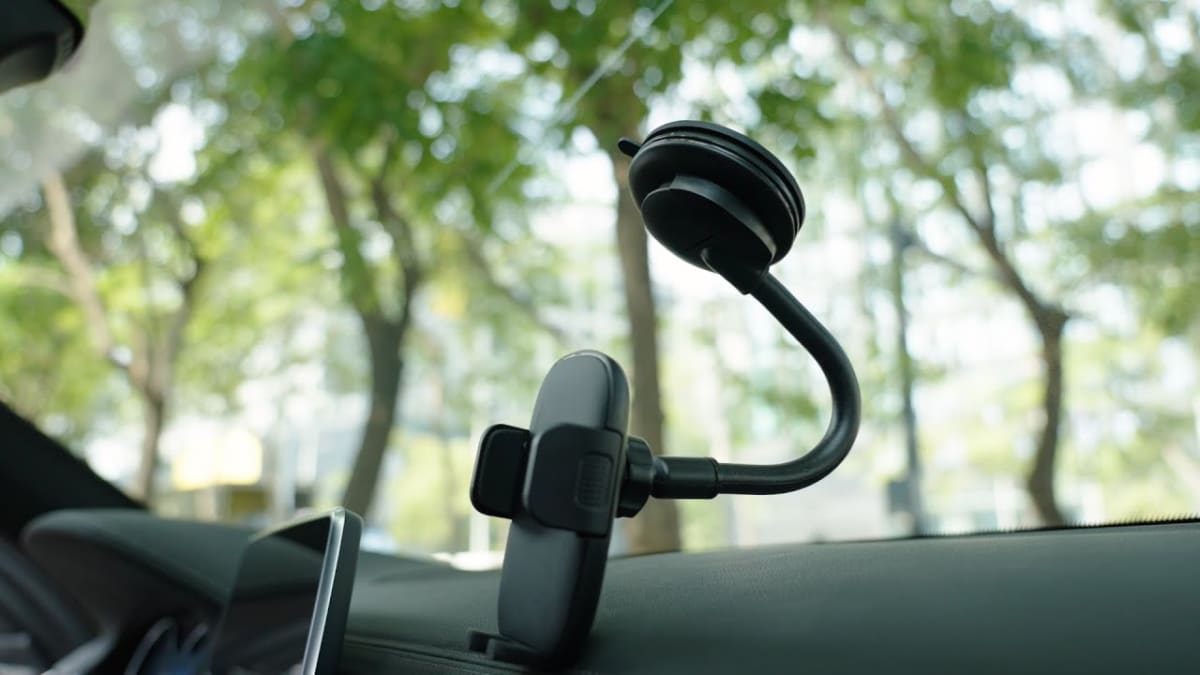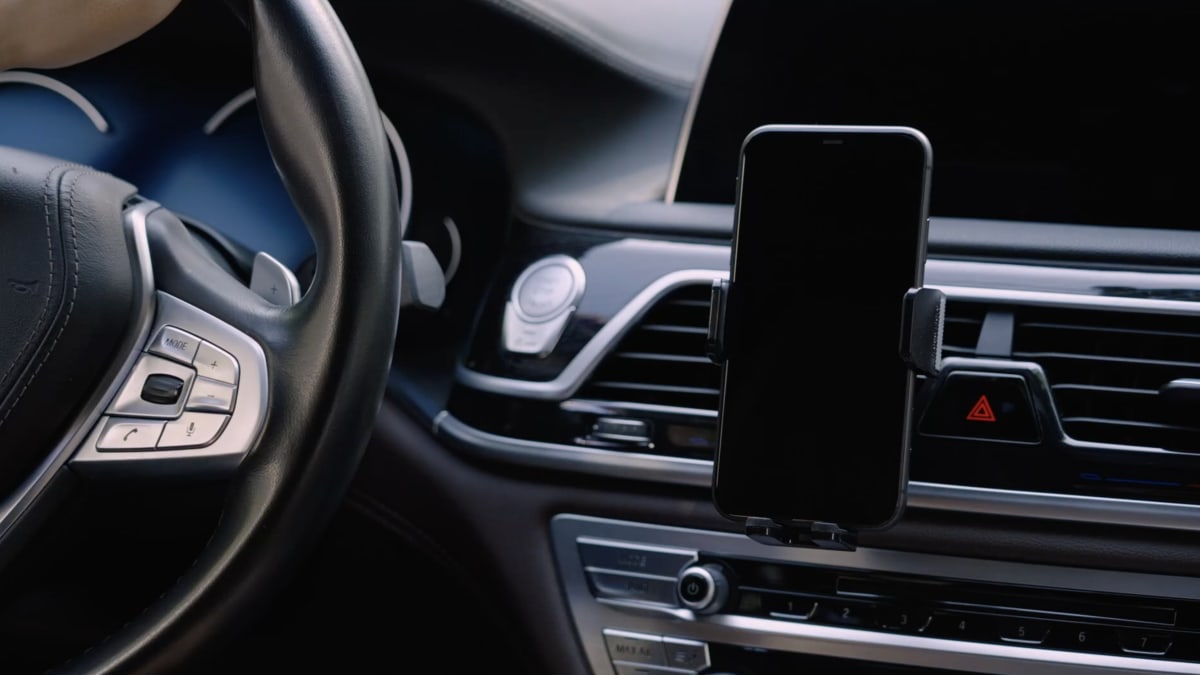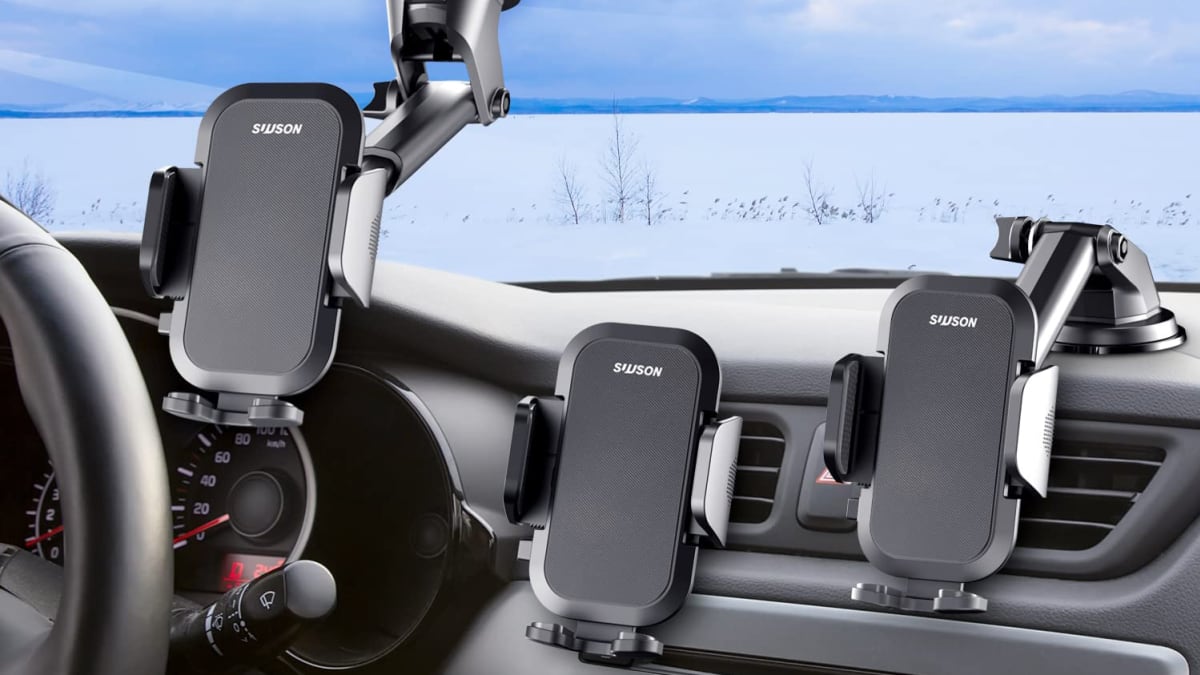LANZAROTE, Canary Islands — The 2024 Audi Q8 E-Tron is entering into a vastly different electric world today than when it went on sale as the E-Tron in 2019. Buyers have more luxury EVs to choose from than ever, with the BMW iX, Mercedes-Benz EQE SUV and Rivian R1S among others here to join Audi in stealing slices of Tesla’s pie.
Back in 2019, we heralded the E-Tron as simply a luxury Audi, but electric. It’s everything Q7 or Q8 buyers were accustomed to, but in an electric package. If you liked it for this, great! None of that has changed for the Q8 E-Tron. It’s as plug-and-play as an EV gets with no gimmicks or weird turn-offs about the way it drives. Even the design gives off “I swear I’m normal” vibes.
Of course, the realities of owning an EV are different from simply driving one to the grocery store and back. Since the E-Tron’s original launch, Audi tells us its customers’ No. 1 concern has been range — the E-Tron came into the world with only a 204-mile range on a full charge. Minor updates brought this figure up to 226 miles for the 2023 model year, but the 2024 Q8 E-Tron attempts to put all range concerns to bed. While EPA figures are not yet available, Audi says its target is for the final number to “begin with a 3,” meaning the SUV will be good for further than 300 miles of range. Expect the returning Sportback version to be slightly better than the SUV by way of its naturally more aero-friendly silhouette.
How is Audi achieving this? In short, a more power-dense battery pack and numerous efficiency improvements. Previously, the E-Tron featured a 95-kilowatt-hour battery pack with a usable capacity of 89 kWh. The Q8 E-Tron is rocking a new 114-kWh battery pack with a usable capacity of 106 kWh. Audi increased the battery capacity without increasing the physical footprint of the pack, allowing it to retain the same platform packaging as before. This greater energy density is accomplished via battery stacking technology, which is new for the E-Tron, and for the real battery nerds, we’ll note that Audi is using prismatic battery cells now instead of the pouch cells used when the E-Tron began production.
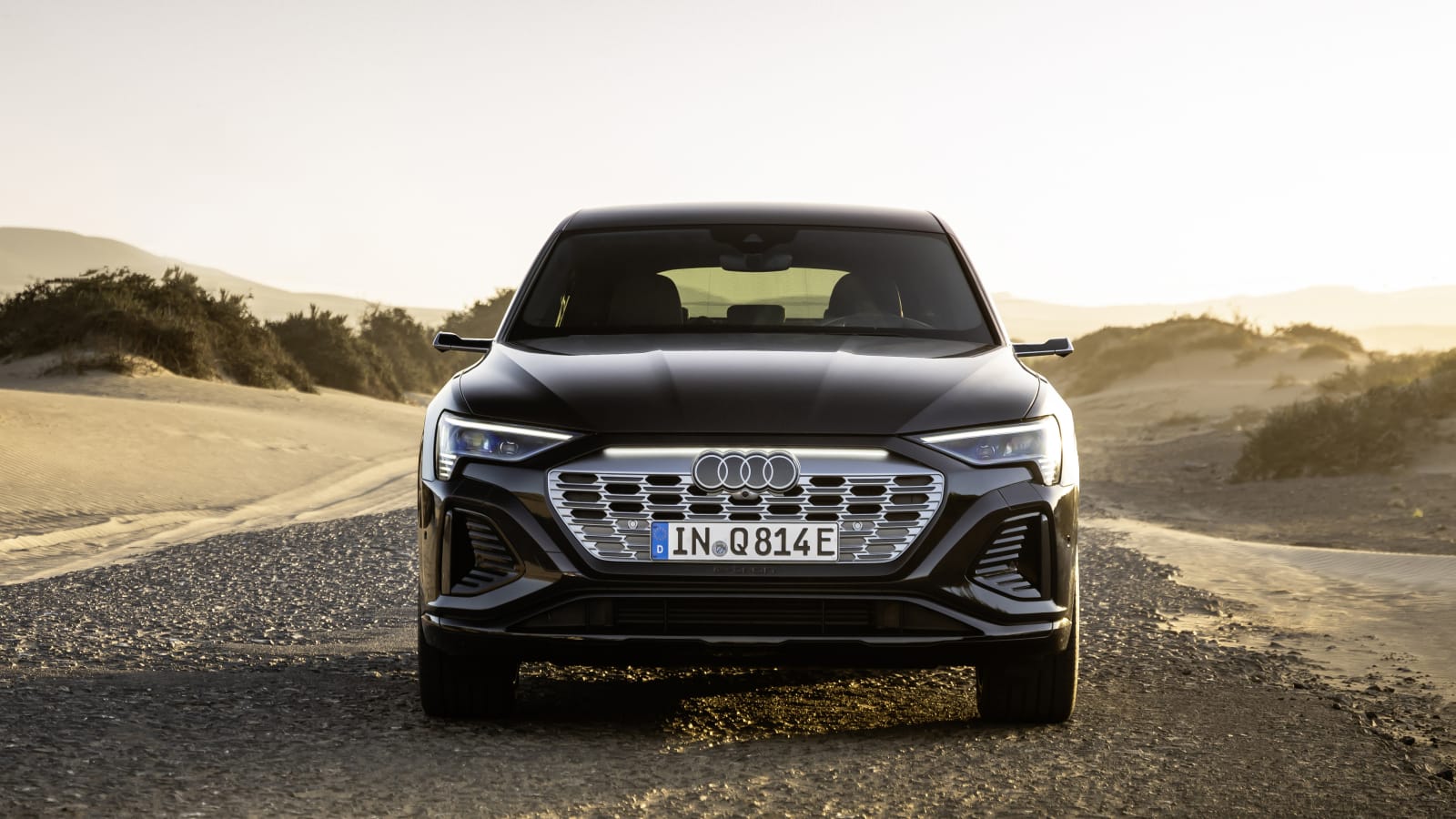
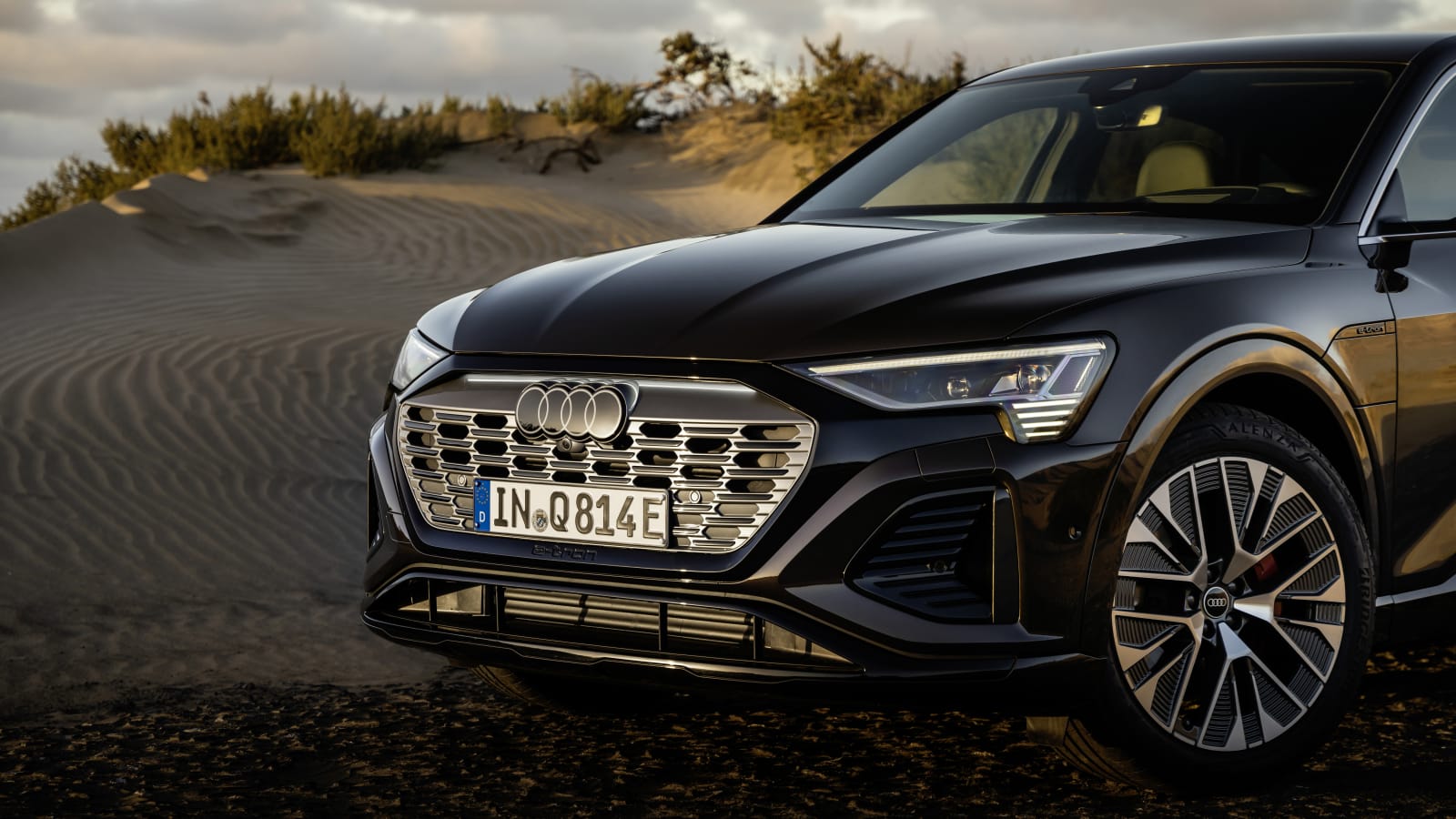
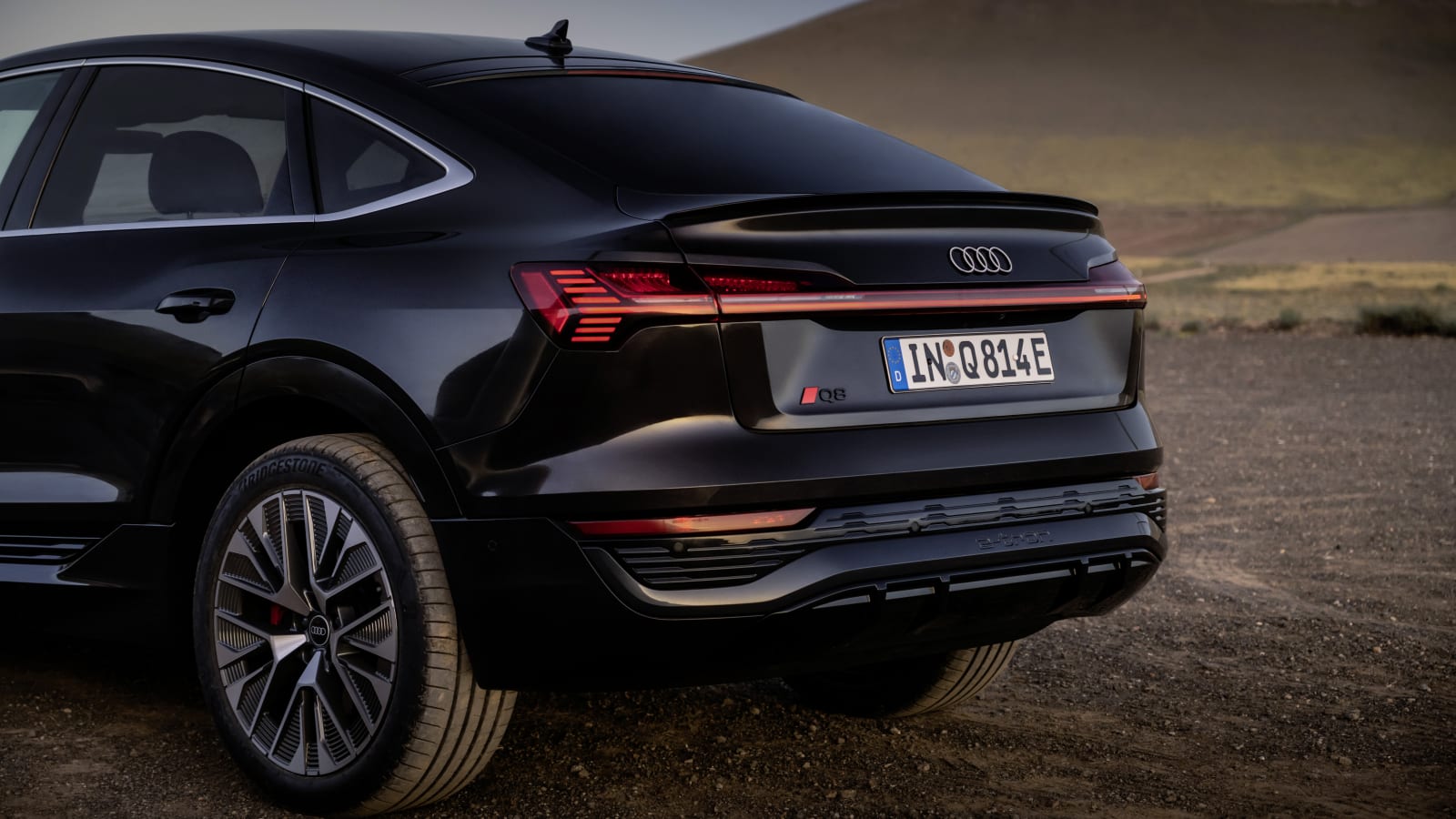

You should expect an approximately 19% range boost just by way of the larger battery pack, and that’s before taking into consideration the efficiency improvements made for the Q8 E-Tron that will help get it across the line to 300 miles. The big improvement is the new rear electric motor for the Q8 E-Tron 55 — note that the following doesn’t apply to the SQ8 E-Tron. The number of stator windings in this motor is increased to 14 instead of the 12 windings seen in the previous motor. In layman’s terms, this ultimately allows Audi to retain the same power output as before, but use less energy. Audi also changed how power is distributed to each axle for its all-wheel-drive system. Previously, the E-Tron used the front motor for same-speed cruising. Now, it uses the newer, more efficient rear motor for cruising, leading to greater efficiency in this sort of driving. Of course, the front motor will kick in as soon as its added traction is necessary, and it always provides power when the car is in “Dynamic” or “S” modes.
Beyond the powertrain, Audi turned its attention to making the Q8 E-Tron more slippery through the air than the E-Tron. First, a new lower intake grille is implemented and features electrically operated shutters. This opens when cooling of the drive components and brakes is necessary, but otherwise remains sealed while driving. A new air curtain design, in conjunction with new wheel spoilers, also work to reduce air resistance. The new spoilers are much larger than before to better direct airflow around the tires, and Audi attributes half of the Q8 Sportback E-Tron’s aero efficiency gains — totaling a drag co-efficient of 0.27 from the old model’s 0.29 — solely to these.
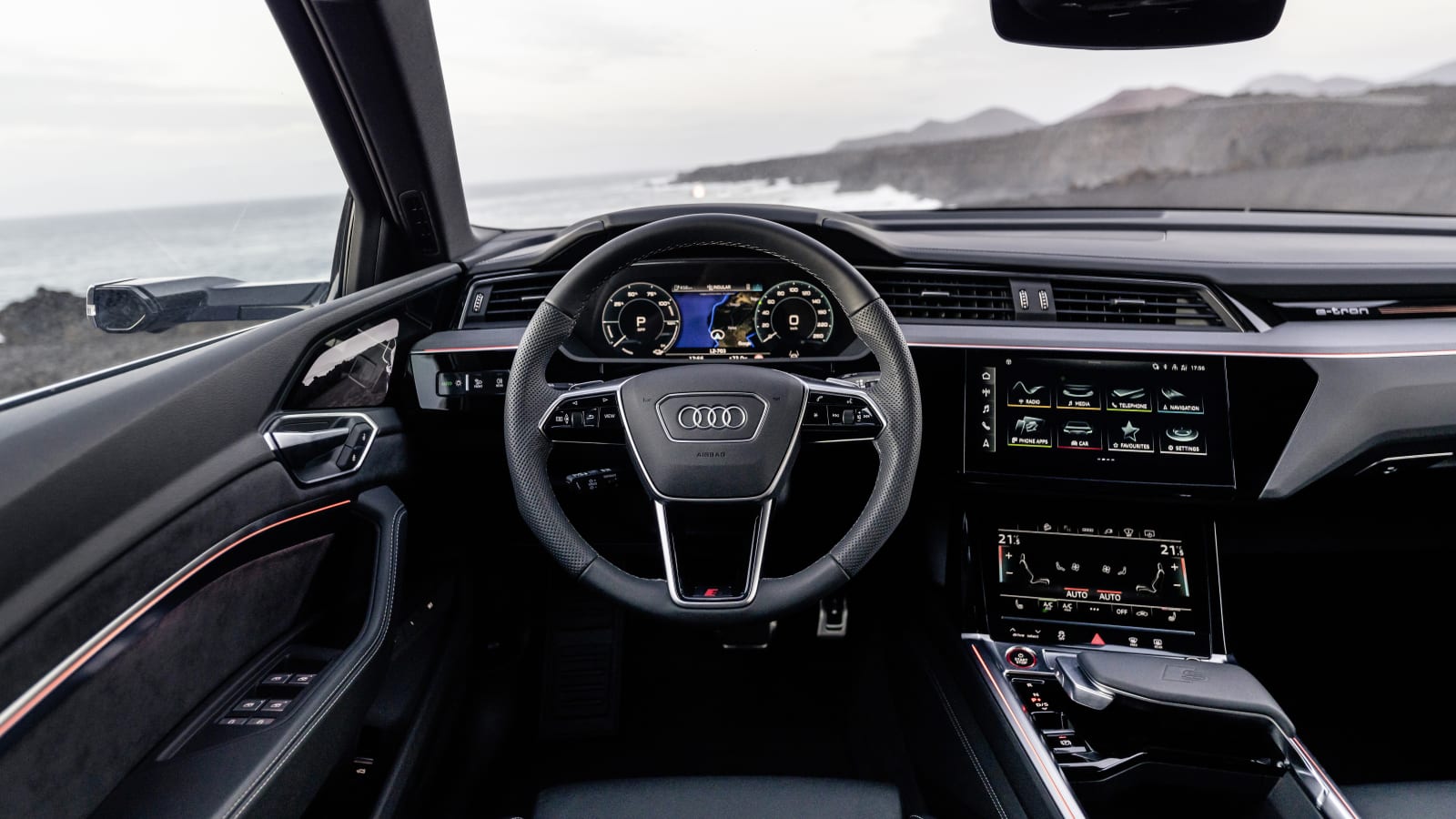
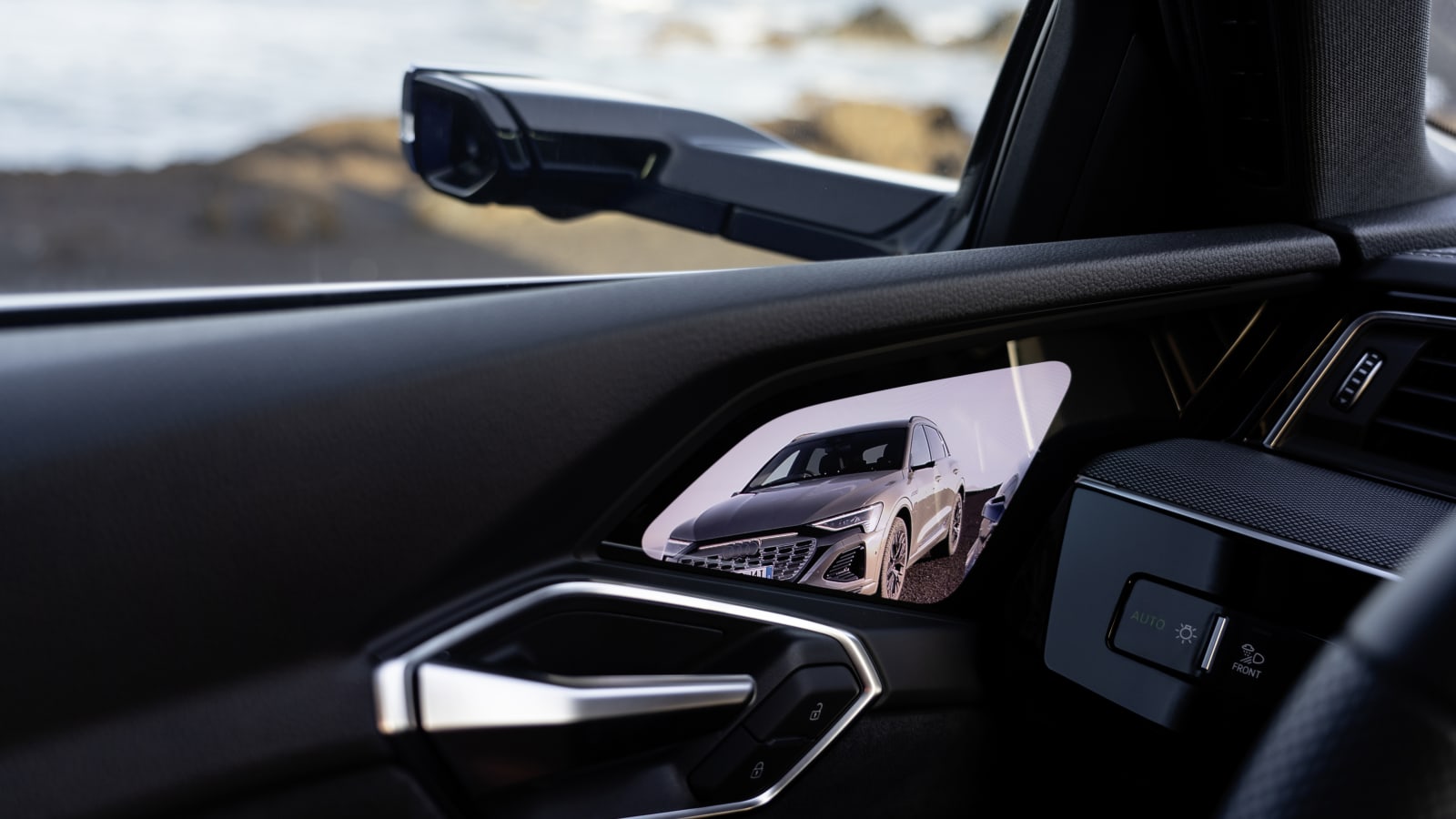

As for the digital side view mirrors you see in the Euro-spec cars we tested, those still aren’t coming to the United States any time soon per stateside regulations. They account for another 0.02 reduction in drag alone, but after giving them a go over the course of two days, we won’t be missing them. More time in familiar environments and various weather conditions could help the adaptation process, but the perspective switching required to use the screens was disconcerting. It requires a re-training of the brain, and even if you get there, the view is compromised versus a regular mirror in that you can’t adjust your head’s position or angle to gain additional visibility — what you see on the screen is what you get. That said, the yellow and red outlines around the screen for blind spot information is helpful.
Another big point of change from E-Tron to Q8 E-Tron is in the chassis and steering. The E-Tron felt grossly overweight and bulky, so a number of updates were made to make it feel more agile and handle better. The most noticeable change is the steering. Audi says the ratio is reduced from 15.8:1 to 14.6:1, thereby reducing the steering input necessary for the car to change direction. Additionally, a new and stiffer front axle bearing is present, and Audi says this helps both improve feedback and steering feel. The steering is indeed heavier in “Dynamic” mode than before, but not overly so. As the final touch, the air suspension and ESC systems are fully re-tuned to fit a car that’s meant to change direction in a quicker and sharper manner.
These are all small changes, but the end result is a step improvement over the E-Tron. Yes, the Q8’s 408 horsepower and 490 pound-feet of torque are still tasked with lugging a heavy block of metal approaching 6,000 pounds, but that heavy block of metal is more eager and willing to run up and down a mountain road without feeling woefully out of place. Don’t expect the Q8 E-Tron to behave like a Cayenne or other sport-focused SUV, and you won’t be disappointed. Now, drive the SQ8 E-Tron with its 496 horsepower and 718 pound-feet of torque, and a smile may start to spread across your face.

The SQ8 E-Tron predictably has revised air suspension, damper and chassis tuning versus the regular E-Tron, but where the SQ really gets its agility from is the tri-motor setup that includes two rear motors for true torque vectoring and better straight-line acceleration. Swing the SQ8 E-Tron through a few hairpins, and the difference between it and the Q8 E-Tron is impossible to miss. The outside rear wheel of the SQ8 E-Tron provides more torque than the inside, thereby sling-shotting you around corners in a way you weren’t expecting with such a large, heavy SUV. Tri-motor EVs are still rare to find with Tesla and soon Lucid making the others (unless you count the four-motor Rivians), so enthusiasts should head straight here if considering the Q8 E-Tron line.
What is particularly nice about the above improvements is that none of them get in the way of the Q8 E-Tron being one of the most comfortable and luxurious cruisers you can buy. Audi says it managed to engineer this duality by making the difference in modes greater and more obvious to the driver. That said, even the ride of the SQ8 E-Tron in Dynamic mode with the air suspension in its low setting is super-comfy. This is a luxury car first, and a sporty SUV second.
Its sumptuous and super-quiet cabin make it an ideal vehicle for road trips, though the 150-kW maximum speed for fast charging the old E-Tron puts it behind the curve. The Q8 E-Tron bumps this max speed up to 170 kW — Audi promises the same charging curve as before — which should reduce charging times ever-so-slightly. However, competitors including the BMW iX, Mercedes EQ models and a lot of other EVs still outpace the Q8 E-Tron for charging speed. Audi says to expect charging stops where you go from 10-80% charge to last about 31 minutes.
Hanging inside the Q8 E-Tron during those stops is at least a great spot to relax in. There are no big changes besides some color and trim updates, but the tech-filled cabin wasn’t exactly wanting for anything new, either. Its dual-screen infotainment setup and digital cluster work speedily and feature beautiful graphics.
Where the Q8 E-Tron looks and feels most fresh is outside. Audi is debuting a ton of new branding, including its flat/light-up four-ring logo, laser-etched model designation in the B-pillar and new rear badging. Don’t be confused if you see the Audi Sport red rhombus on more models than just S and RS models, for even Audis with an S-Line appearance package get it now. To go from E-Tron to Q8 E-Tron, Audi gave the car a new front end, fancy new Digital Matrix LED headlights (that won’t be available in the United States for an undetermined amount of time) and a new rear valance design. The S models get the bright aluminum look, but you can spec a black-out package if you’d prefer a stealthier look. That said, there’s no bad way to spec this car. It’s one slick-looking EV, and the continued presence of both the SUV and Sportback mean you can even choose your own roofline adventure.
And if you’re wondering why the name change, Audi says it’s because this puts the model where it belongs in the lineup, right at the top as a flagship in the same sense that the gas-powered Q8 is a flagship model. Plain-old “E-Tron” was used to launch the brand as a marketing exercise in the same way that “Quattro” was used as a model, but then later used as a name for the company’s all-wheel-drive system, Audi tells us. Now that people know “E-Tron” means “electric Audi,” the company believes it’s time to slot E-Trons into the lineup in the same fashion as other Audi models with numbers denoting their place.
Pricing is expected to increase for the Q8 E-Tron, but not exorbitantly so, ensuring it remains competitive — the presence of an EV tax credit for buyers is unlikely. Keeping pace with the shiny new BMW iX, Mercedes-EQ SUVs or any new from-the-ground-up EV isn’t easy, but the Q8 E-Tron presents itself as a great alternative, especially if those other options aren’t to your visual liking. With 300-some miles of range, notably improved dynamics, elegant new styling and all the luxuries we loved before, the Q8 E-Tron and SQ8 E-Tron make much hardier arguments for your money than the original E-Tron ever did.
Related video:
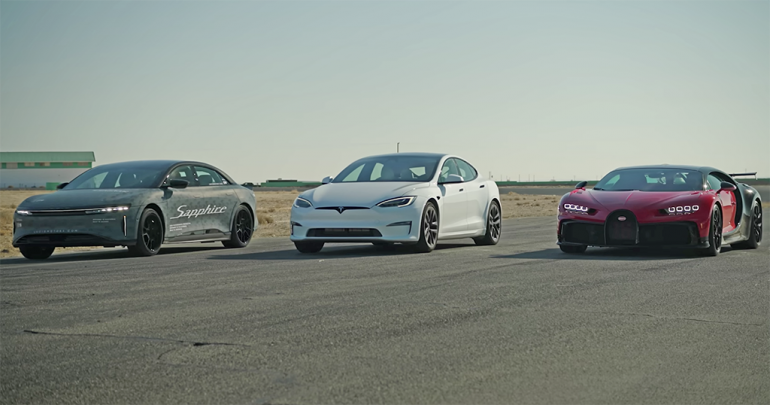
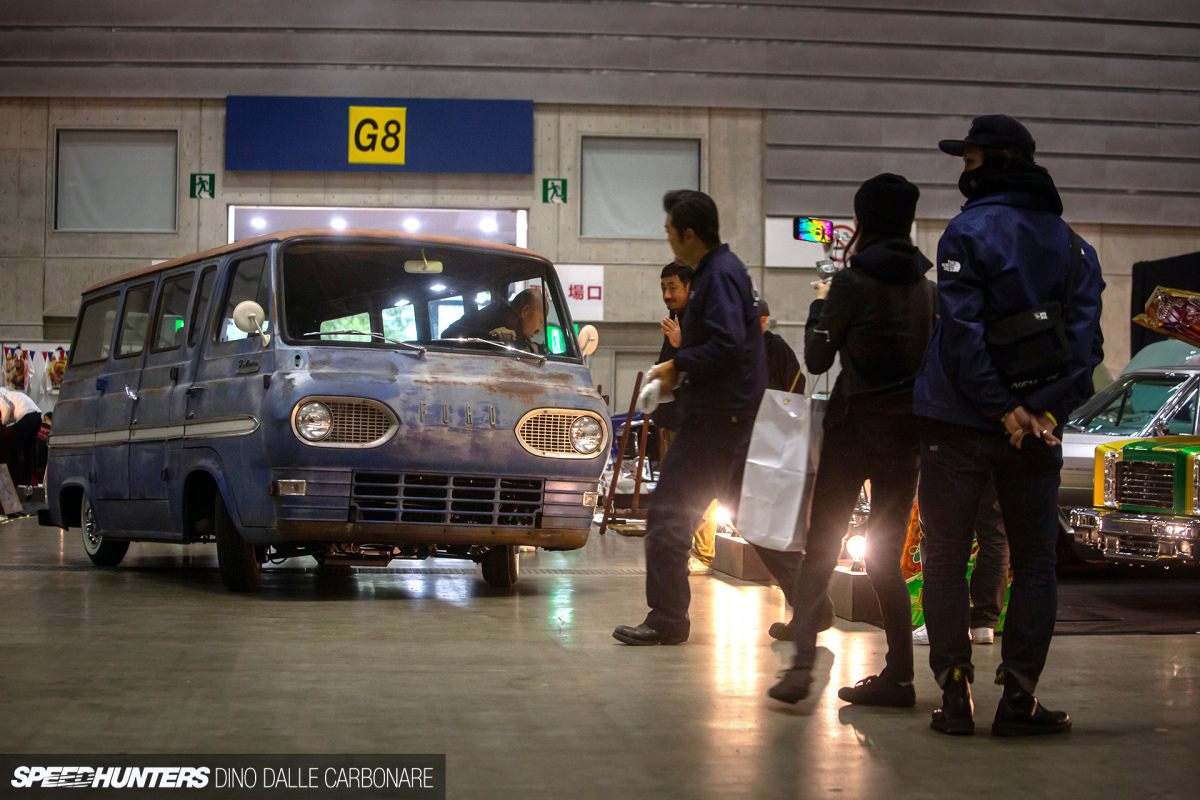
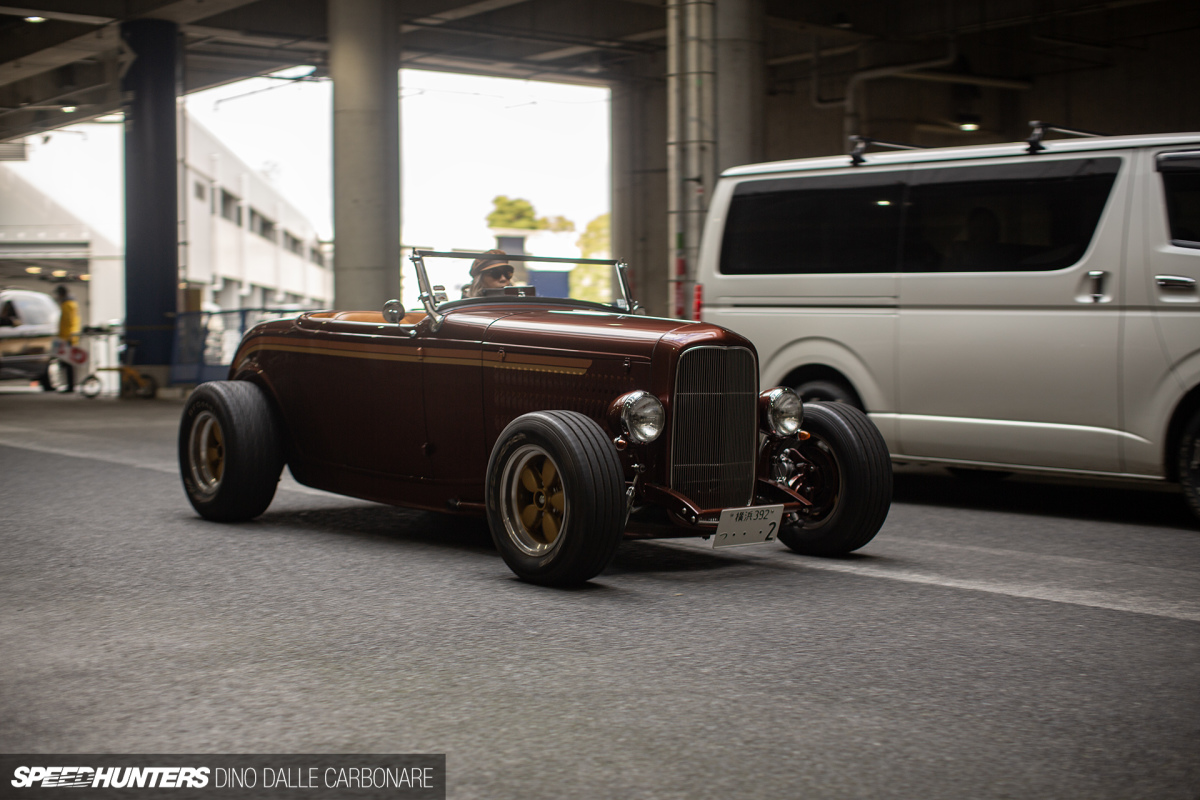
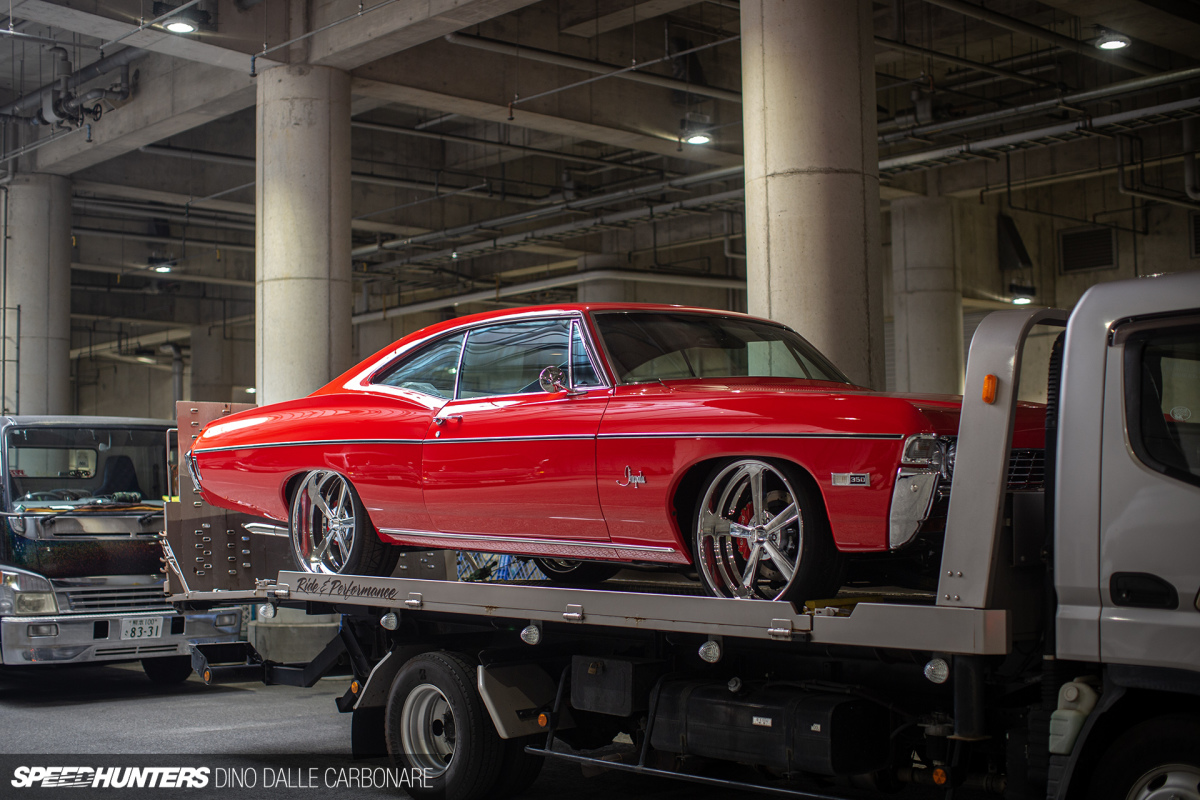
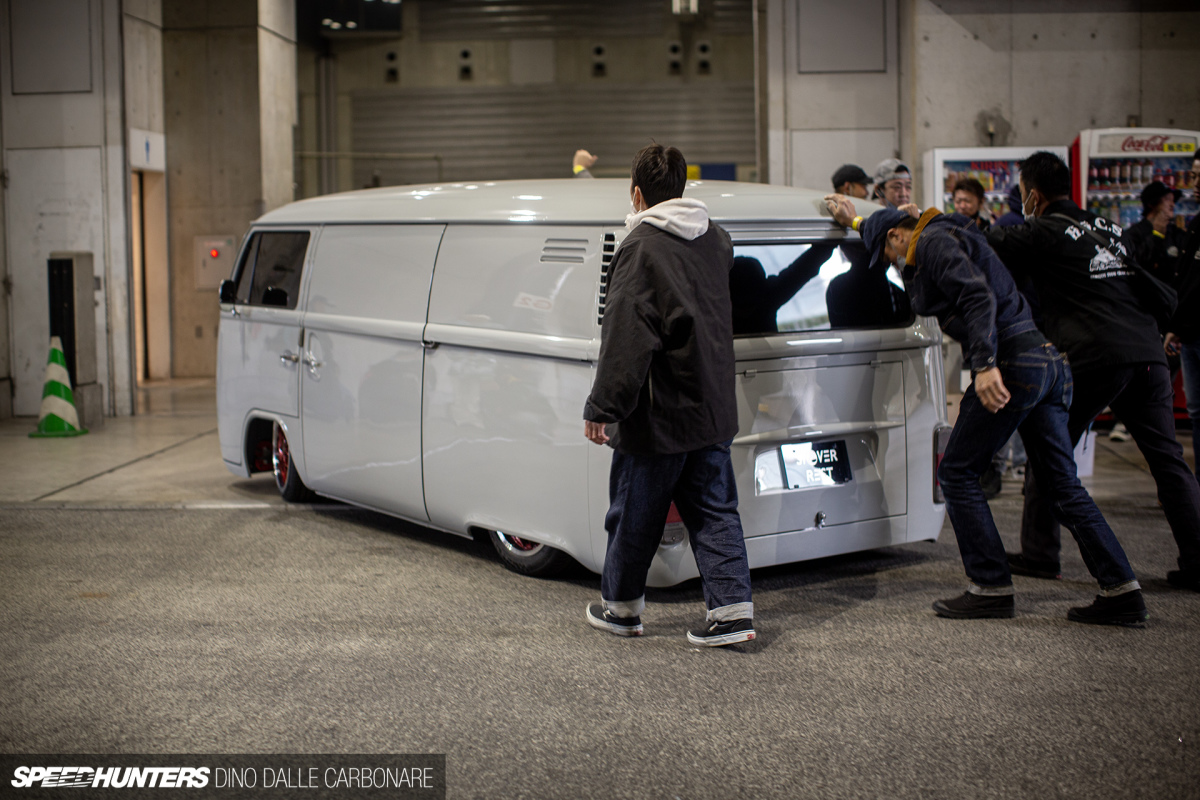
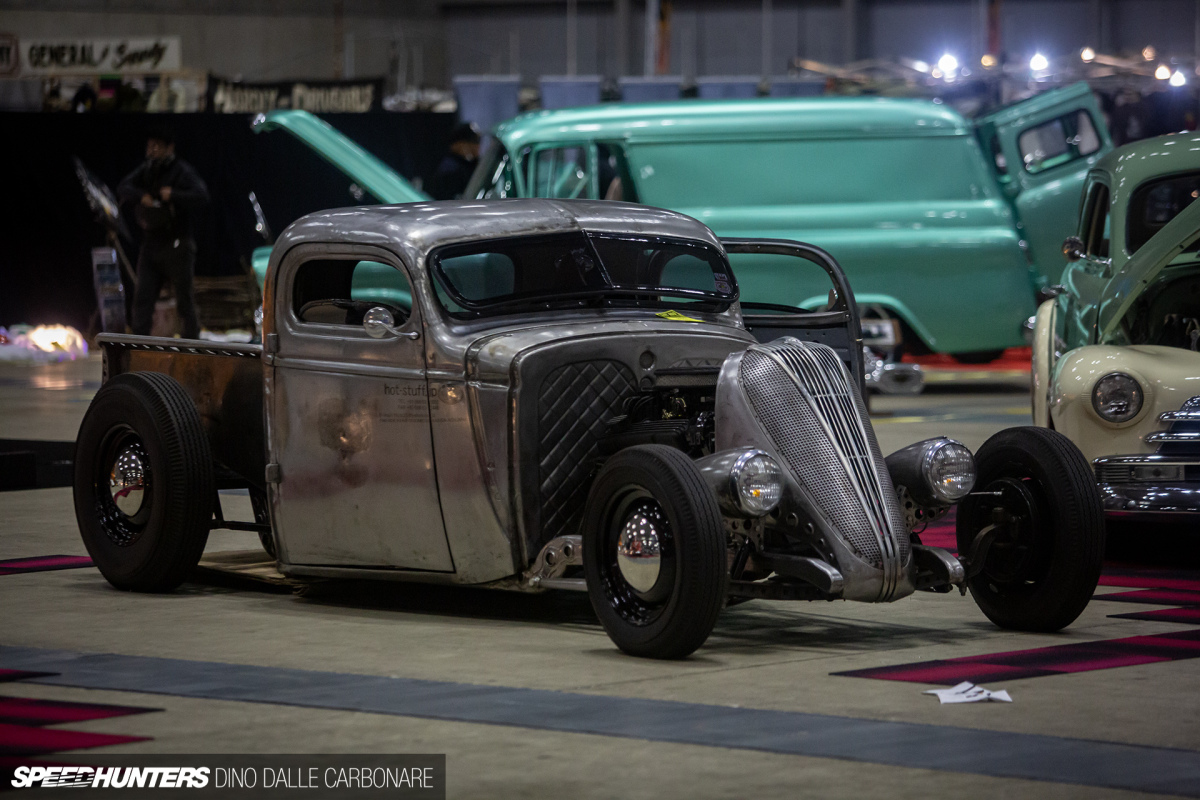
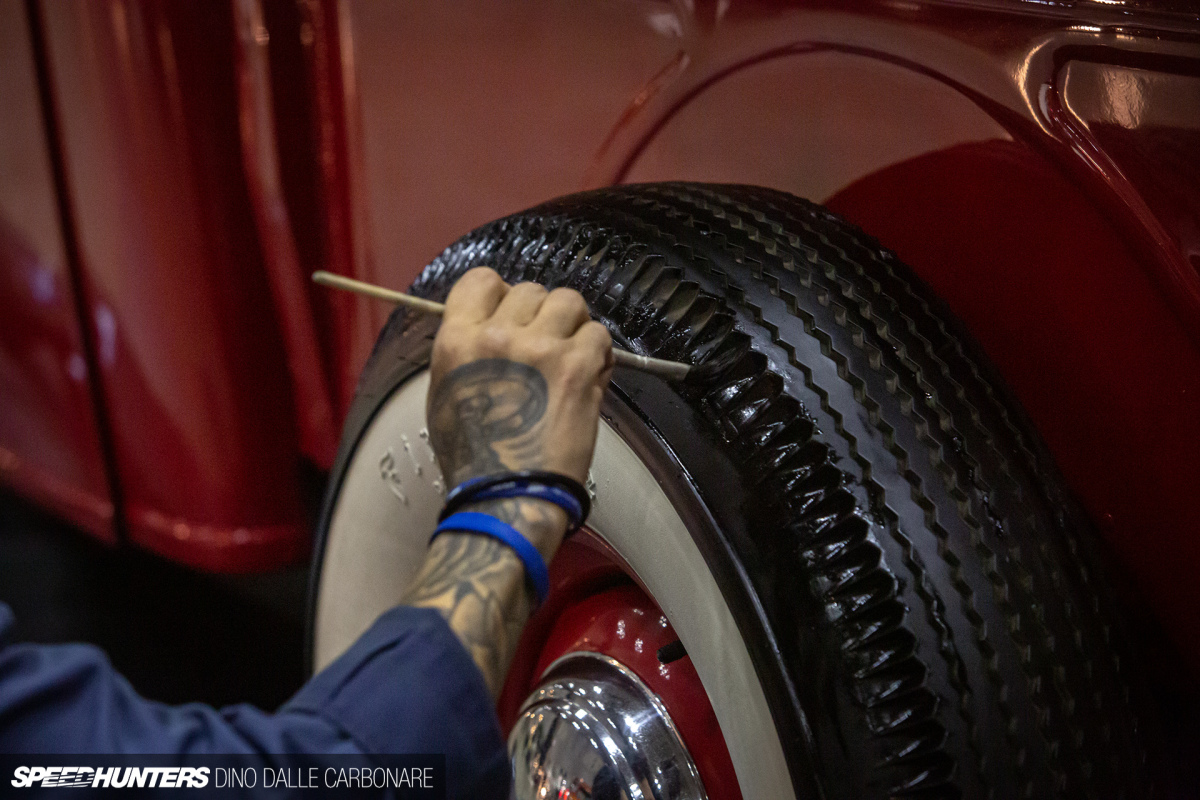
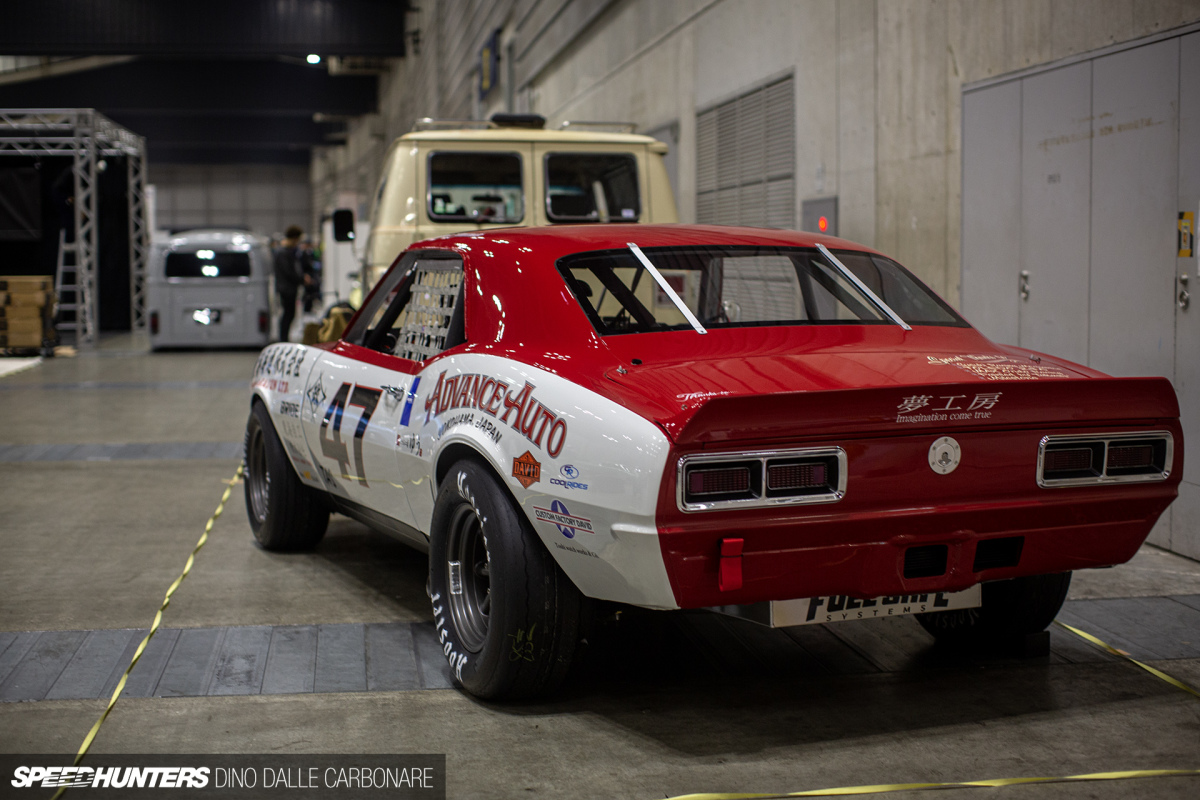
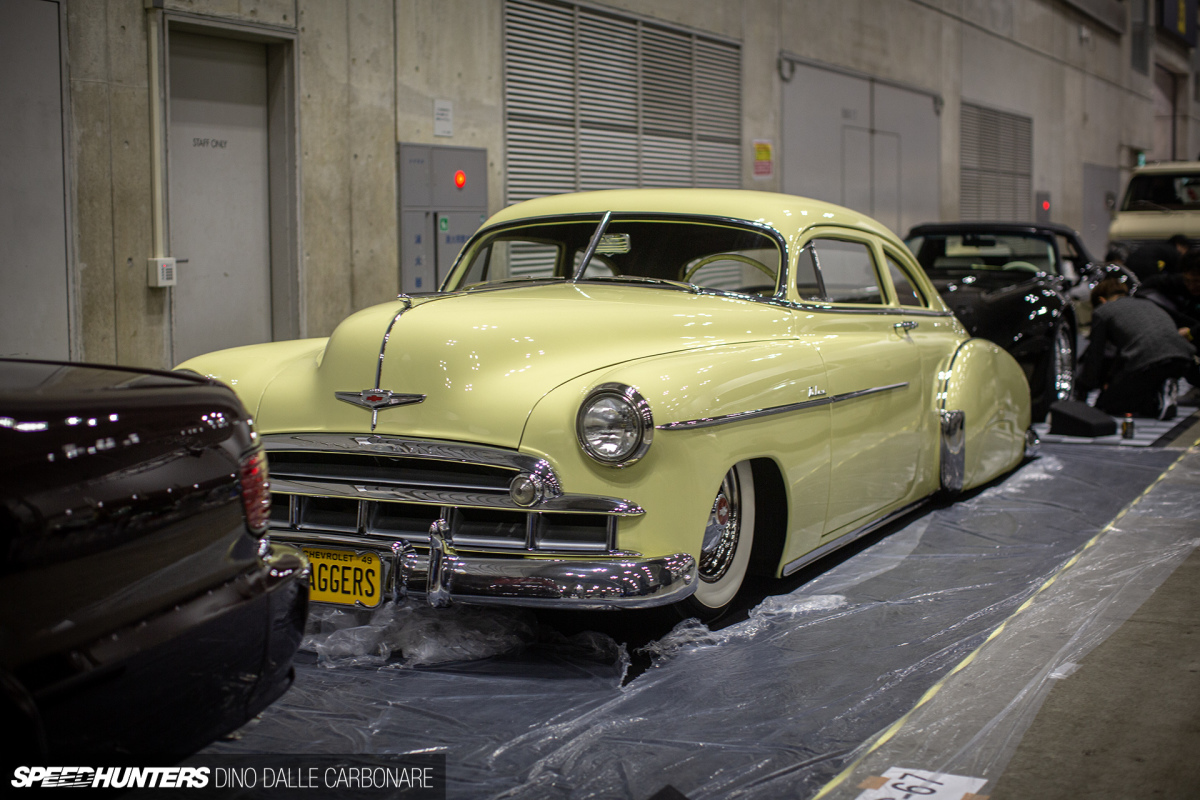
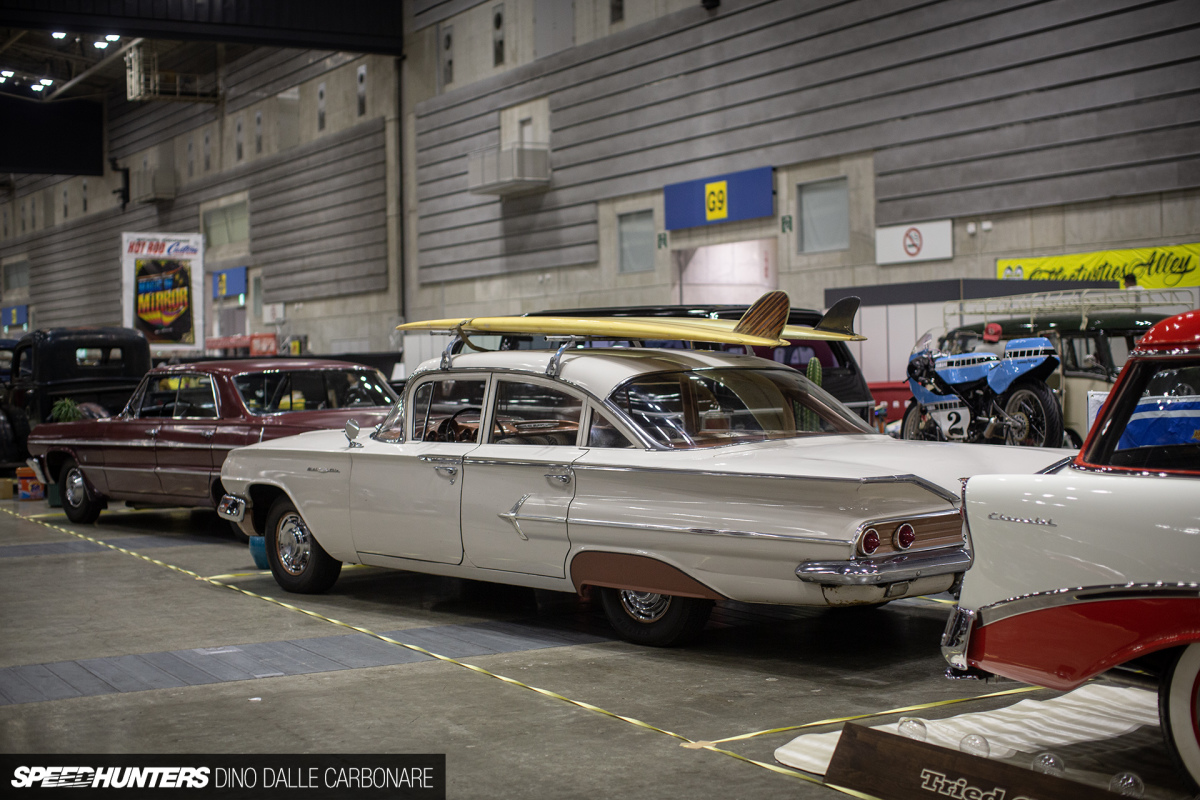
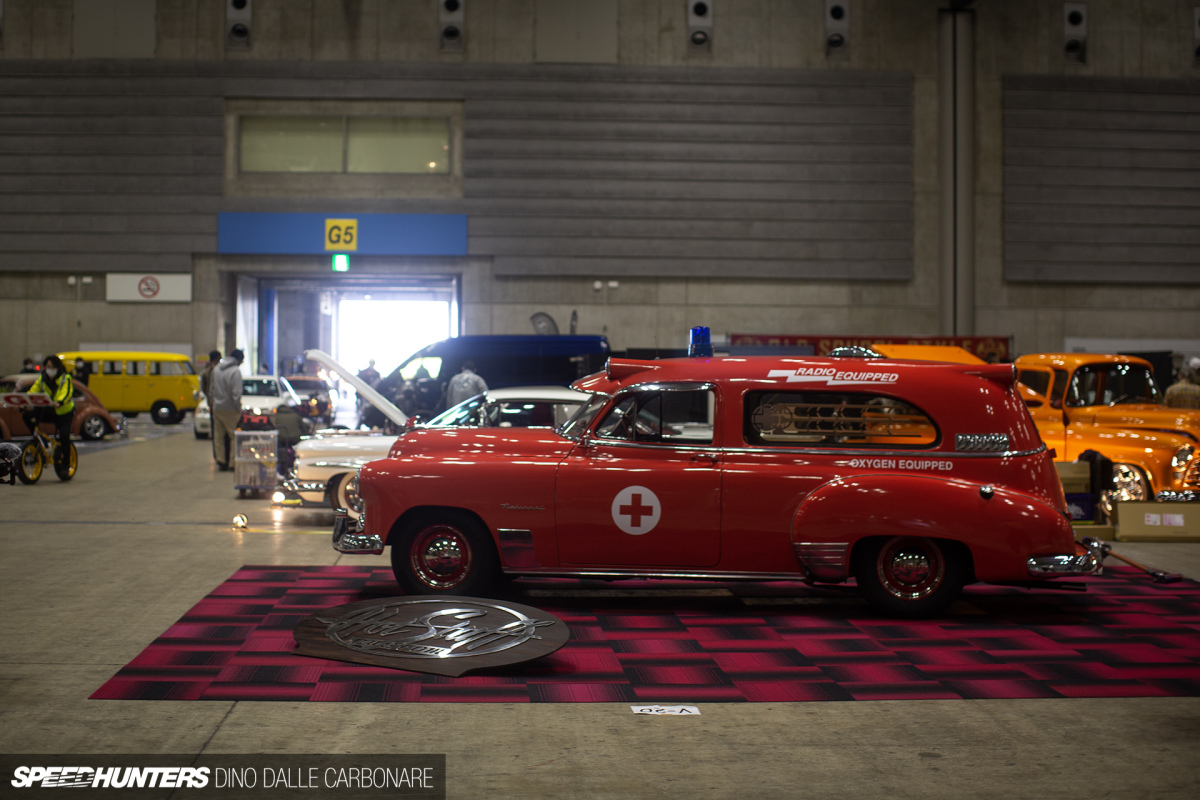
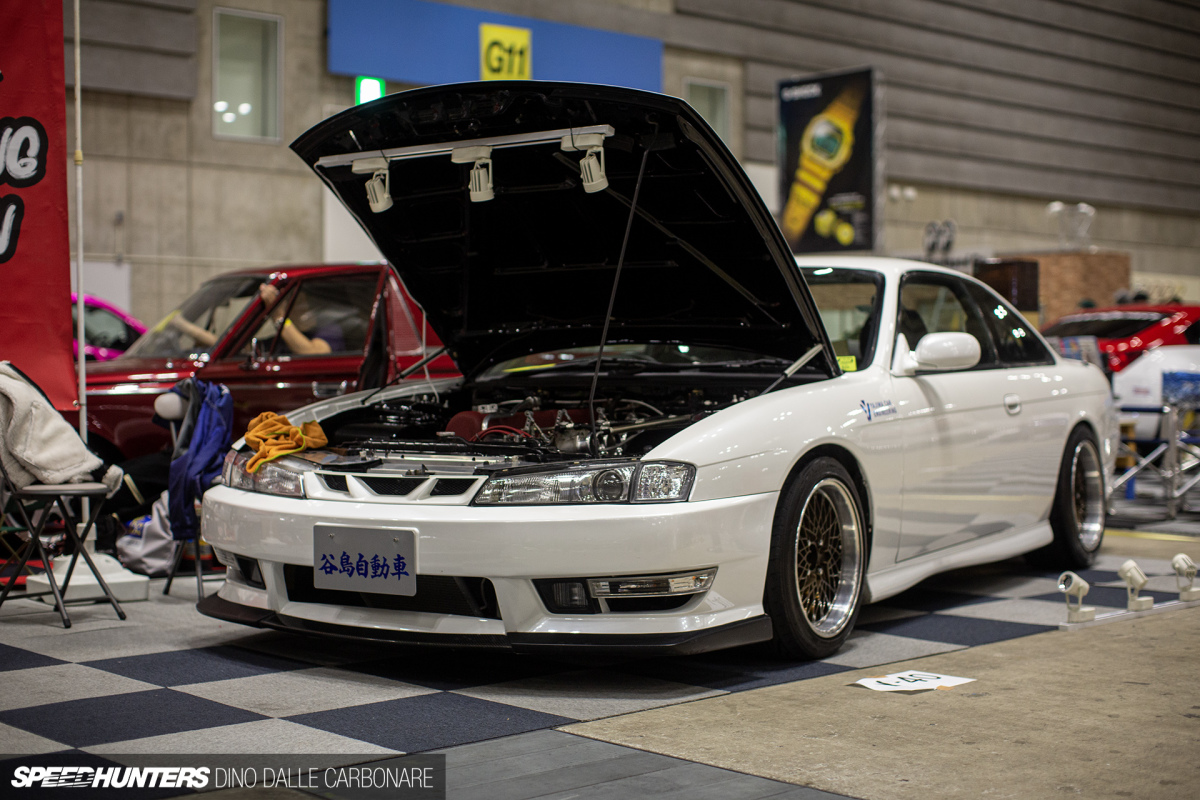
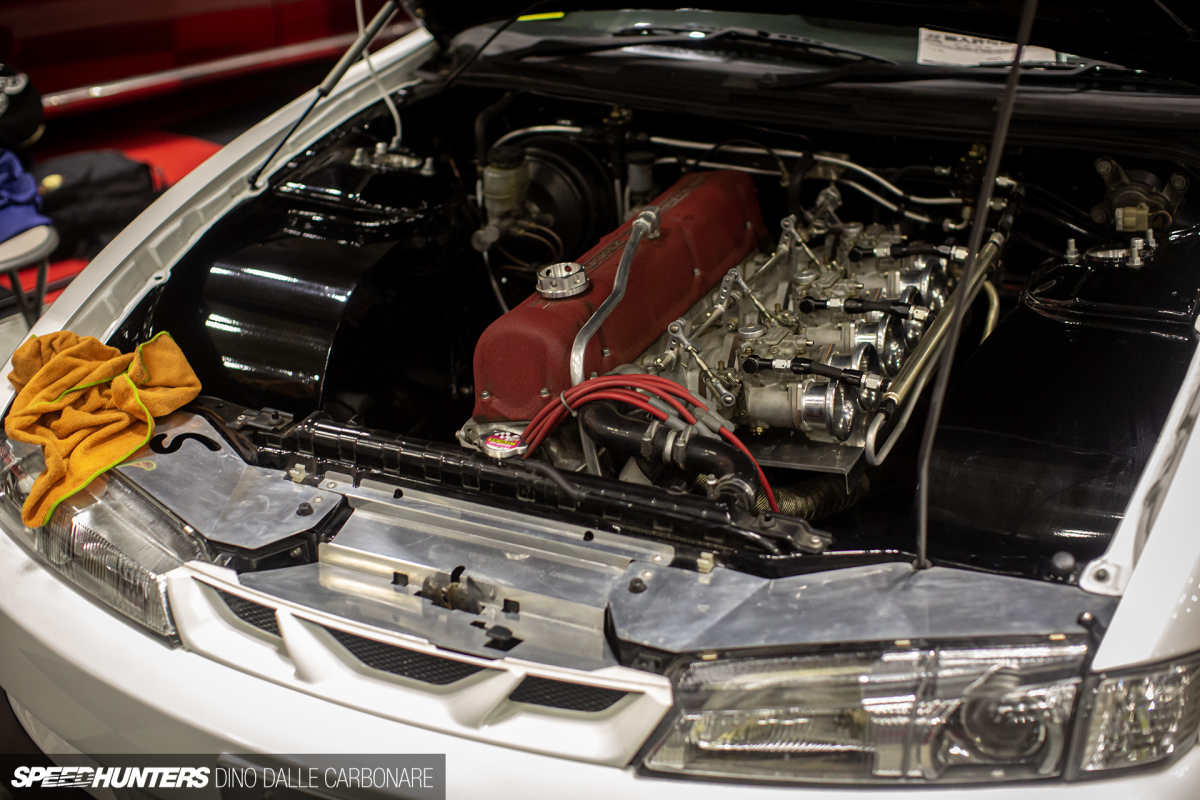
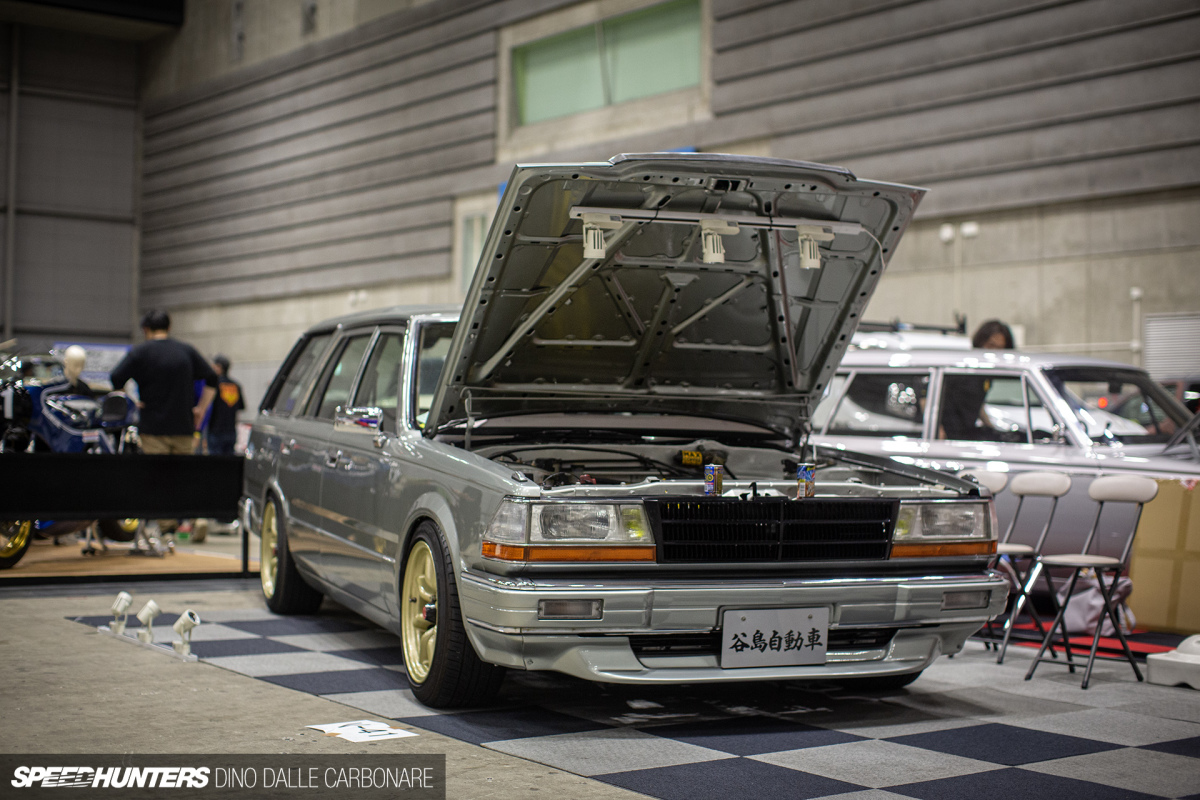
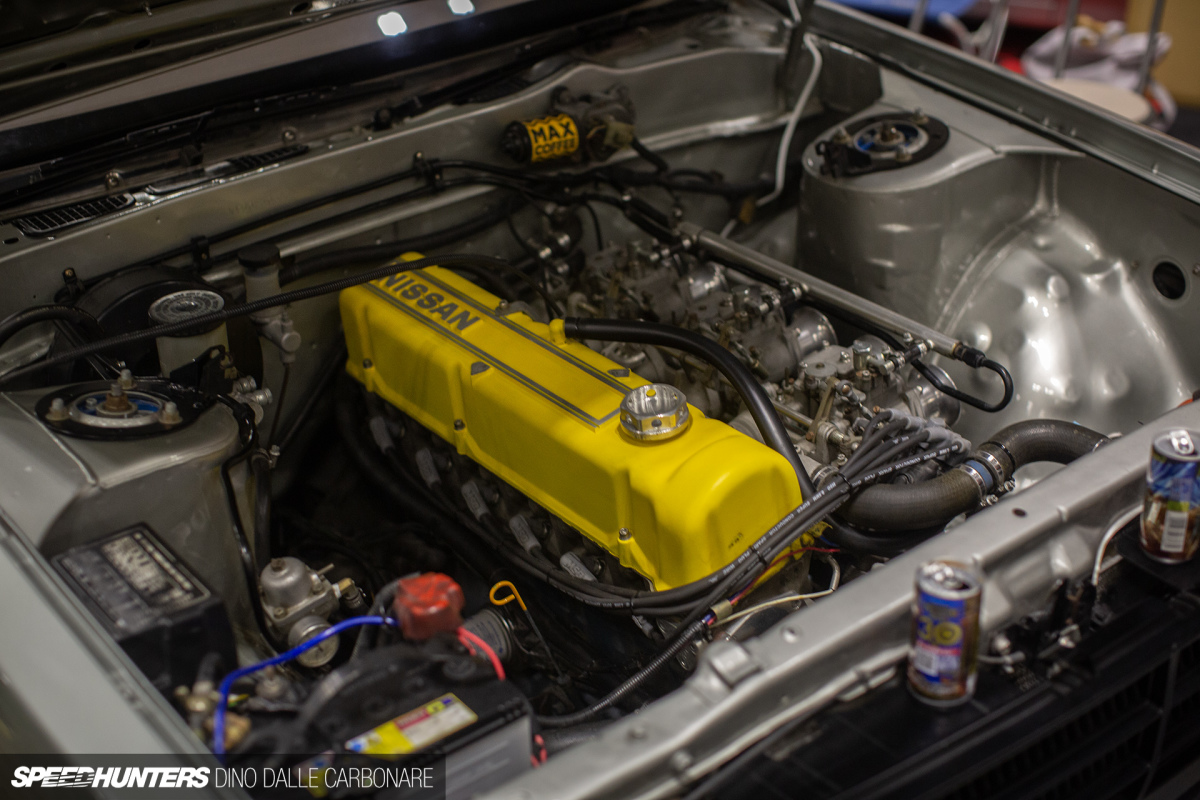
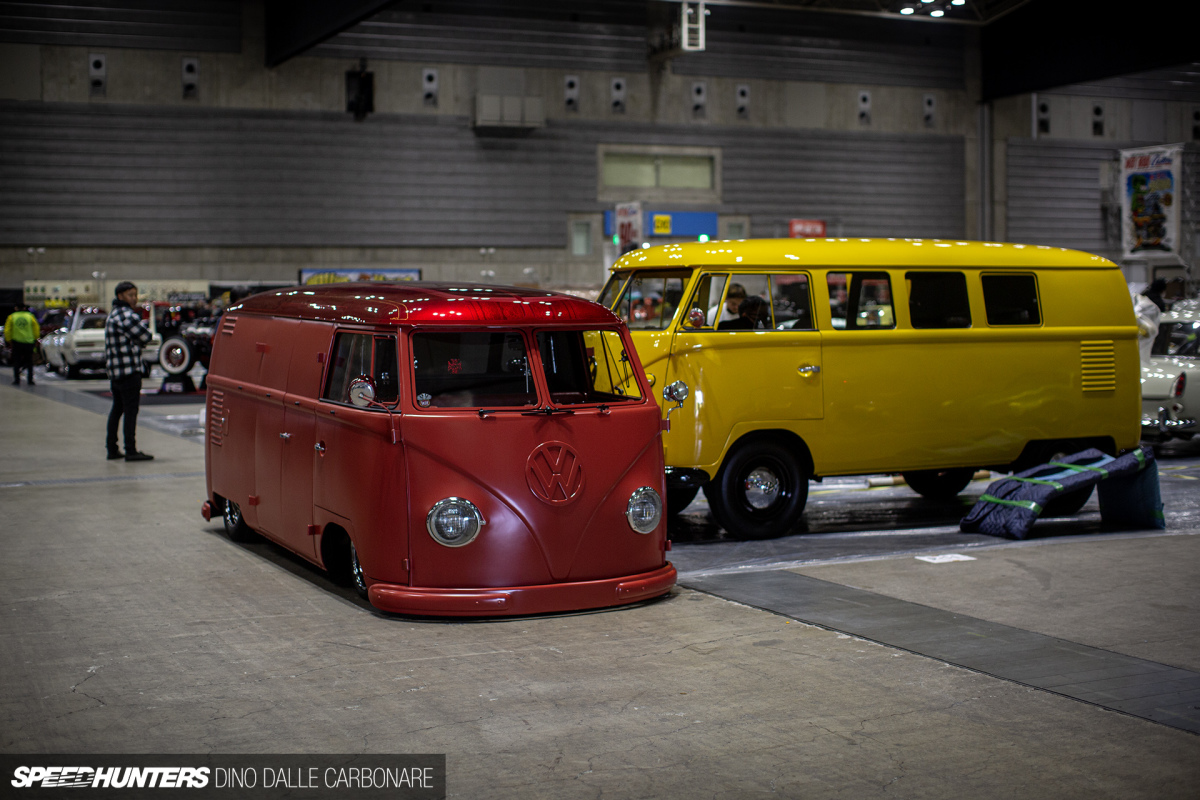
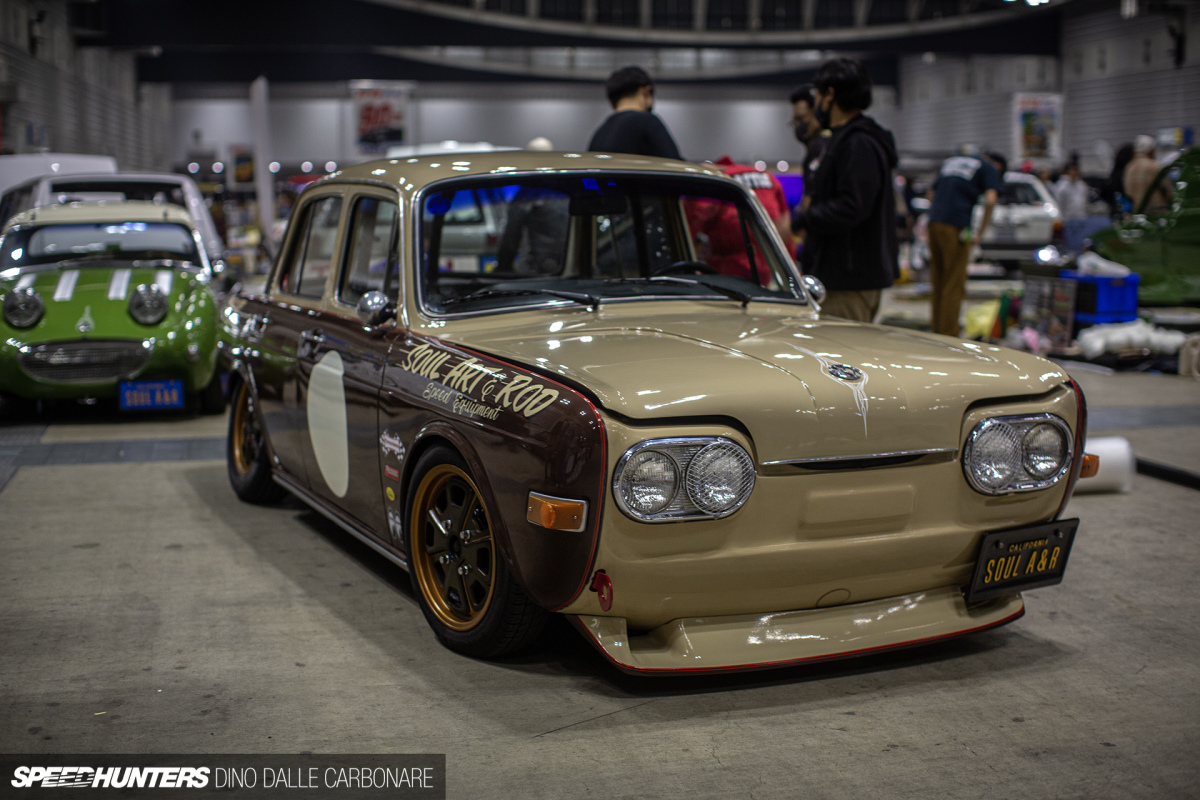
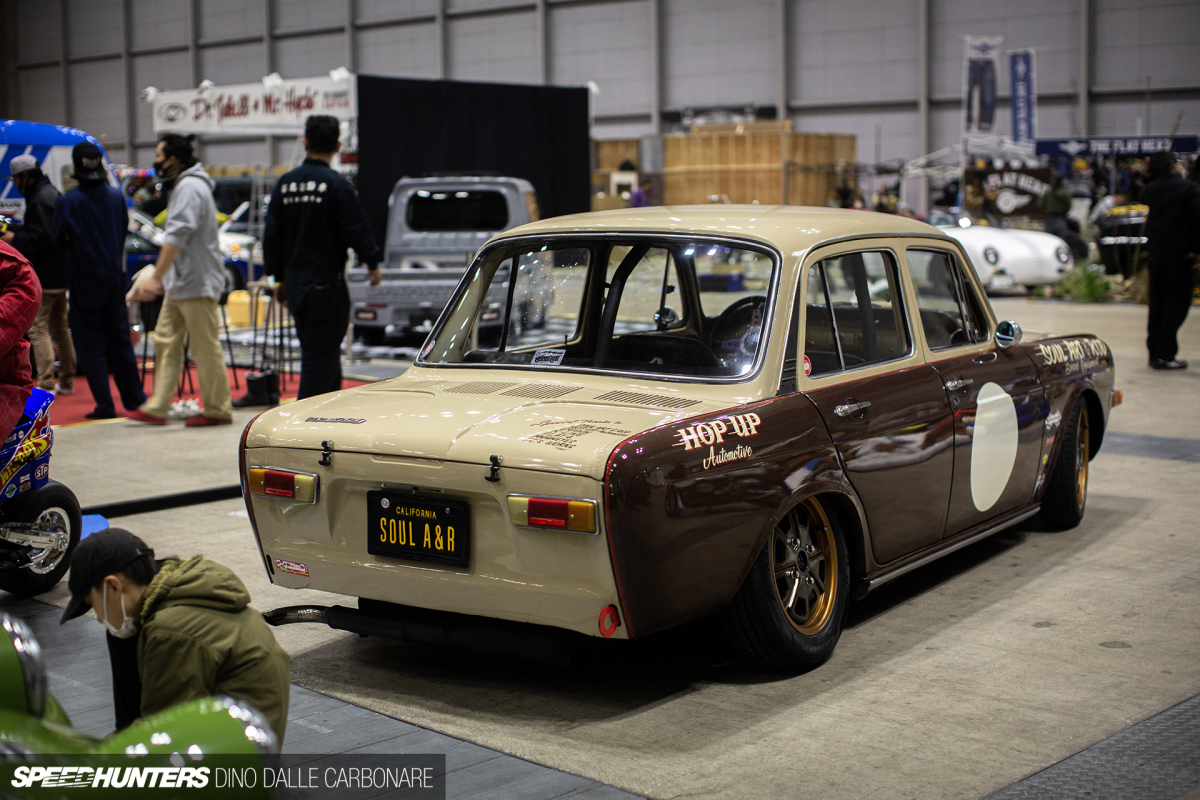
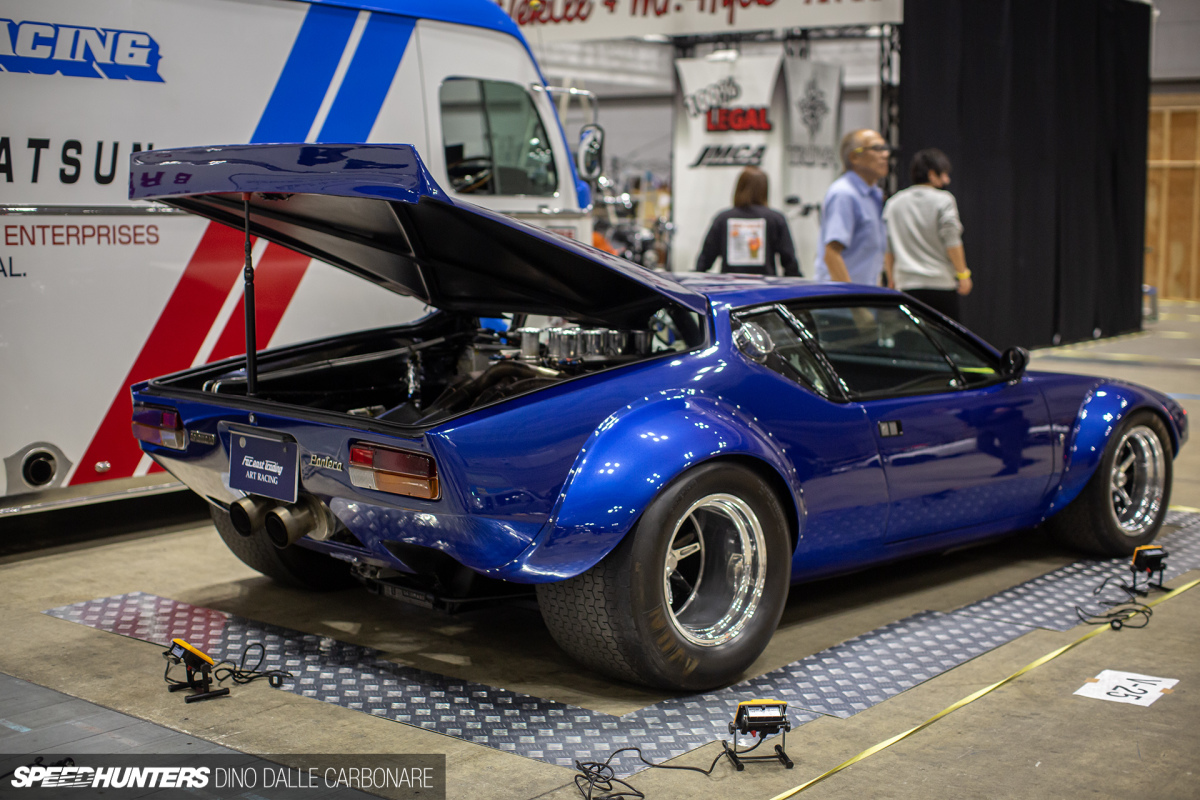
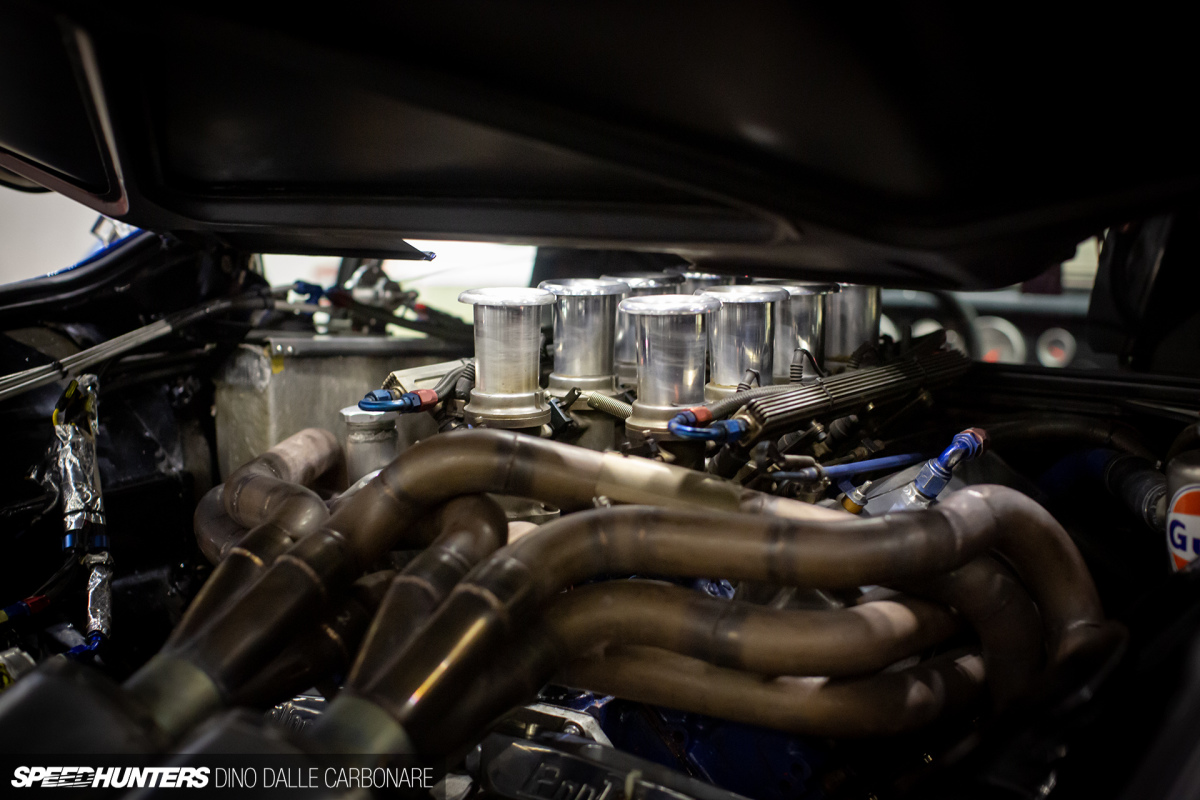
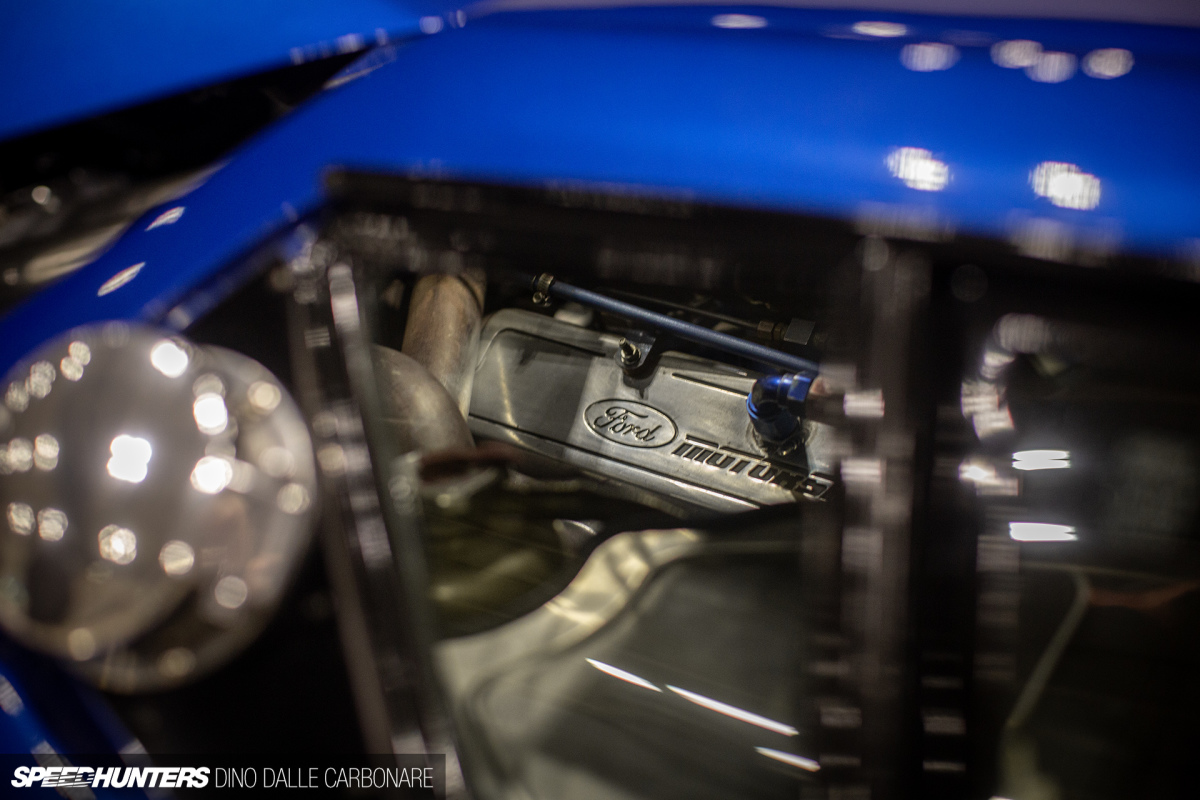
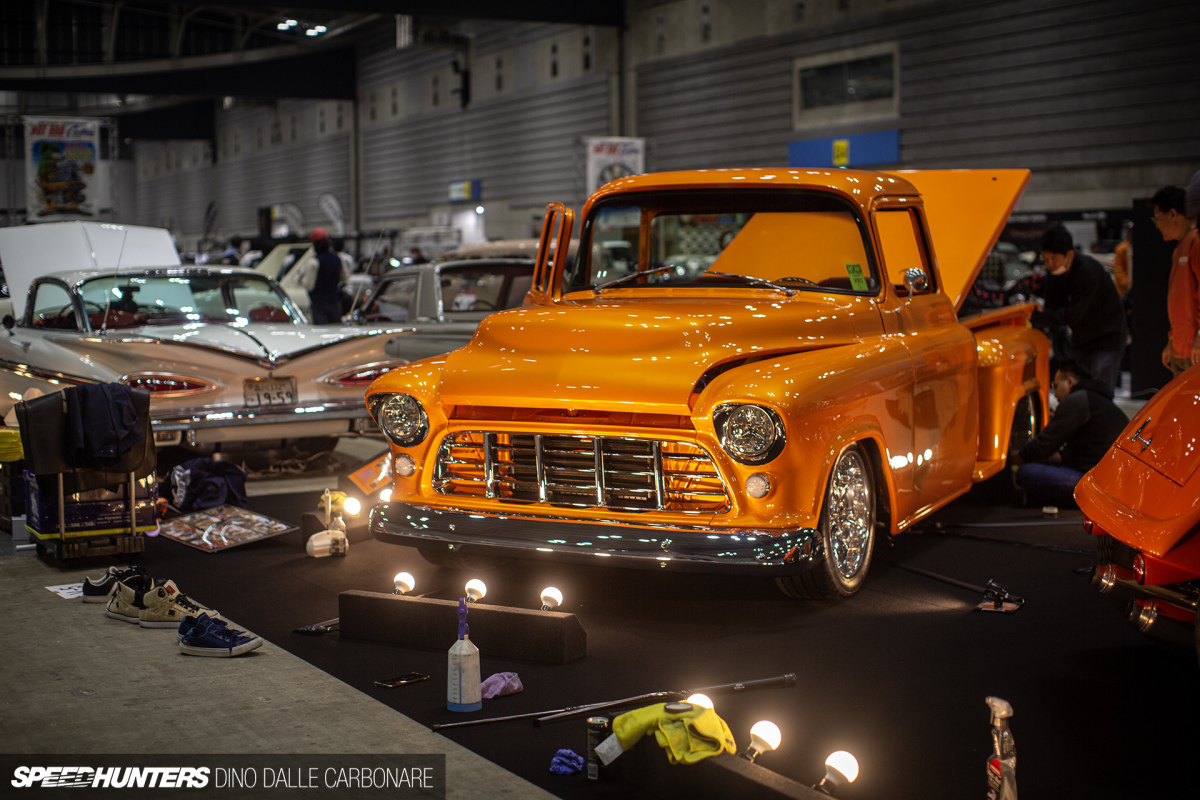
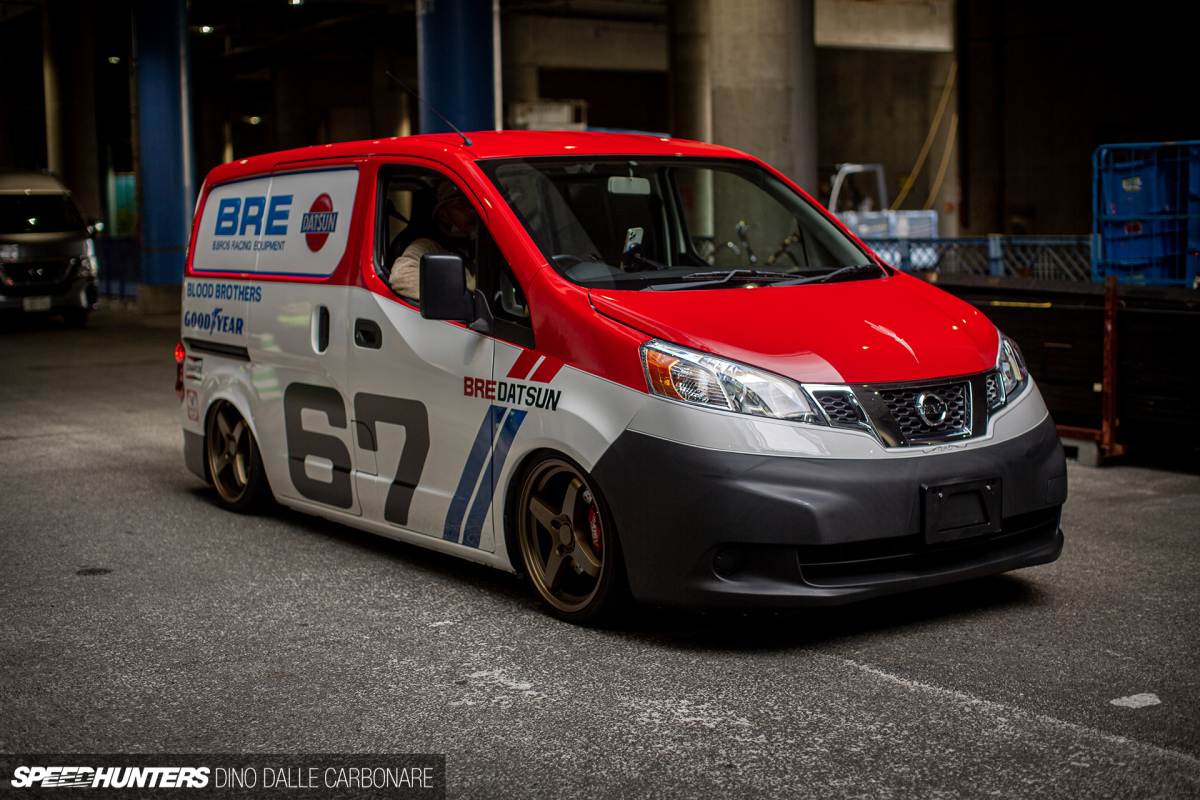
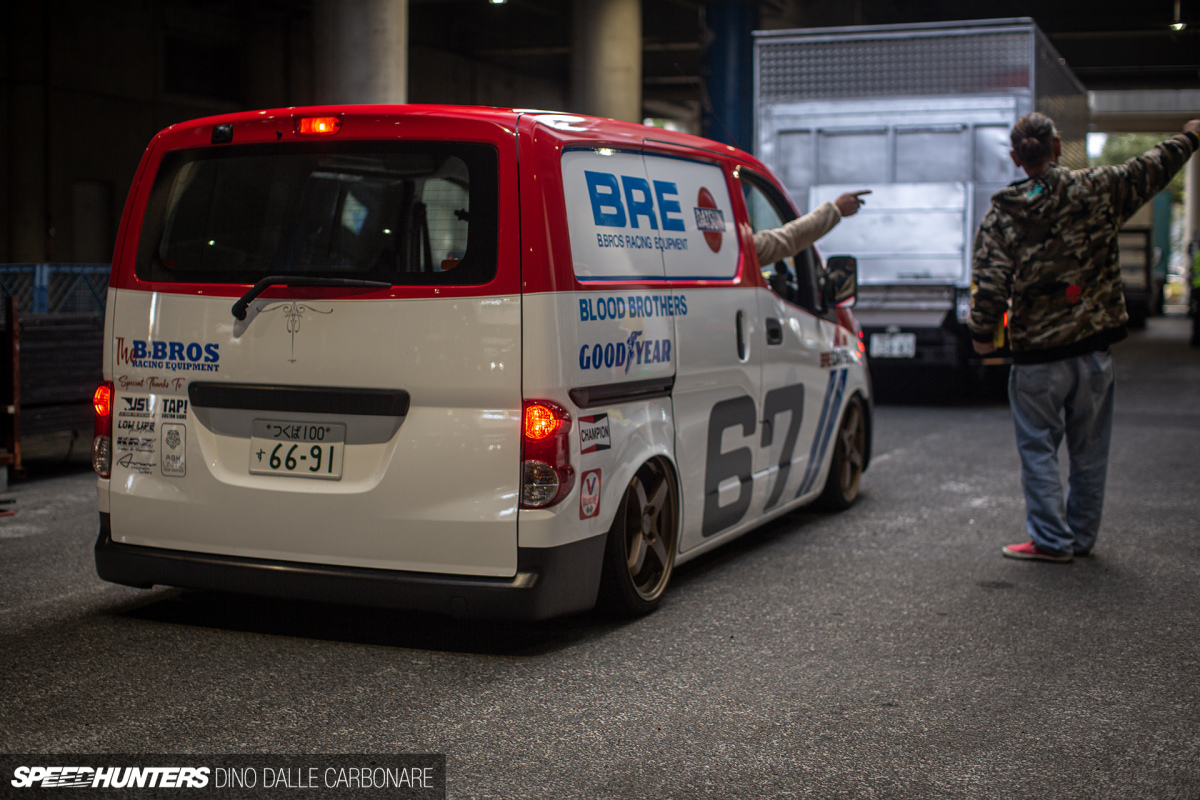
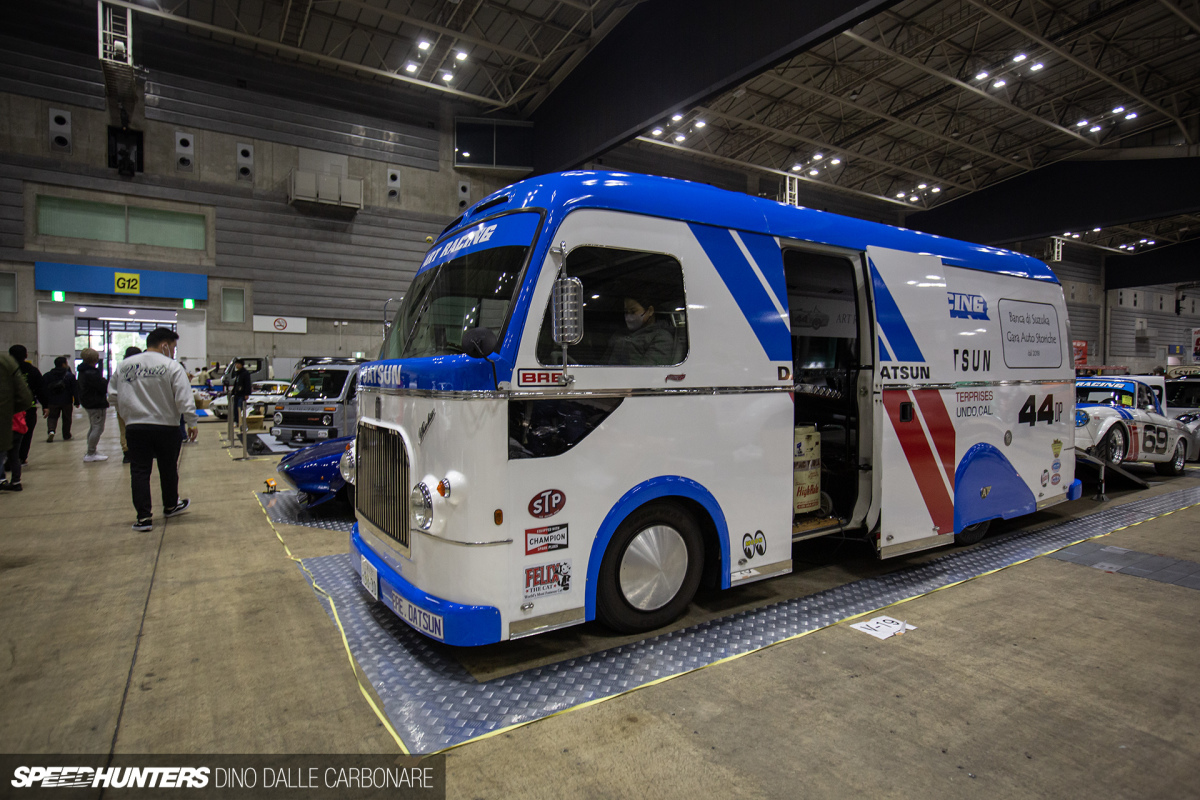
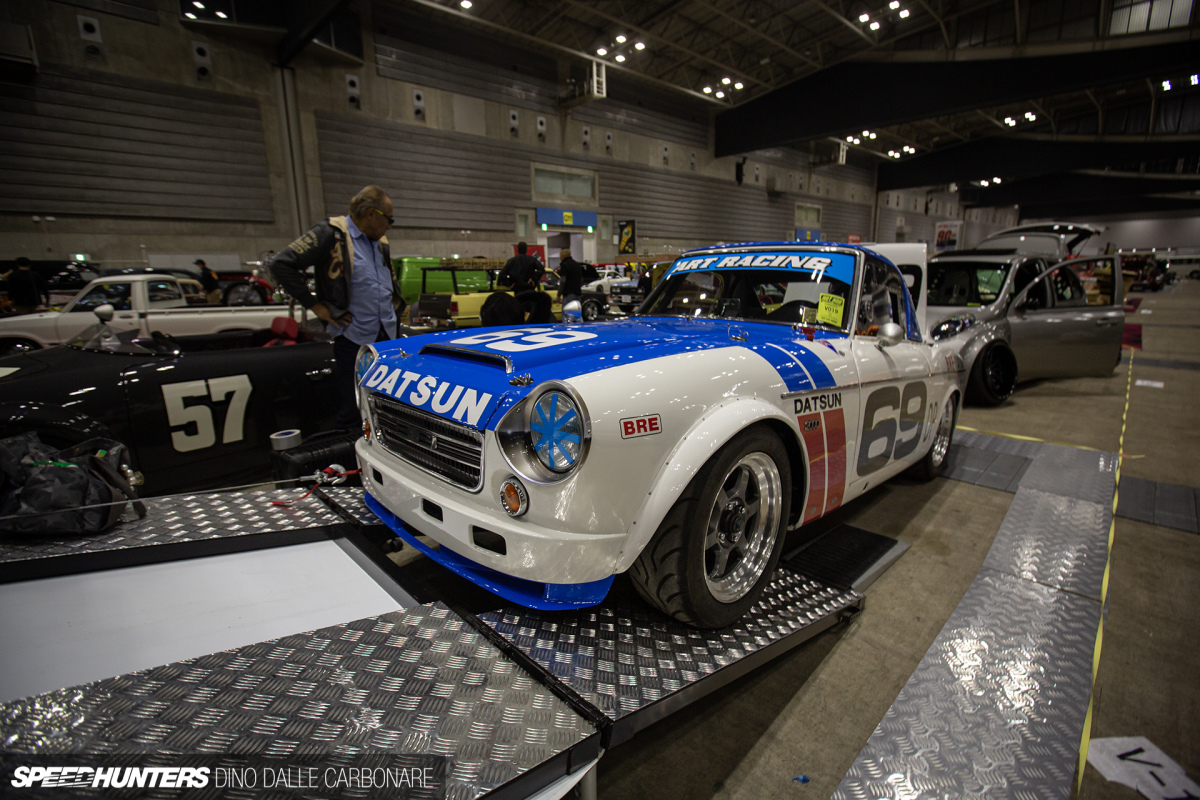
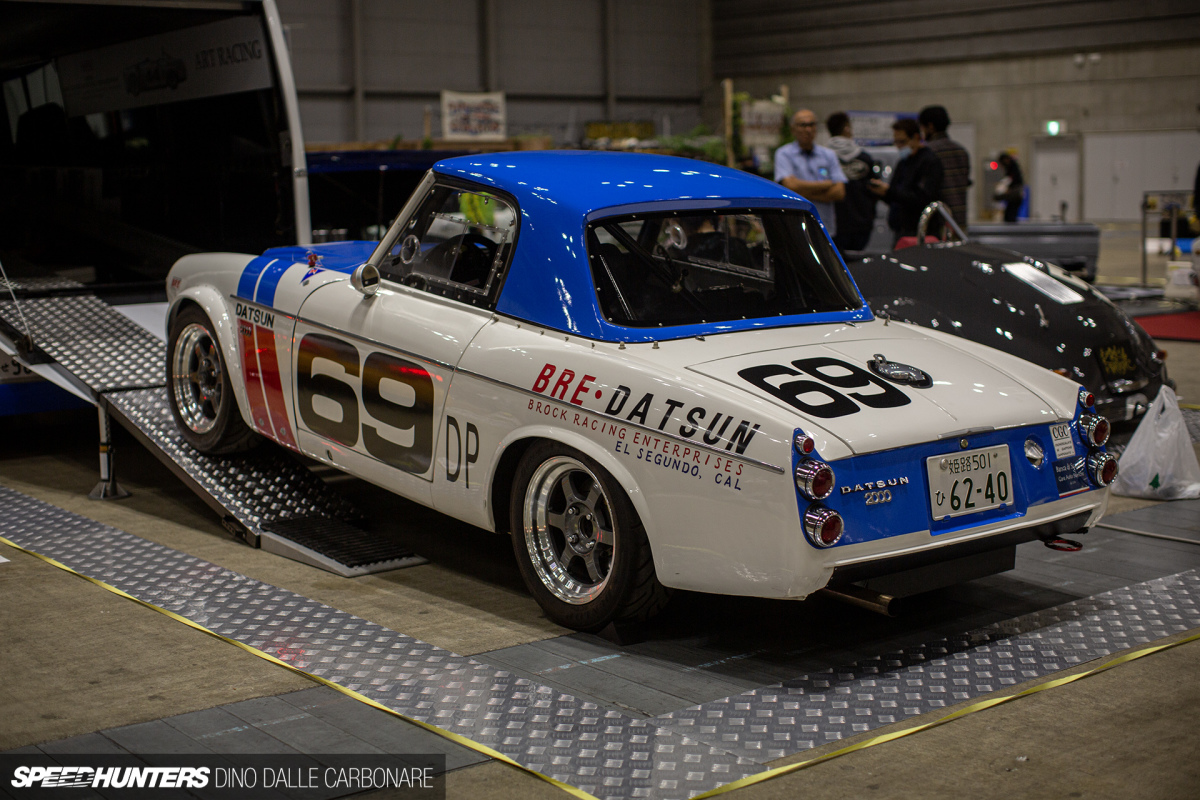
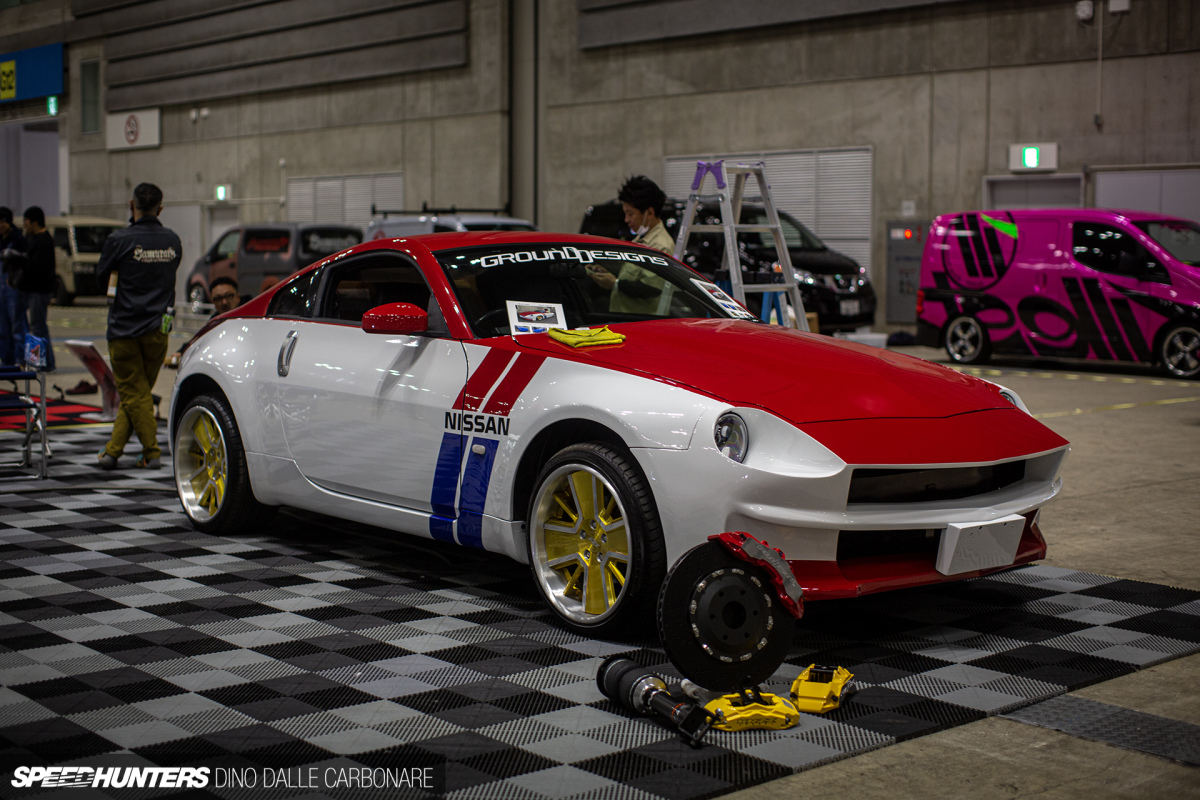
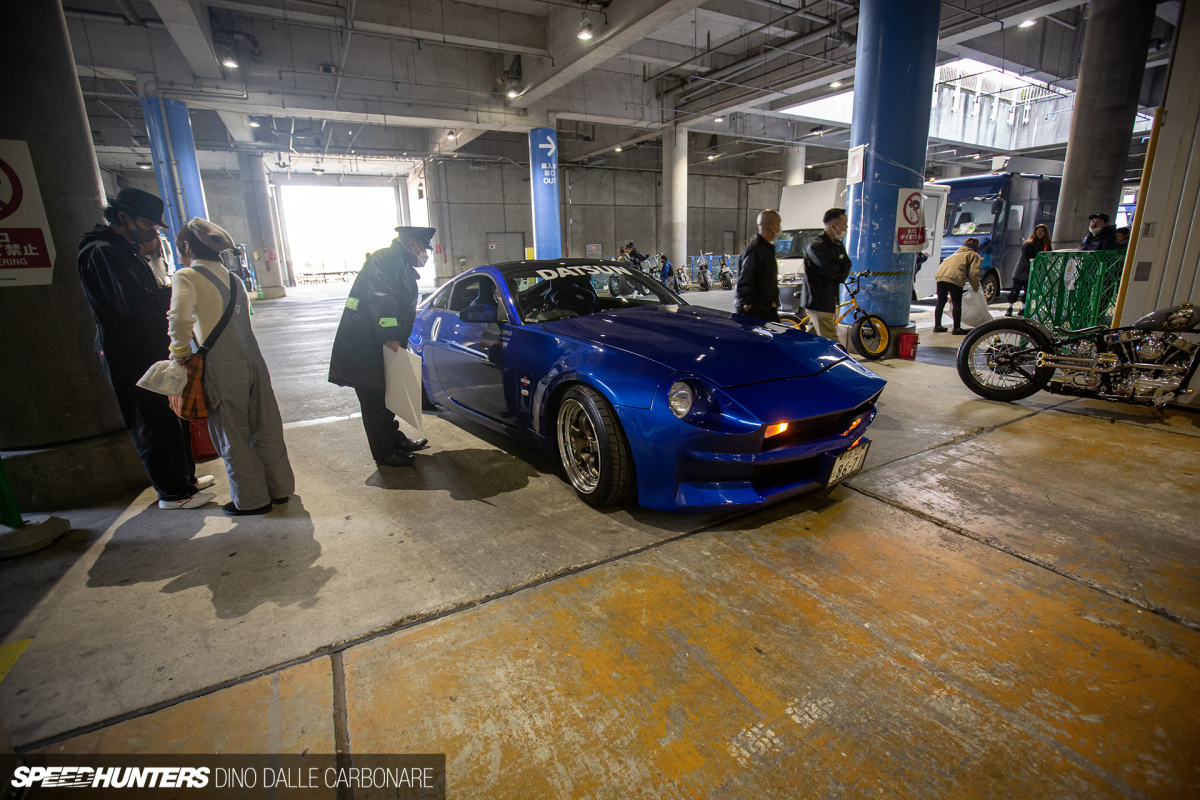
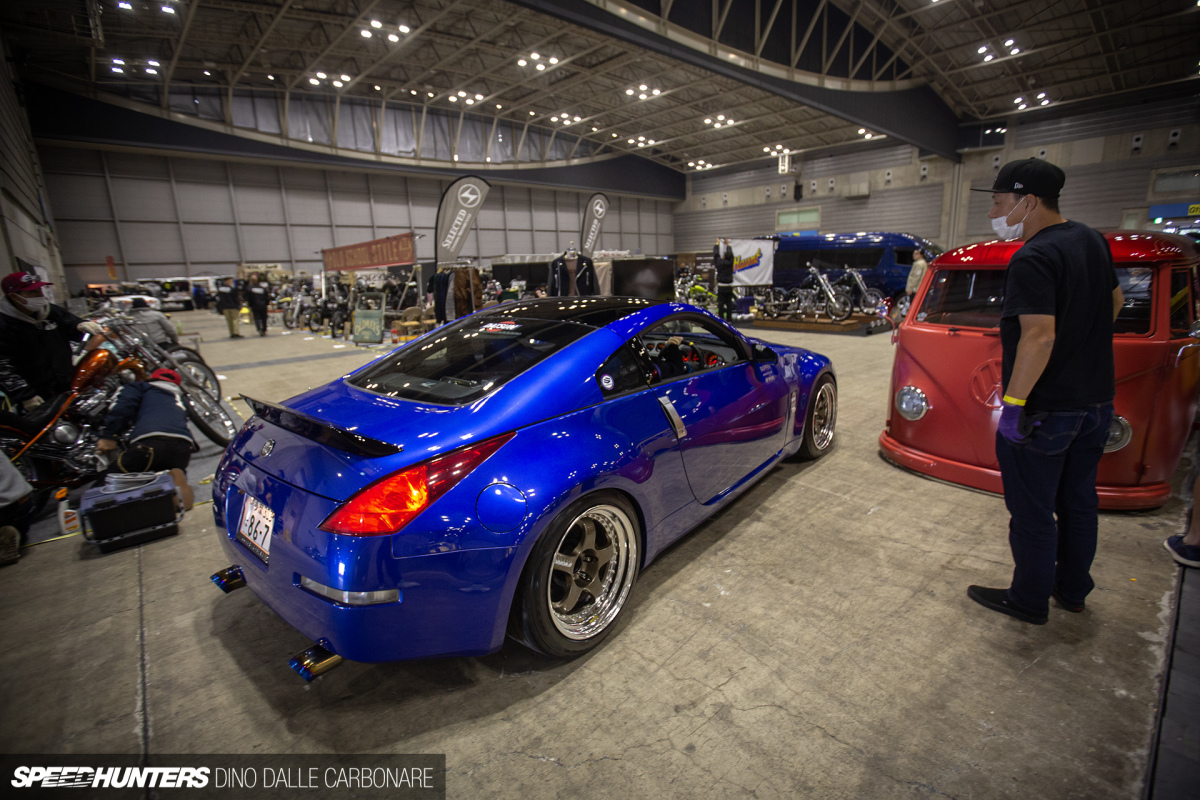
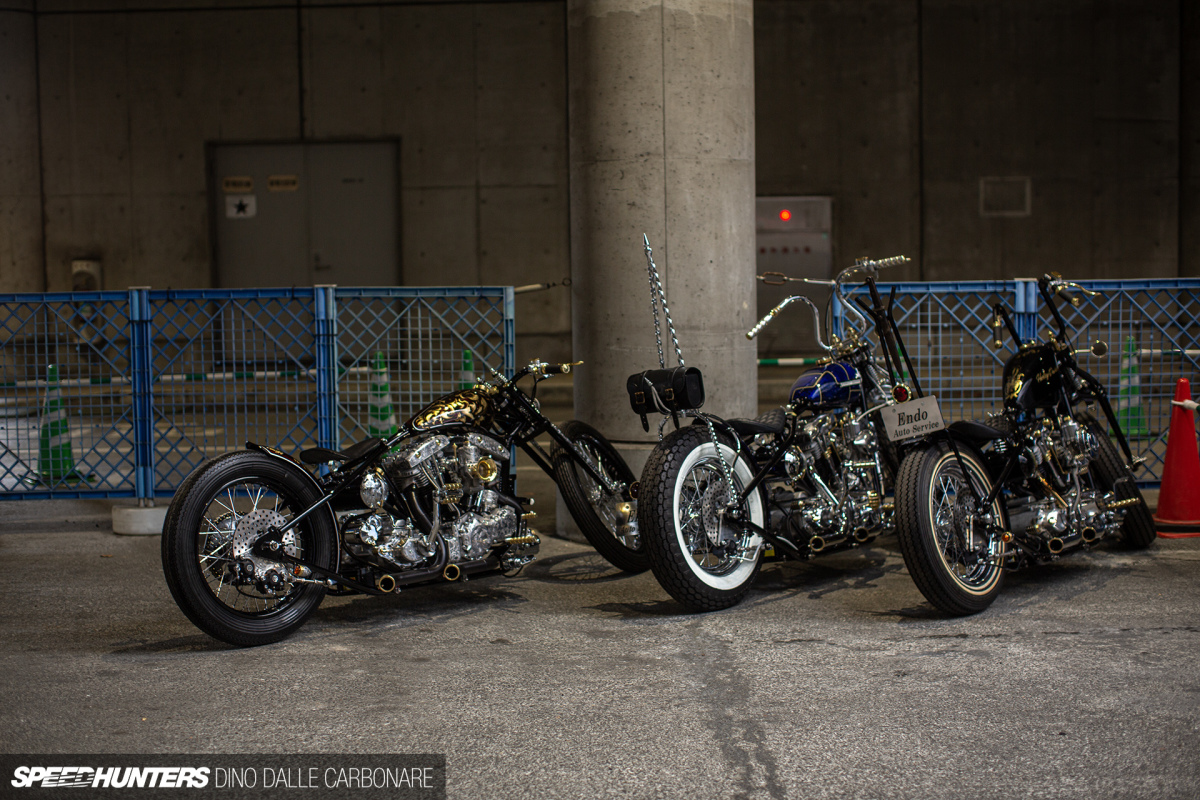
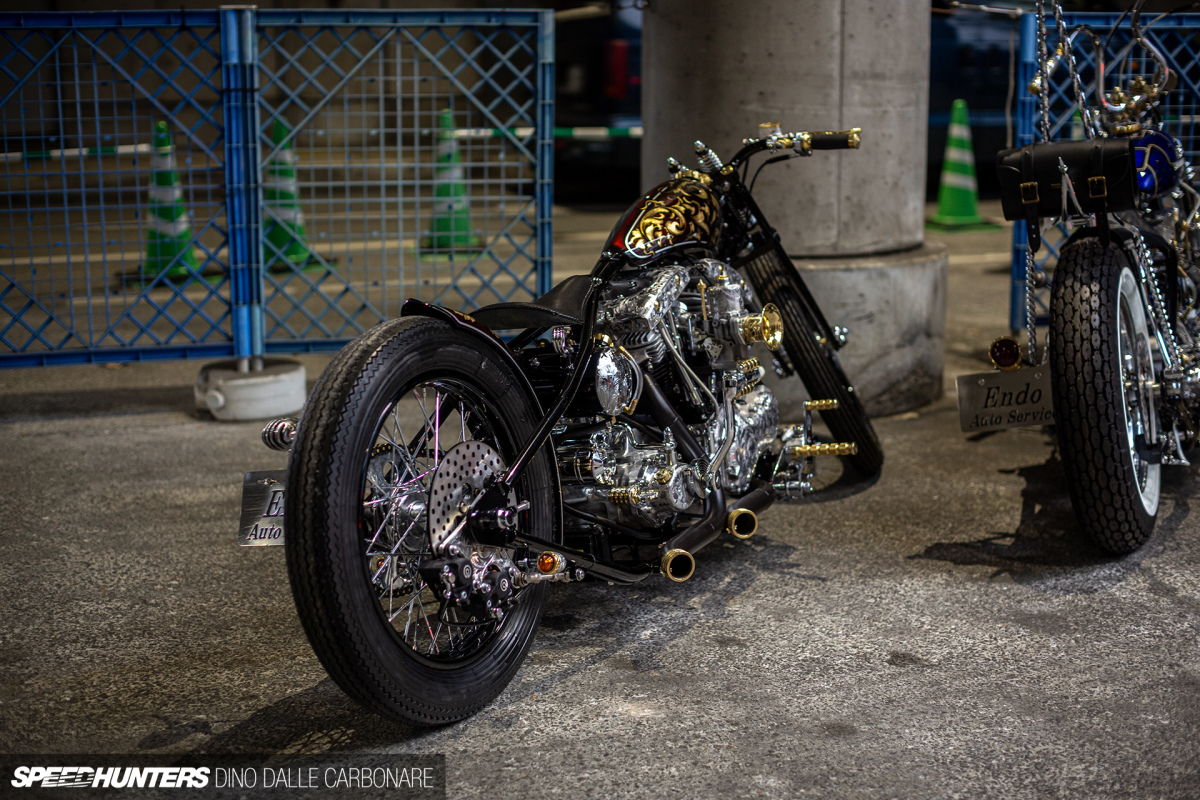
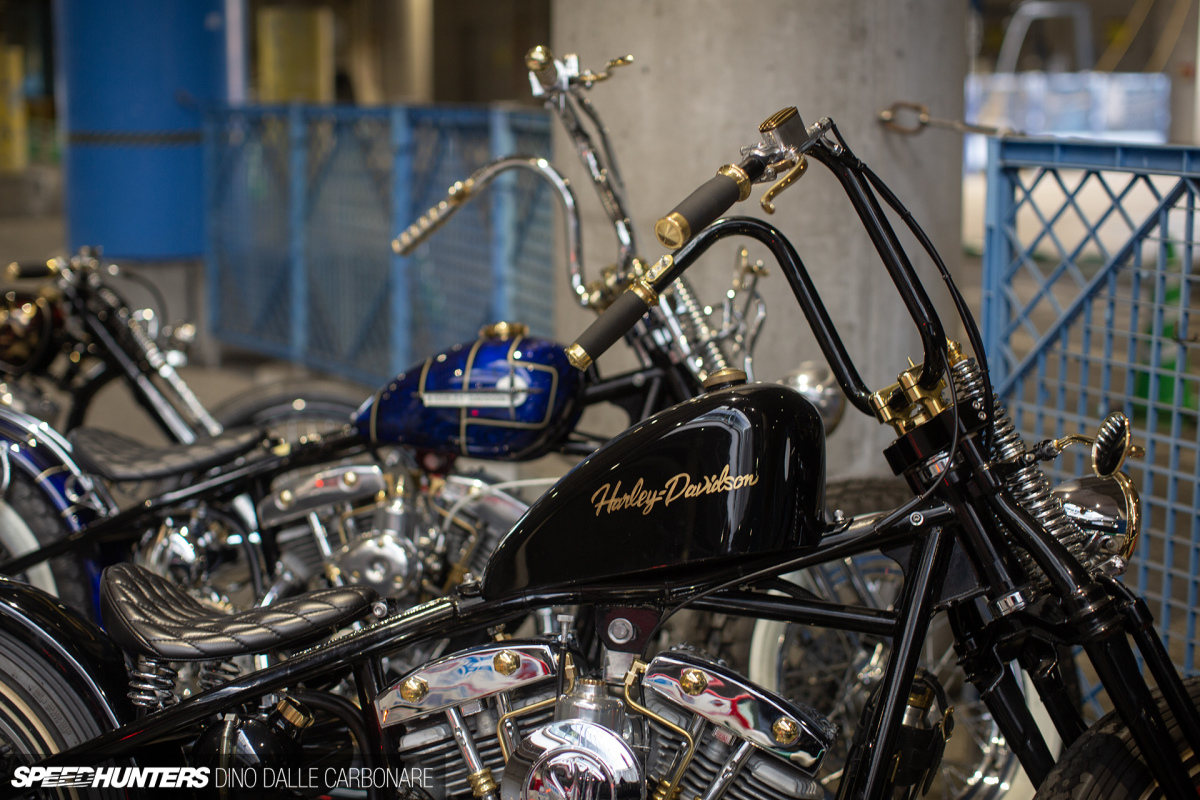
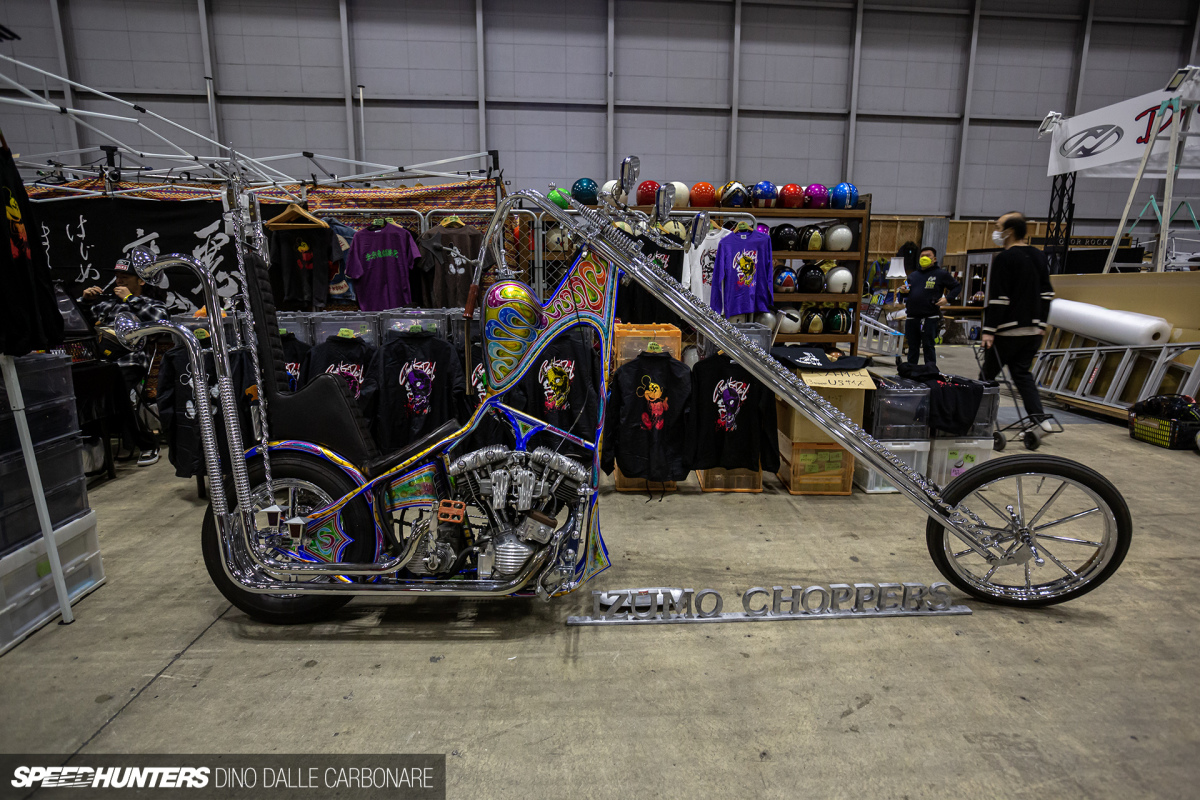
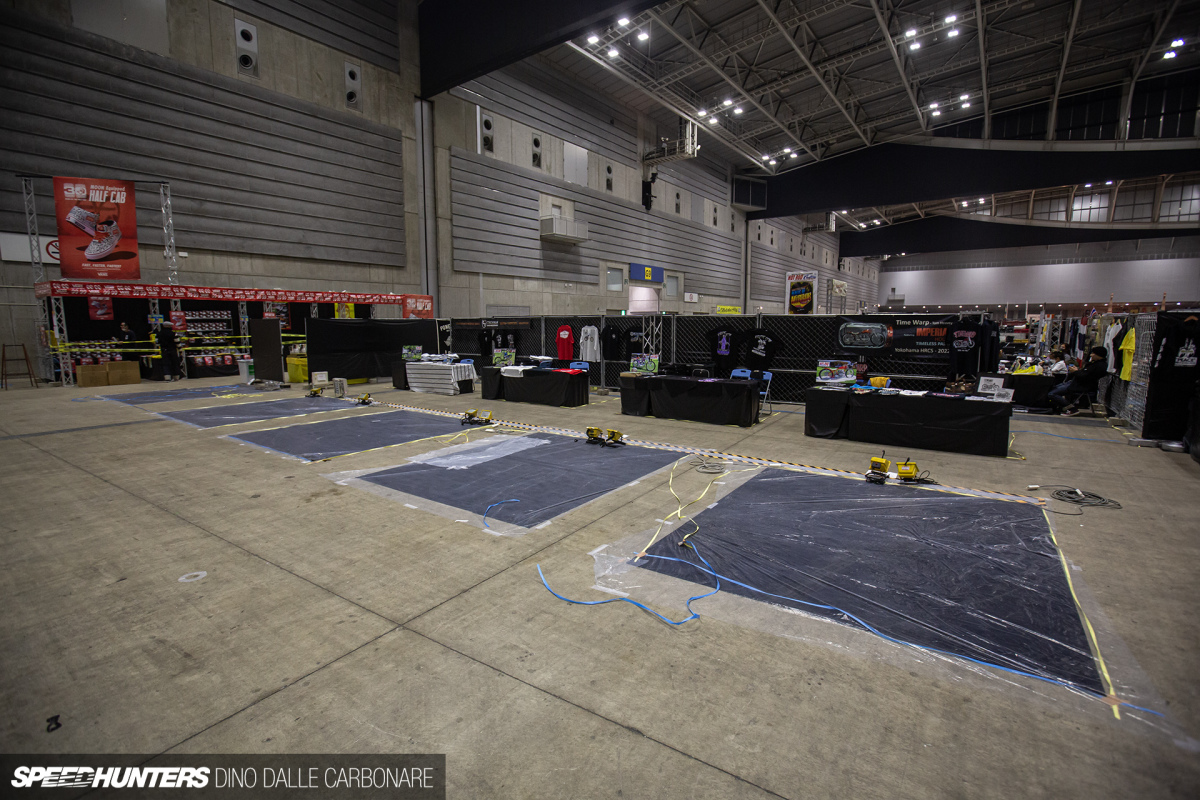
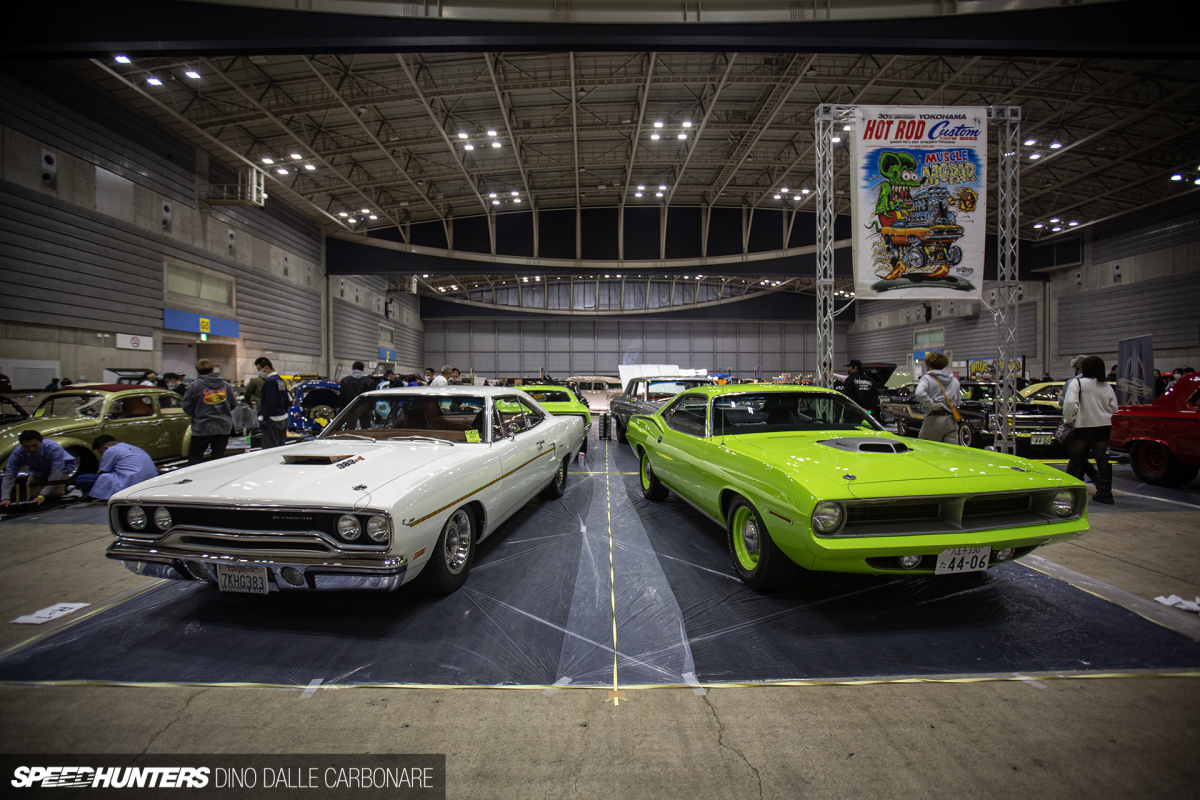
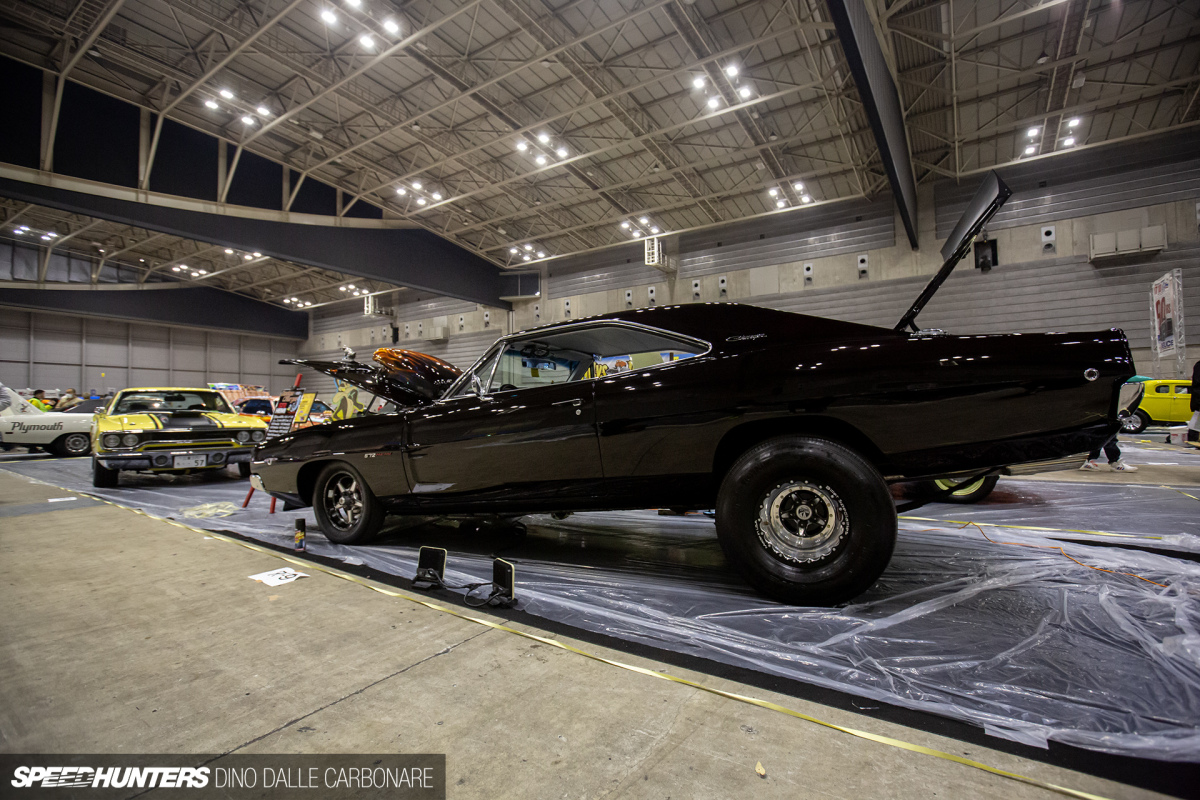
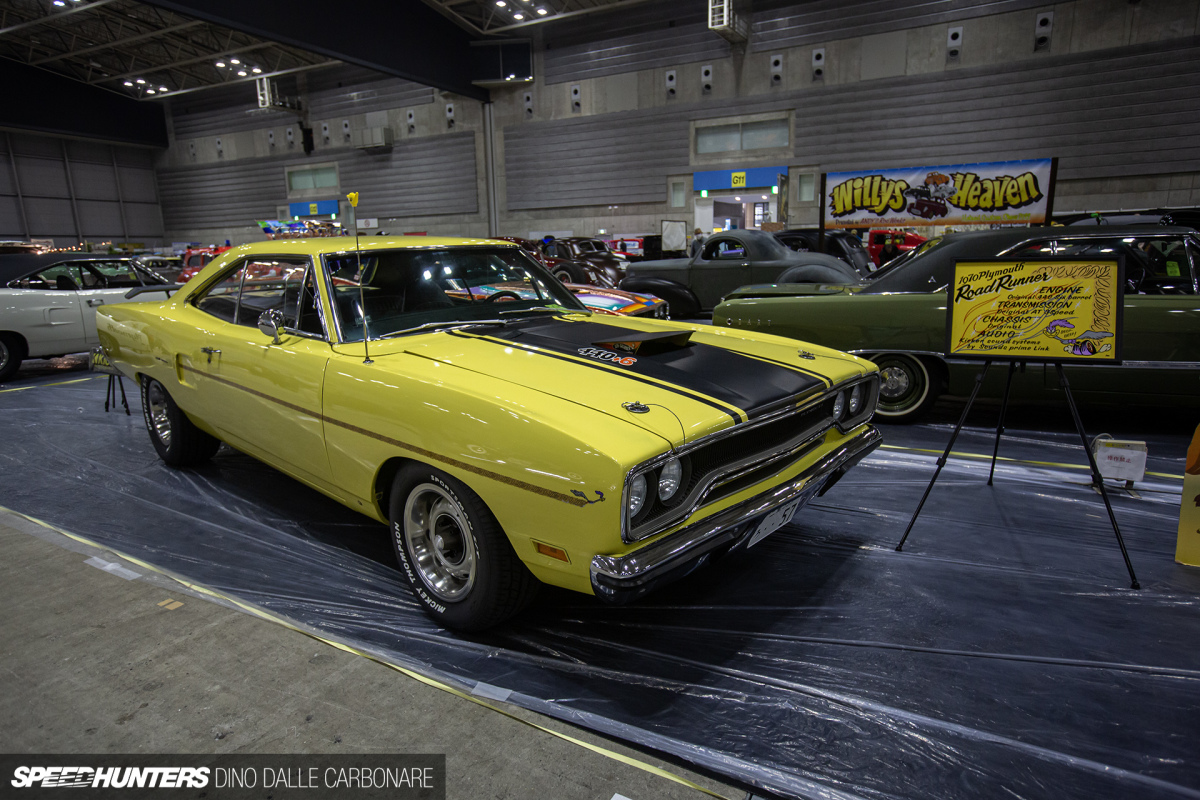
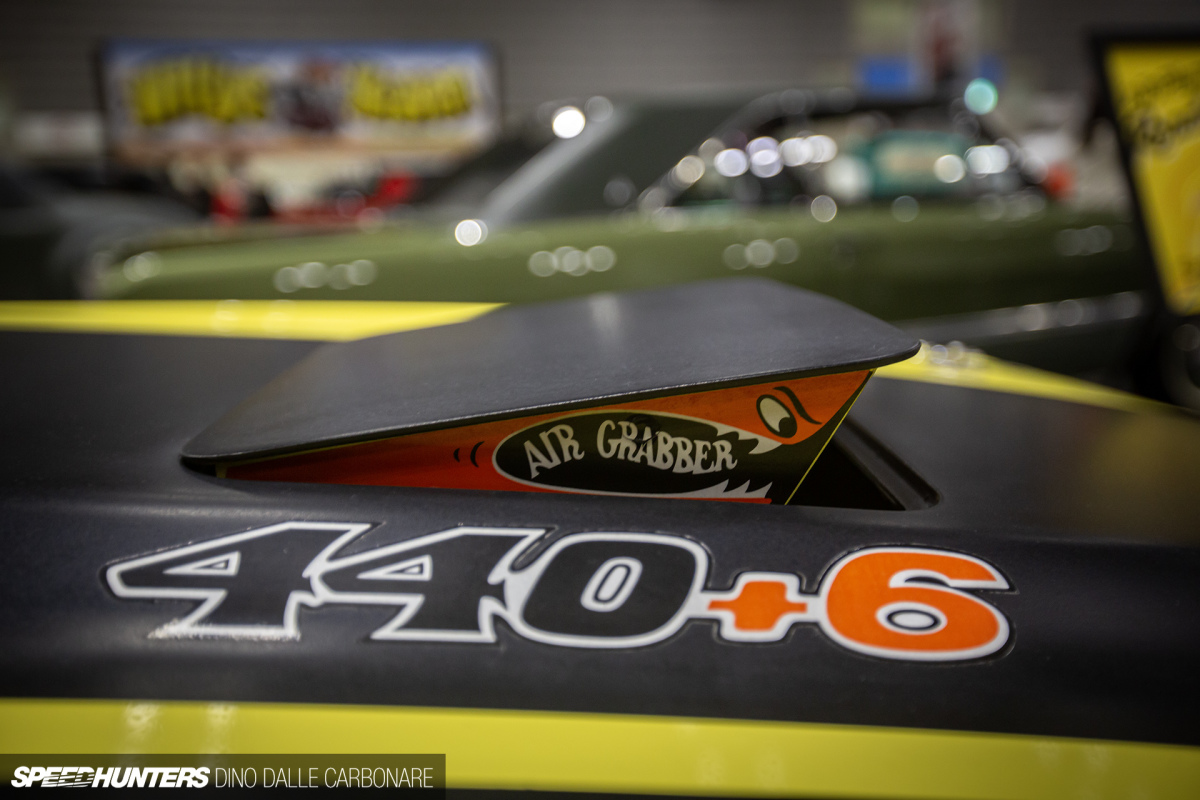
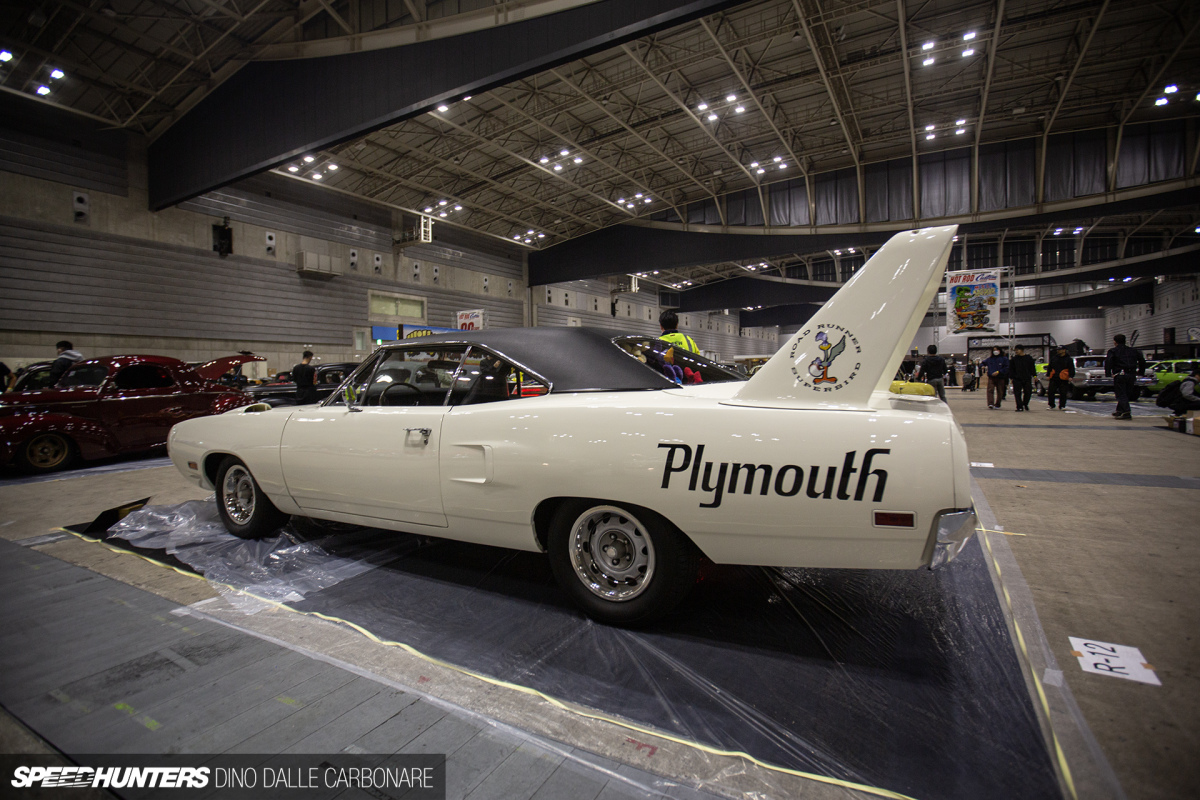
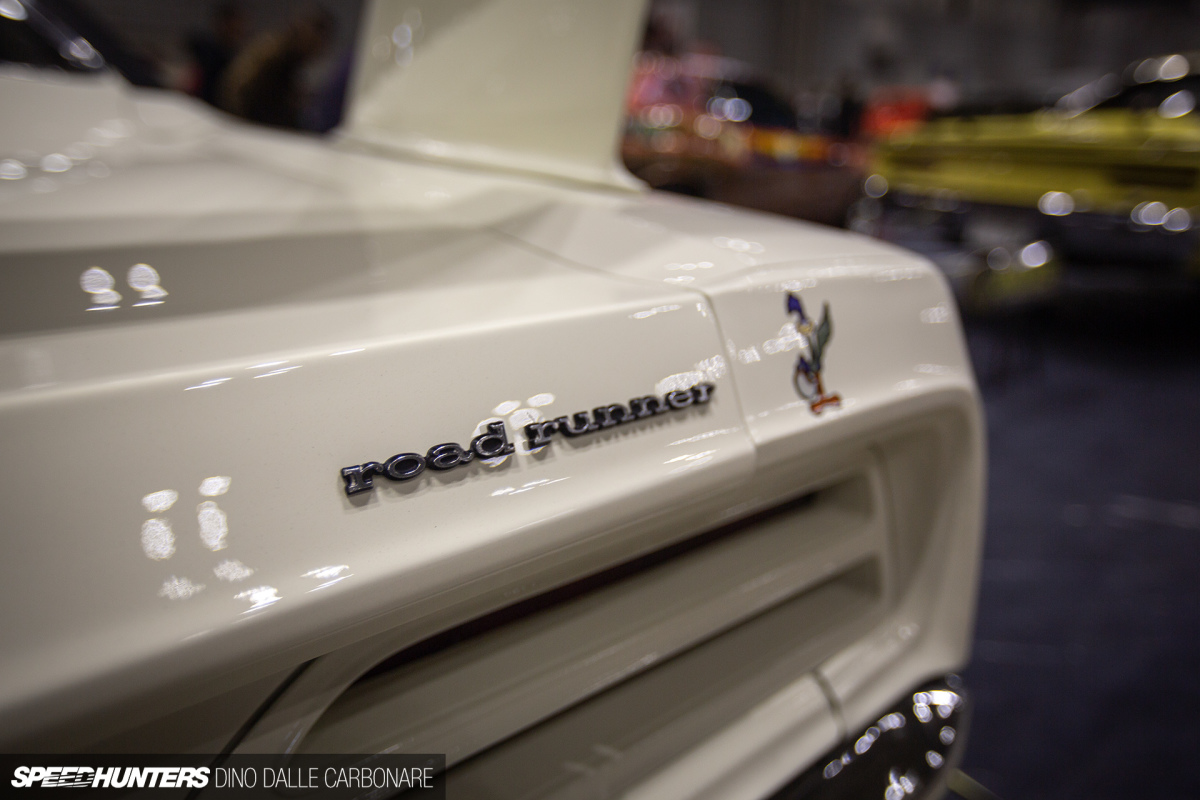
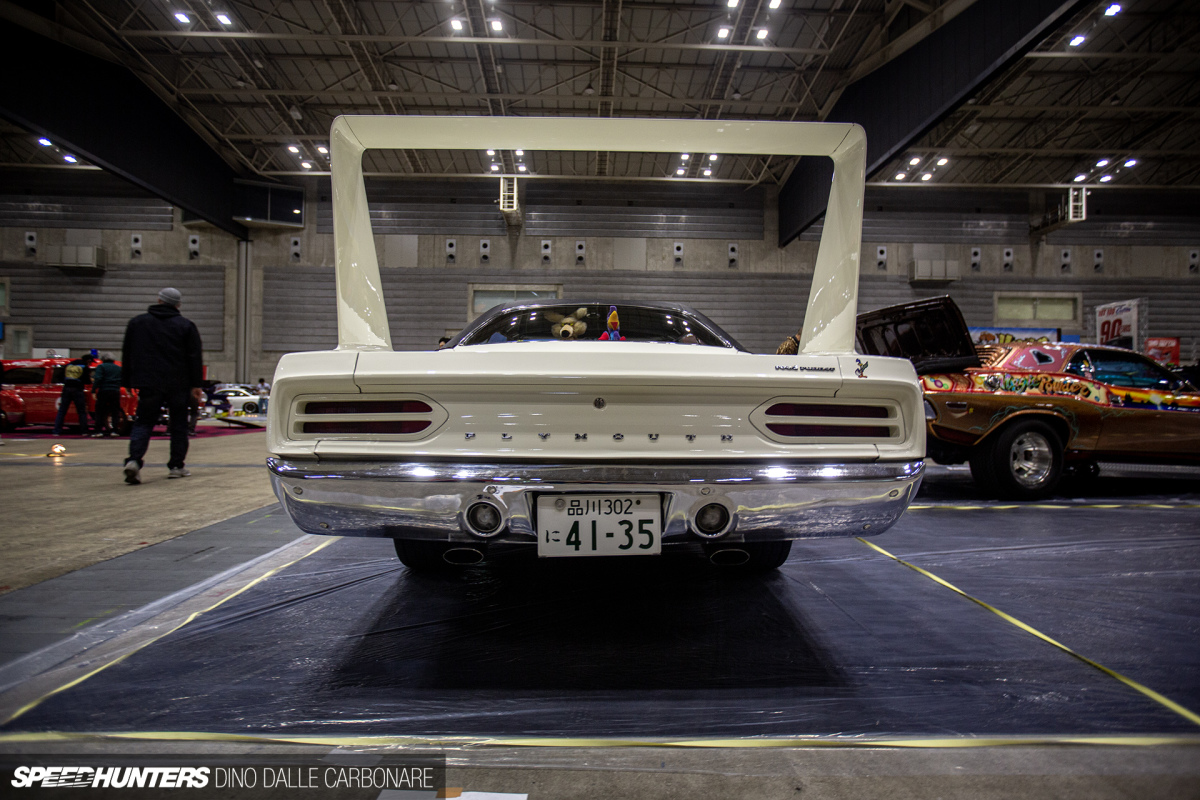
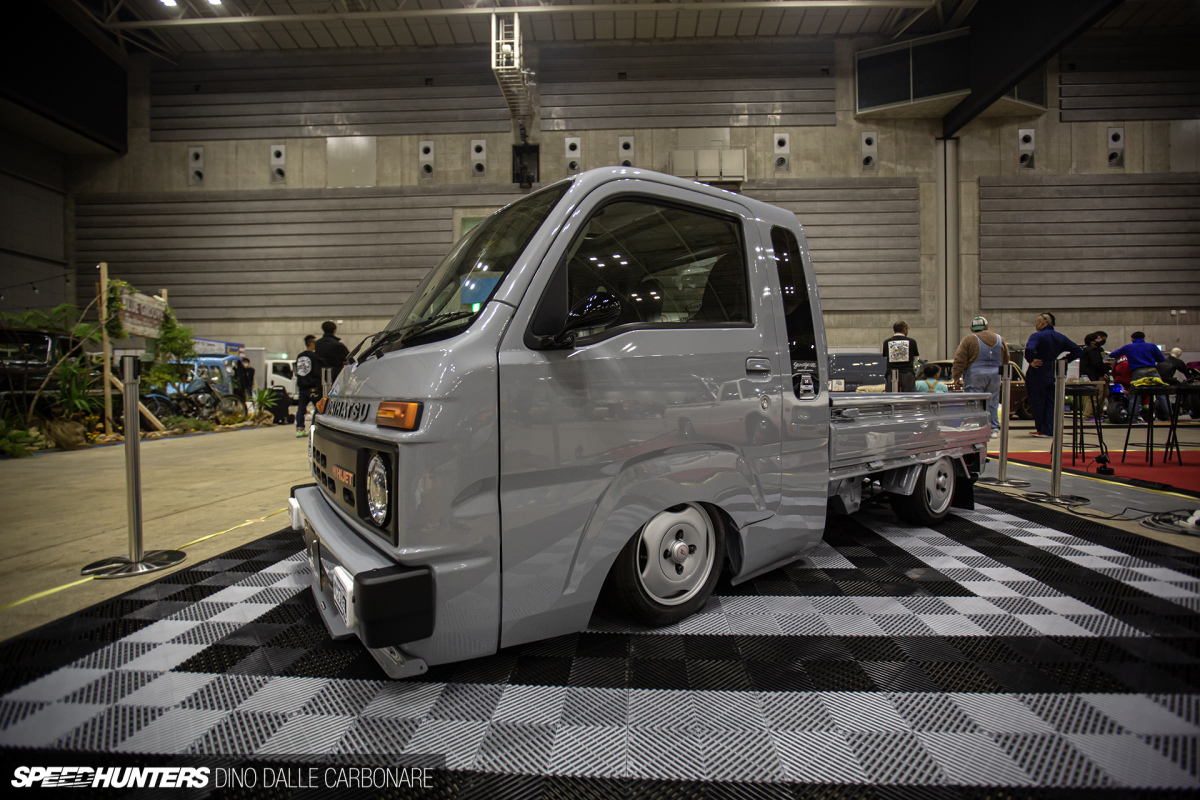
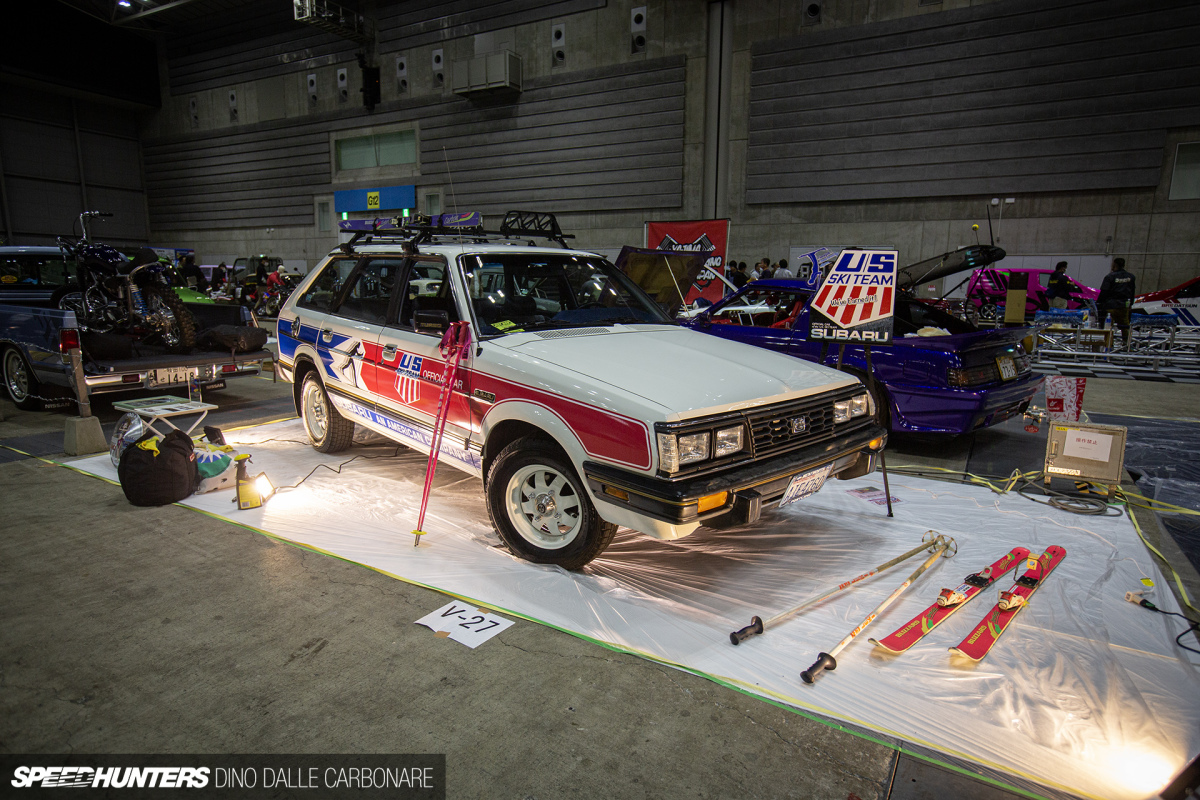
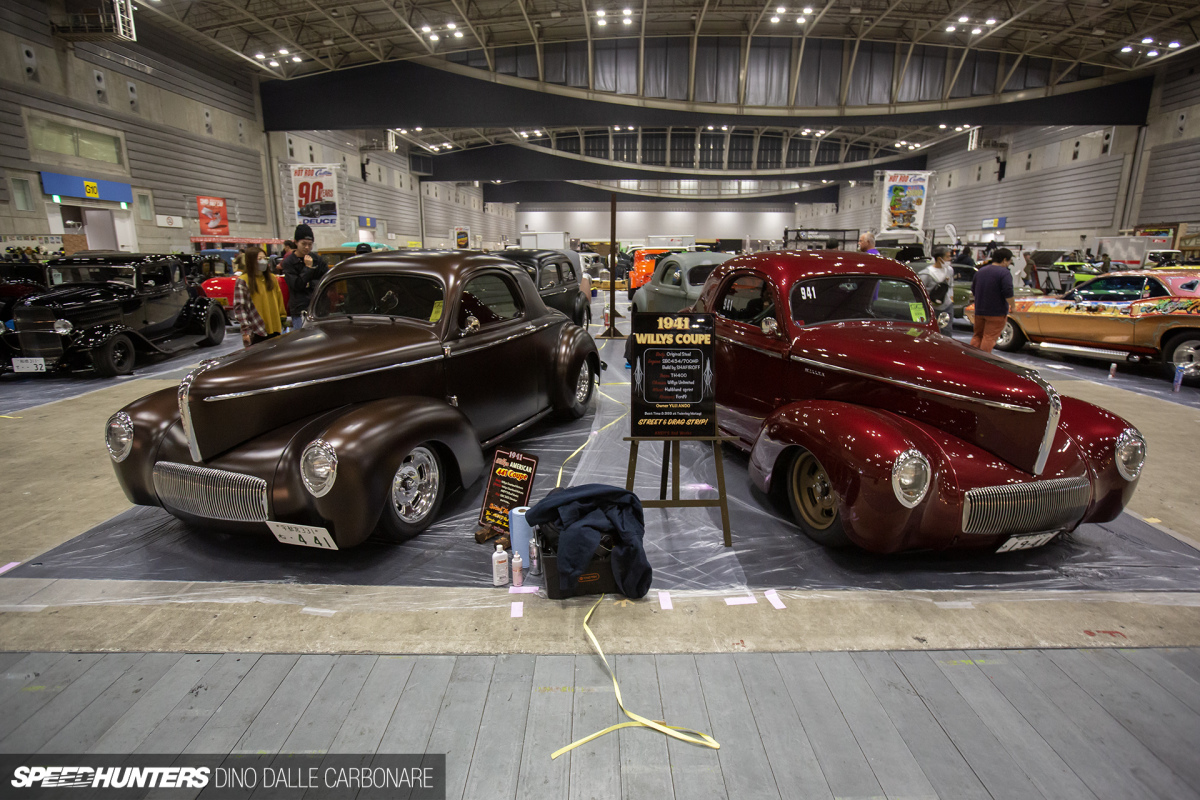
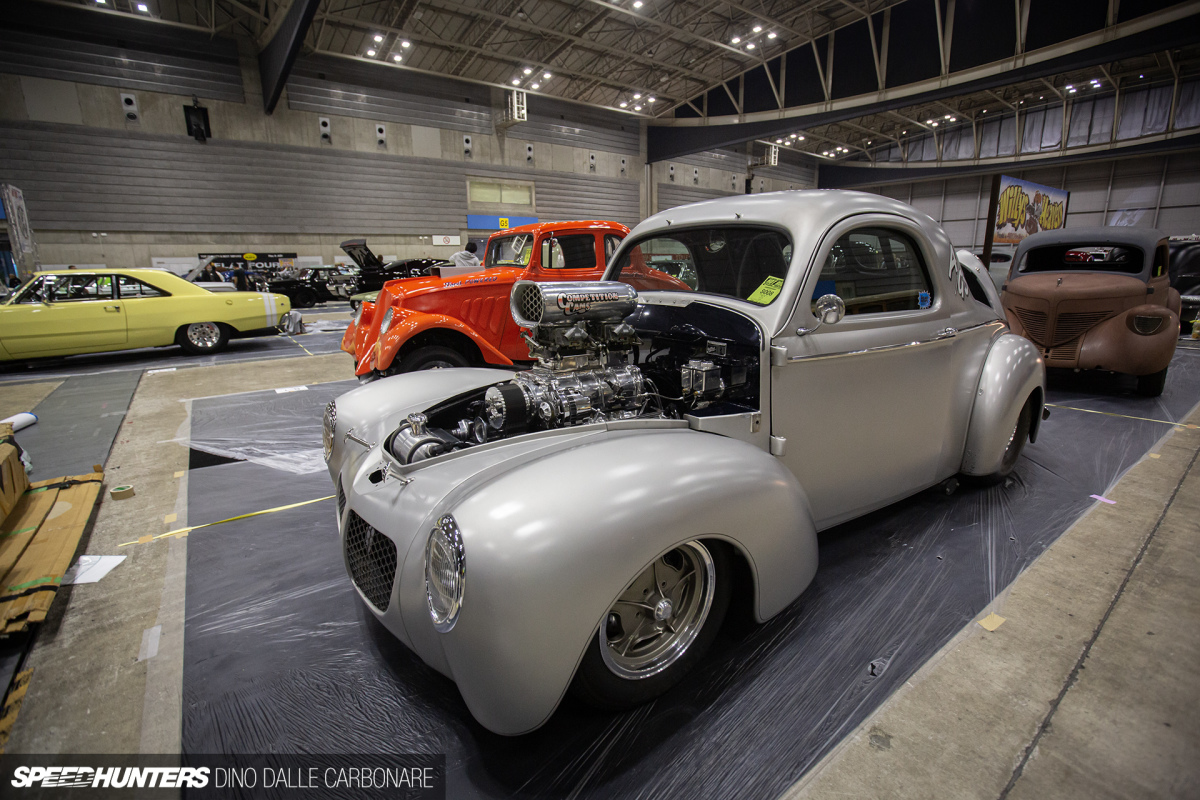
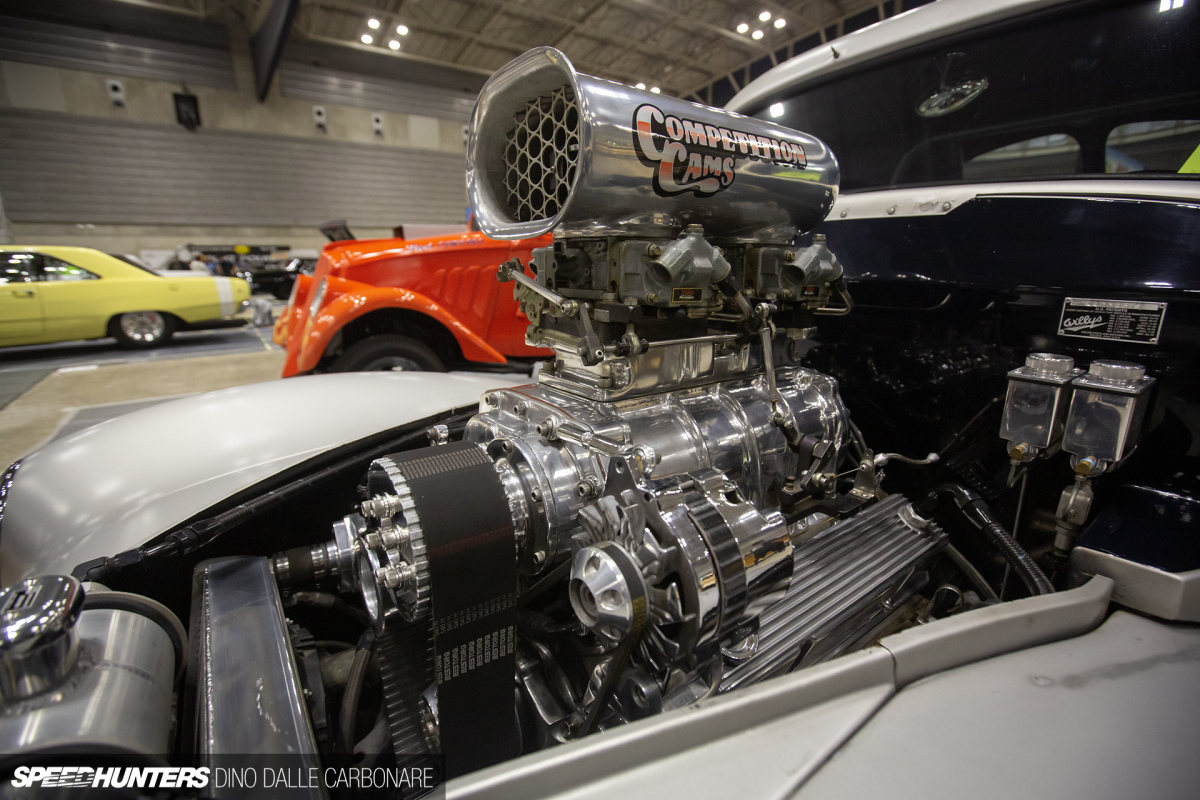
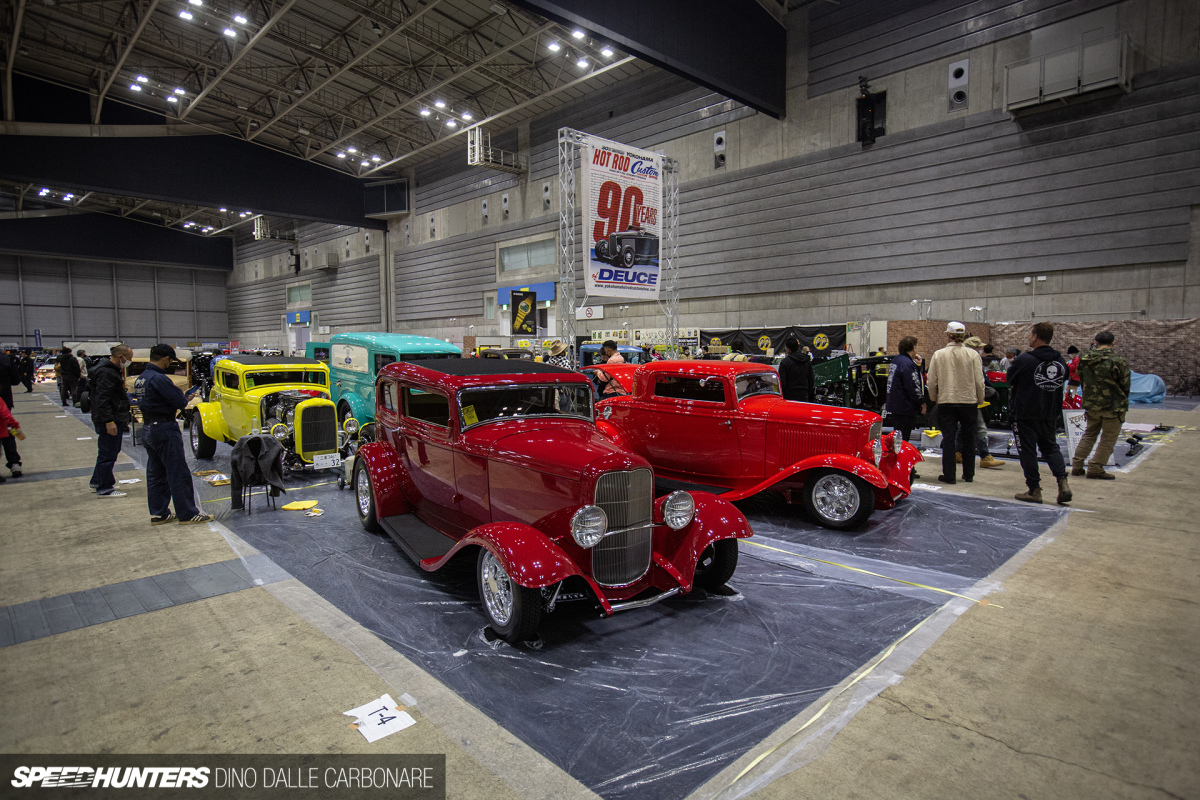
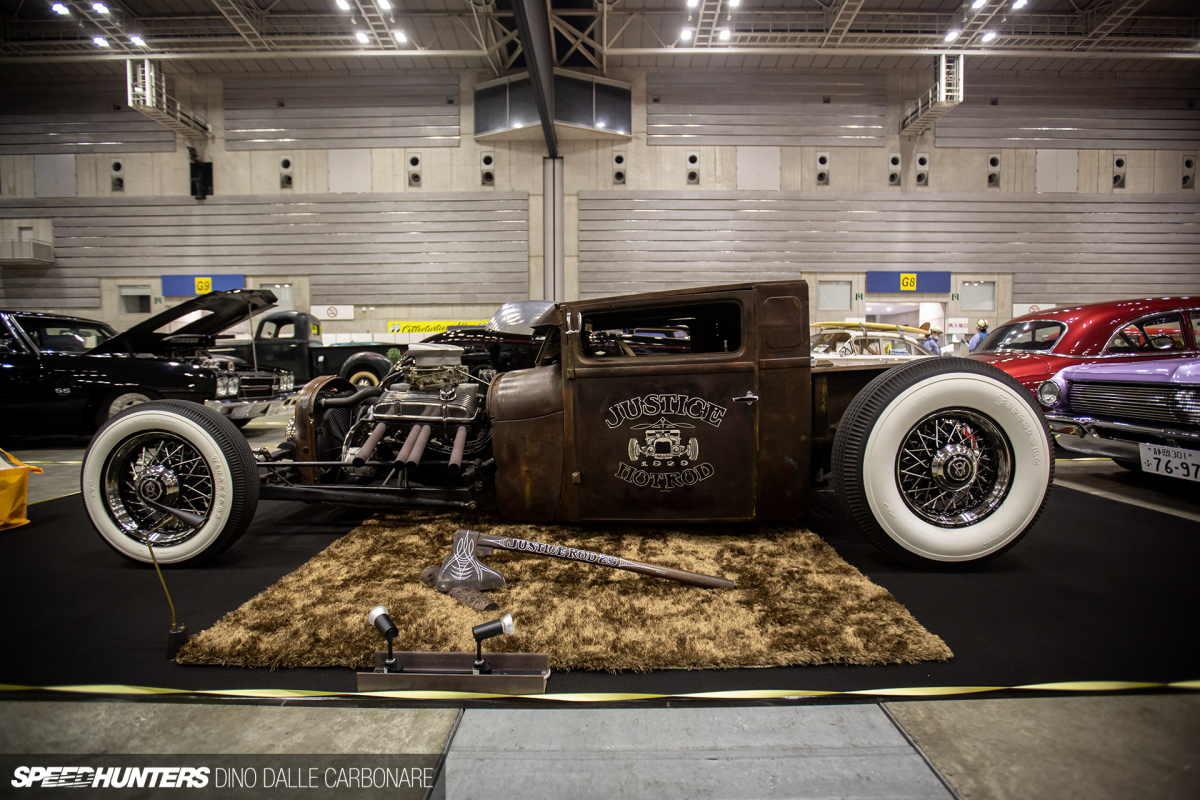
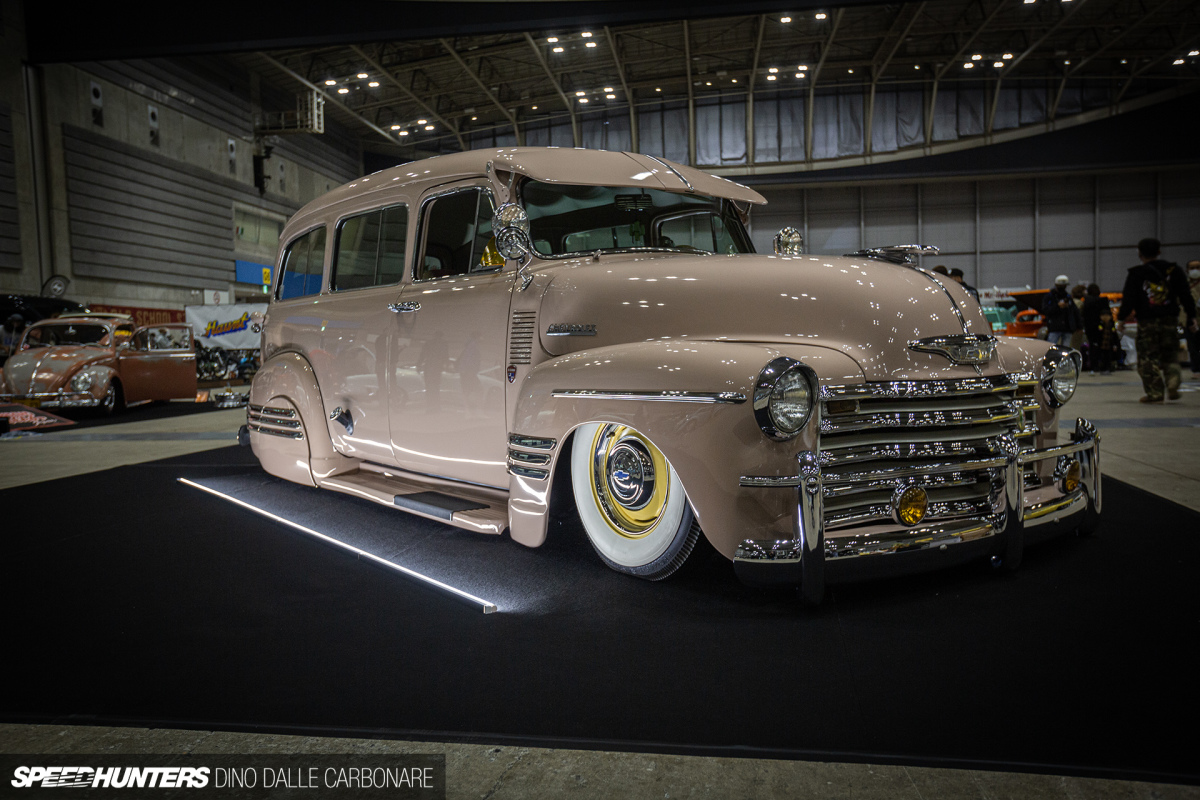
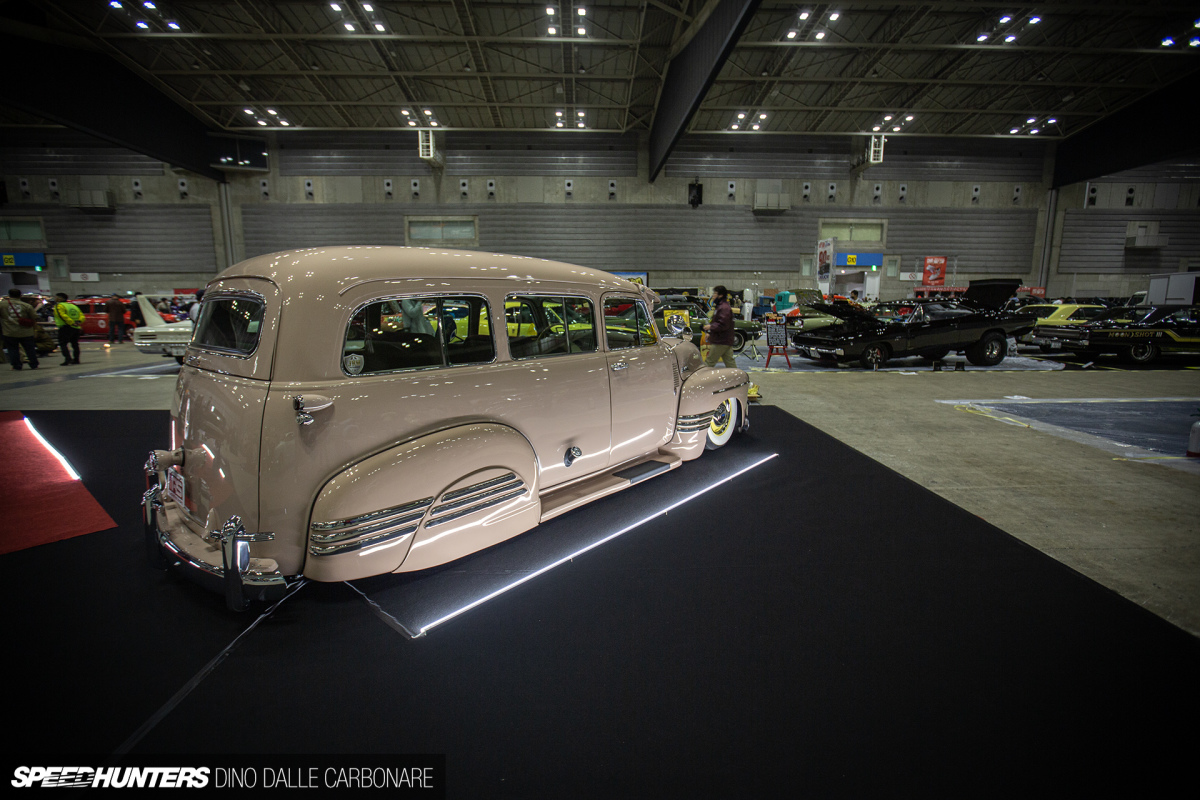
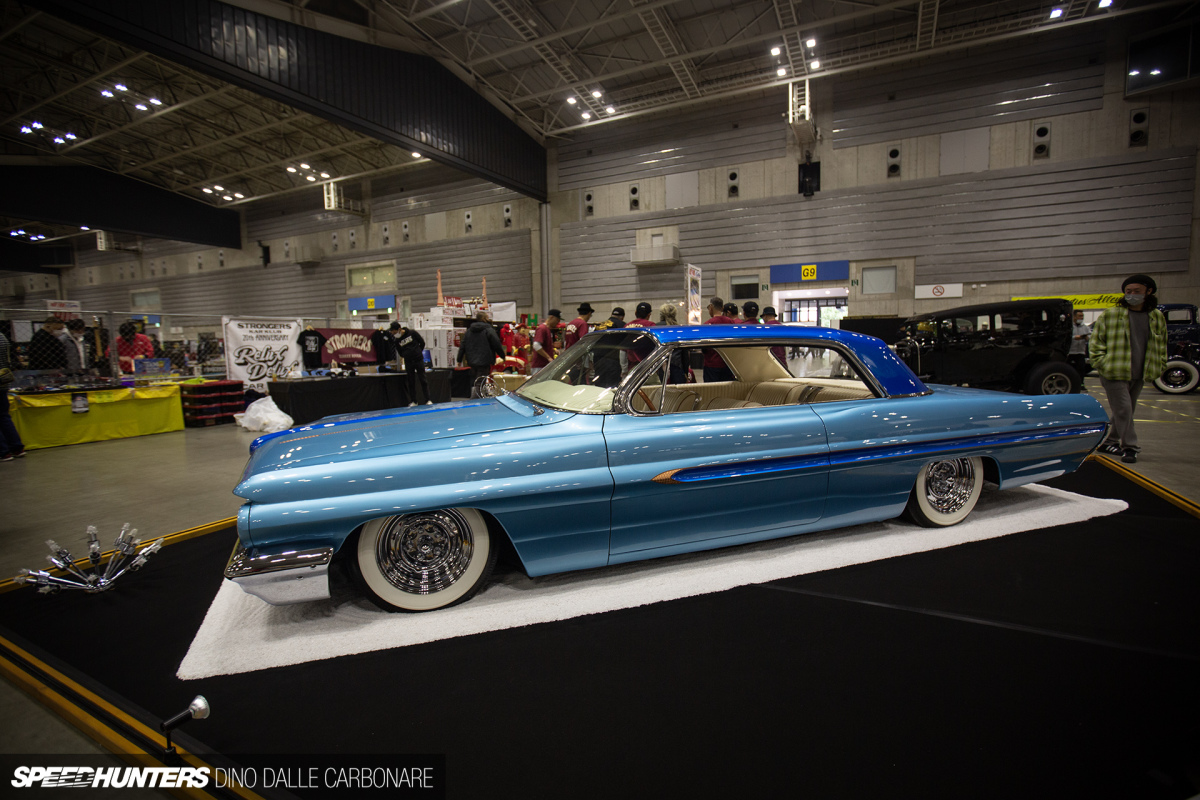
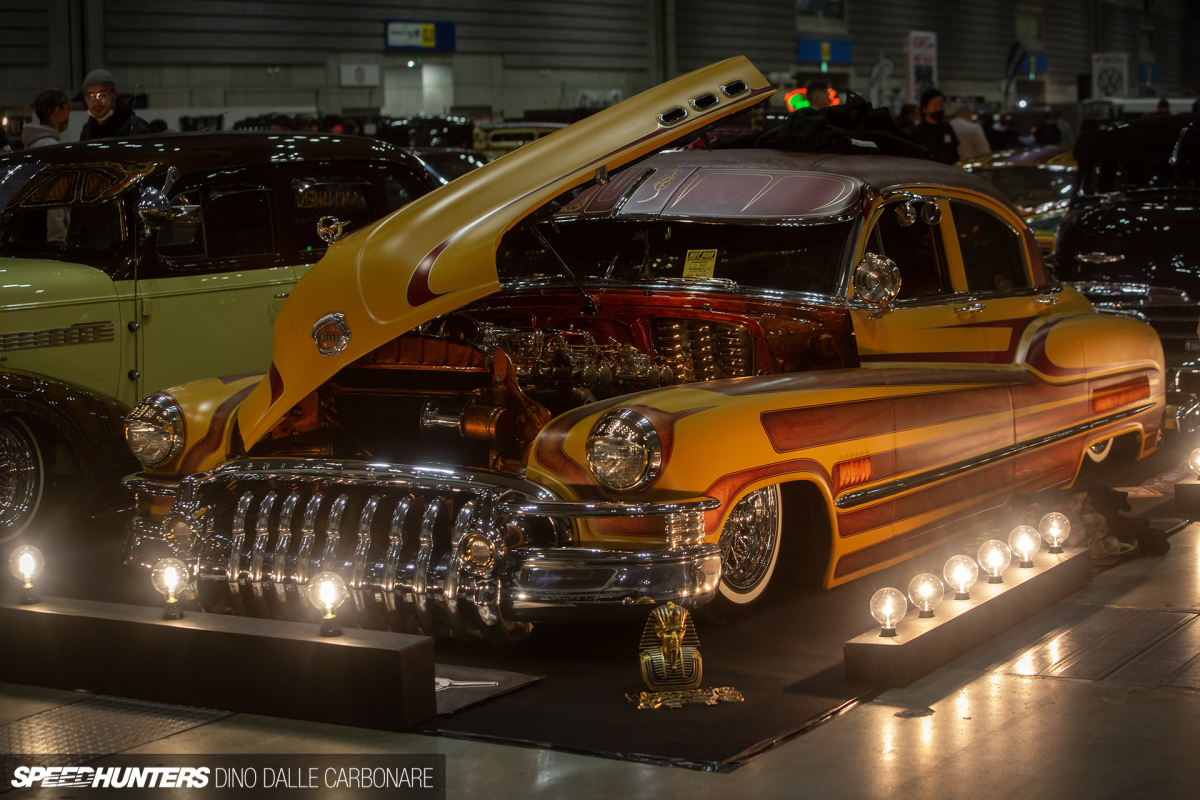
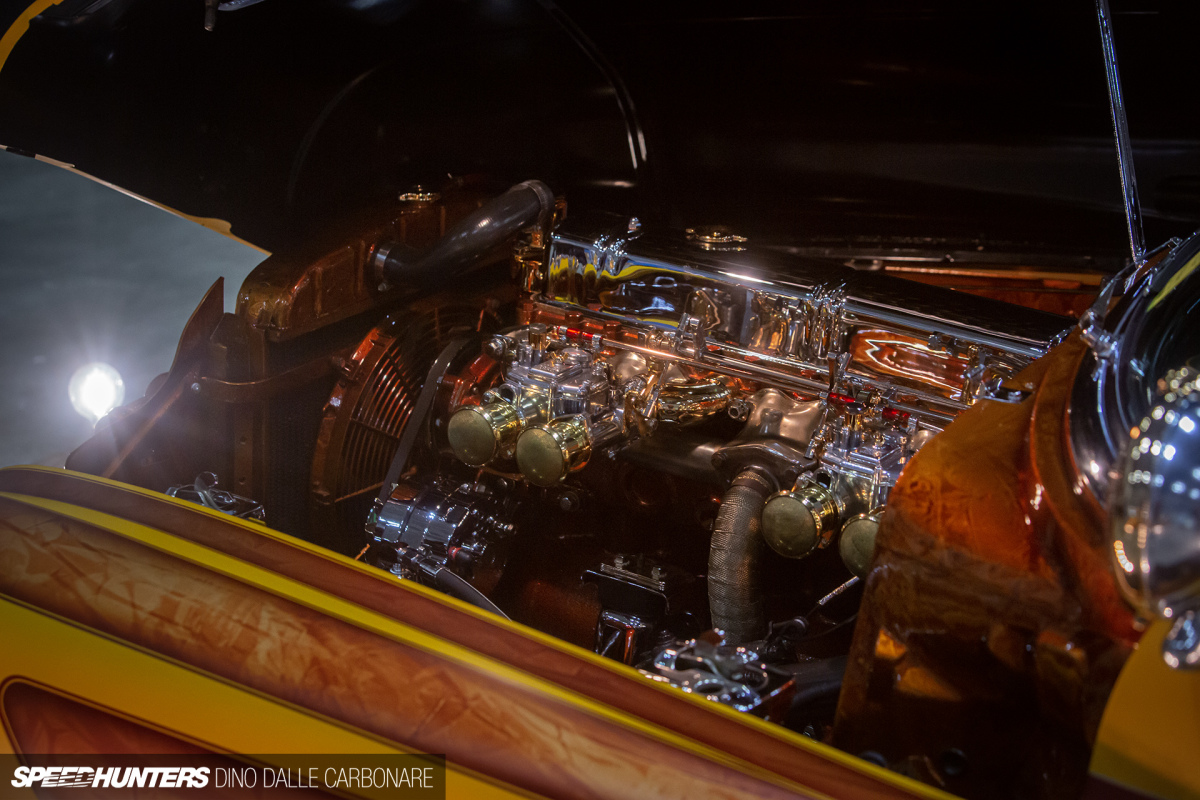
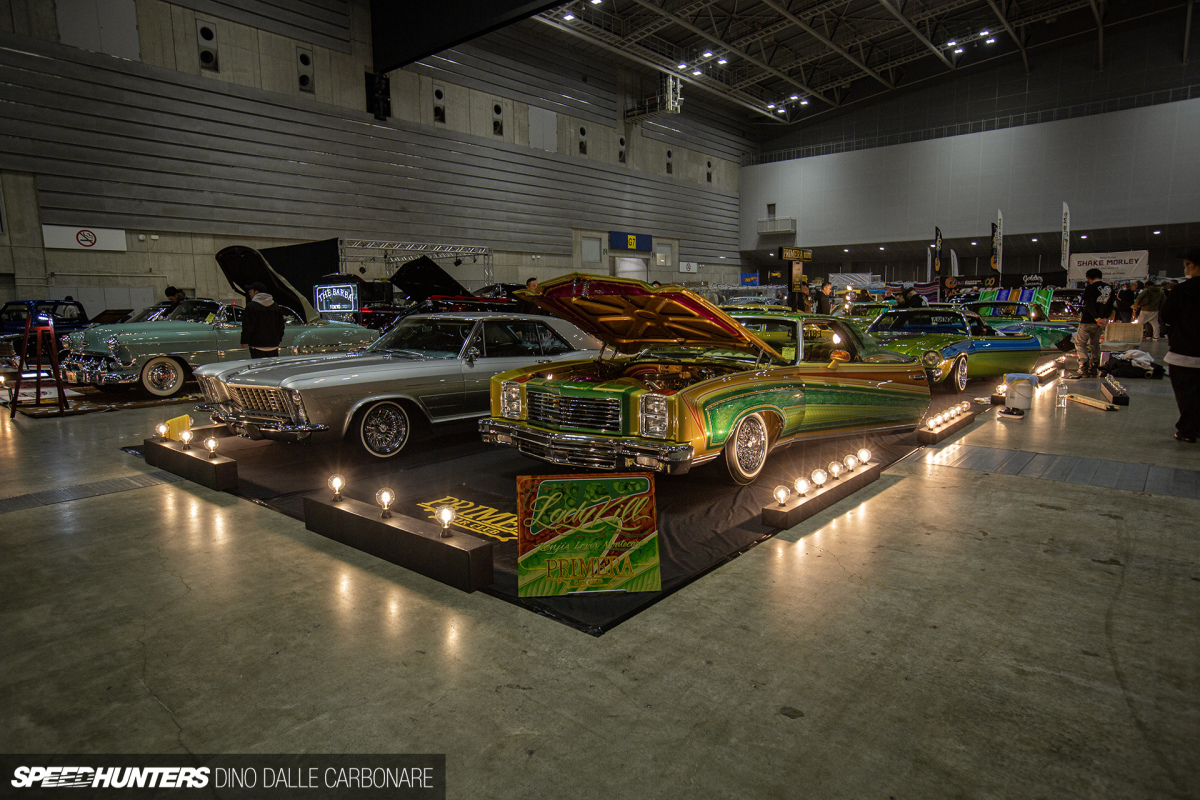
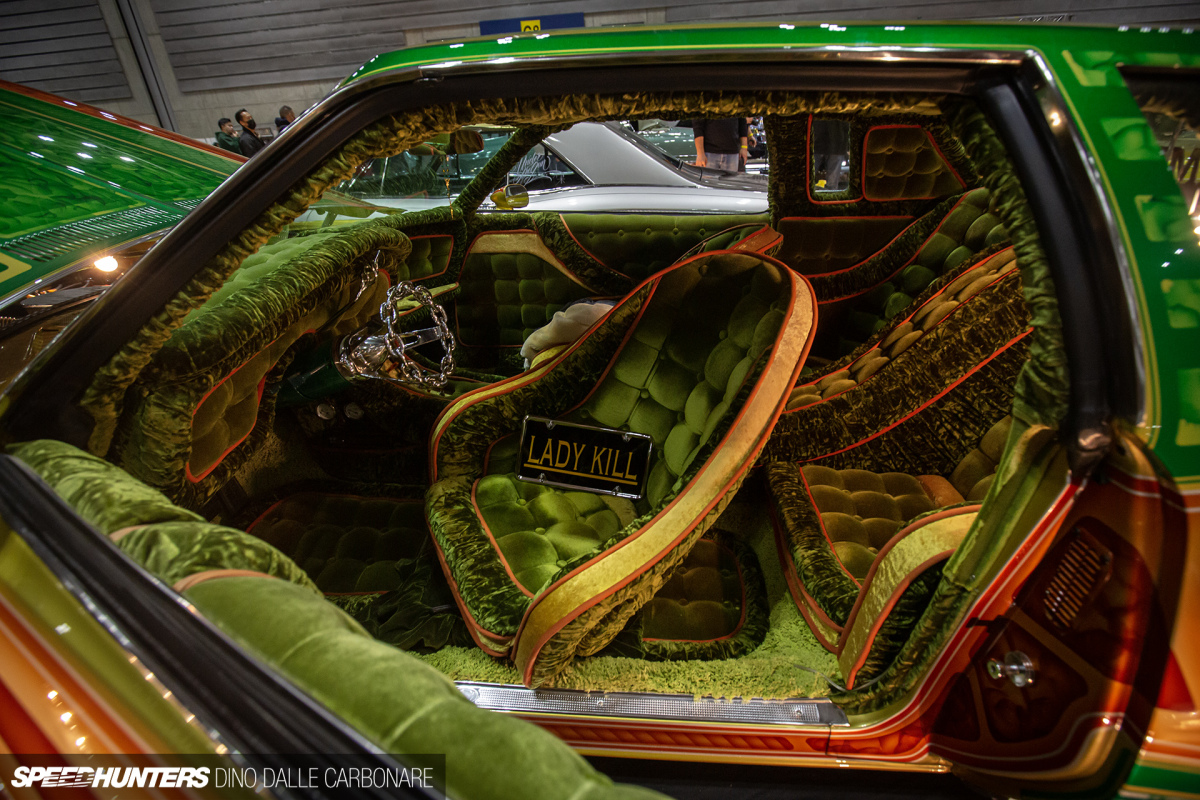
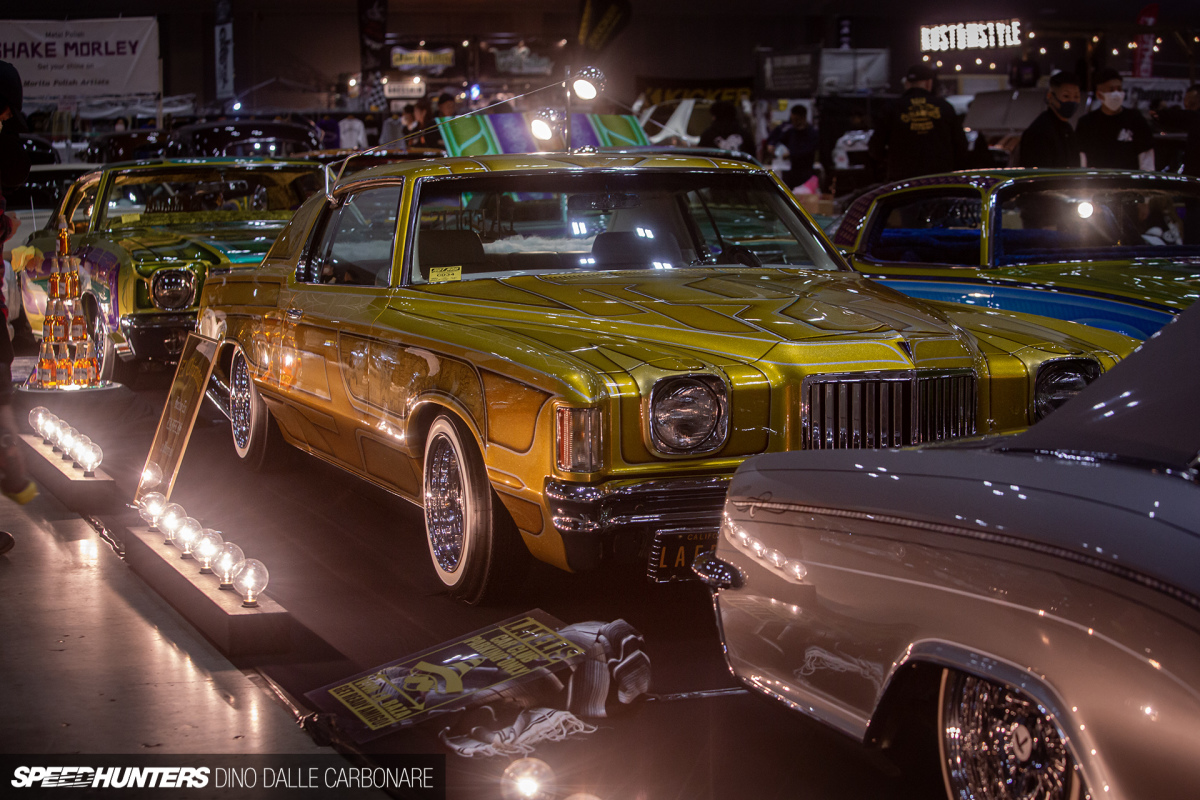
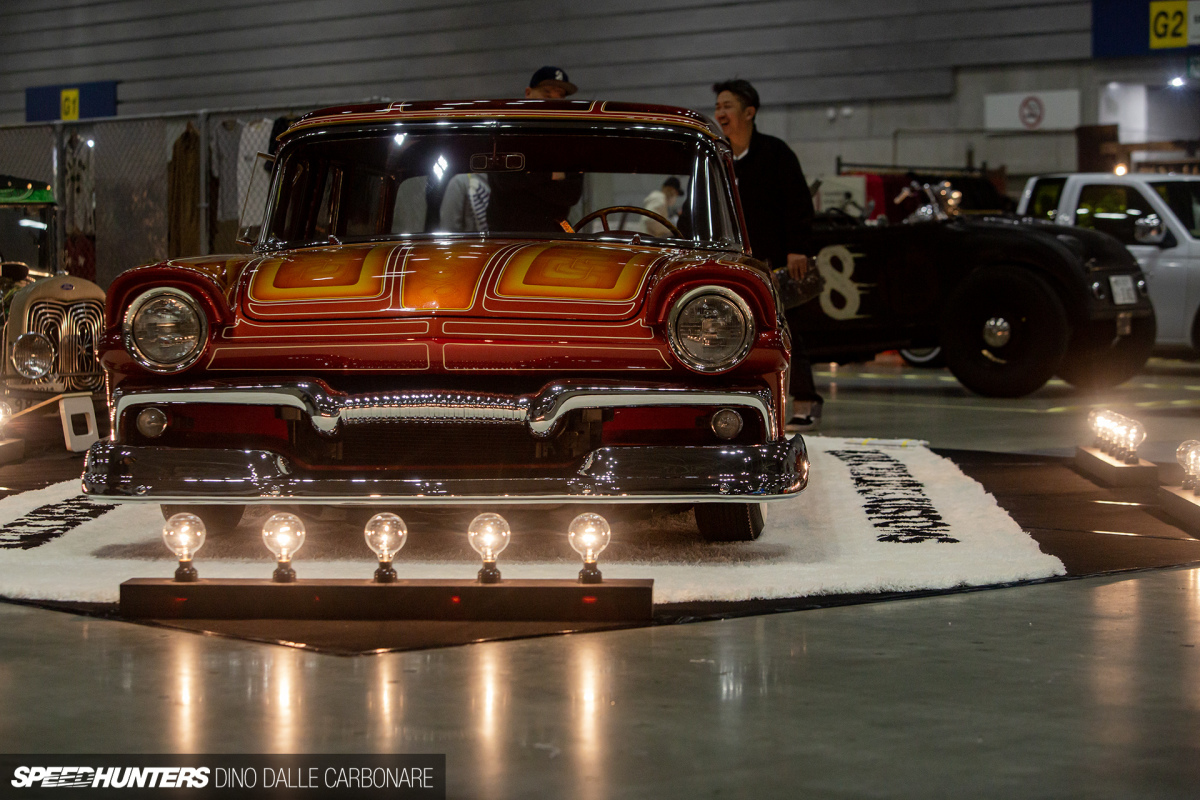
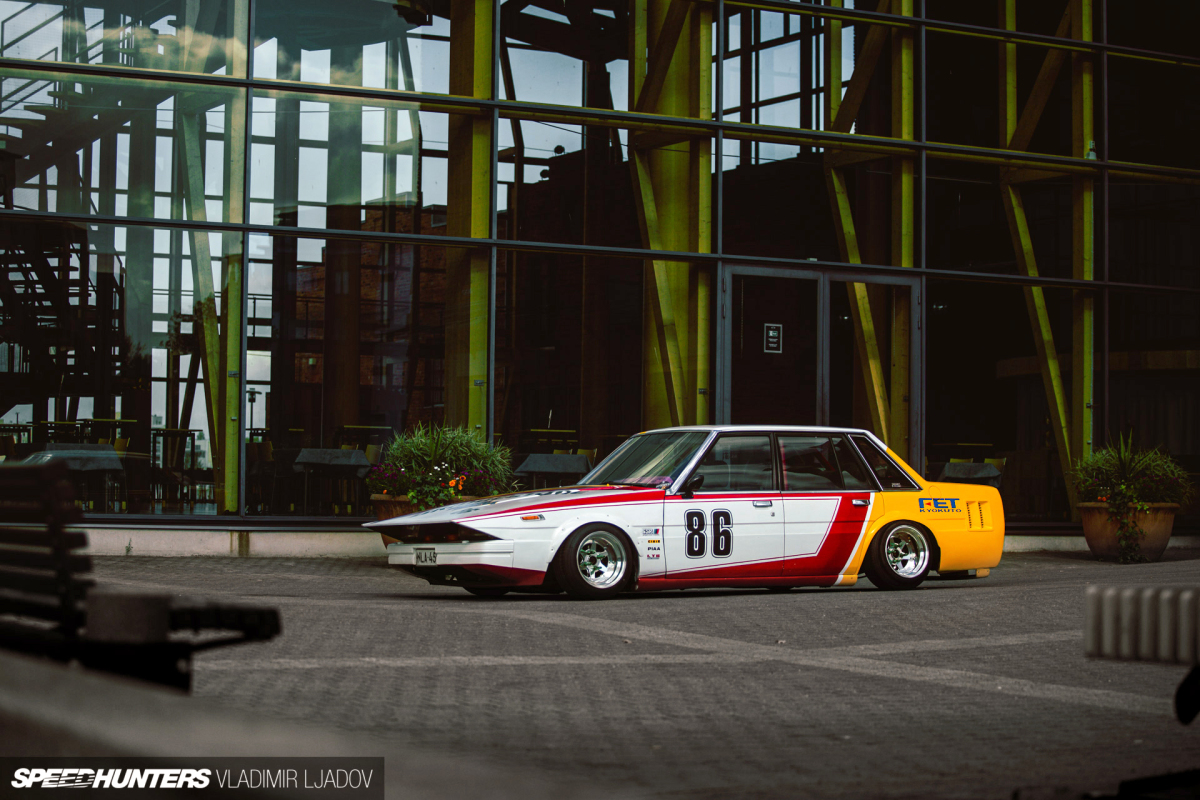
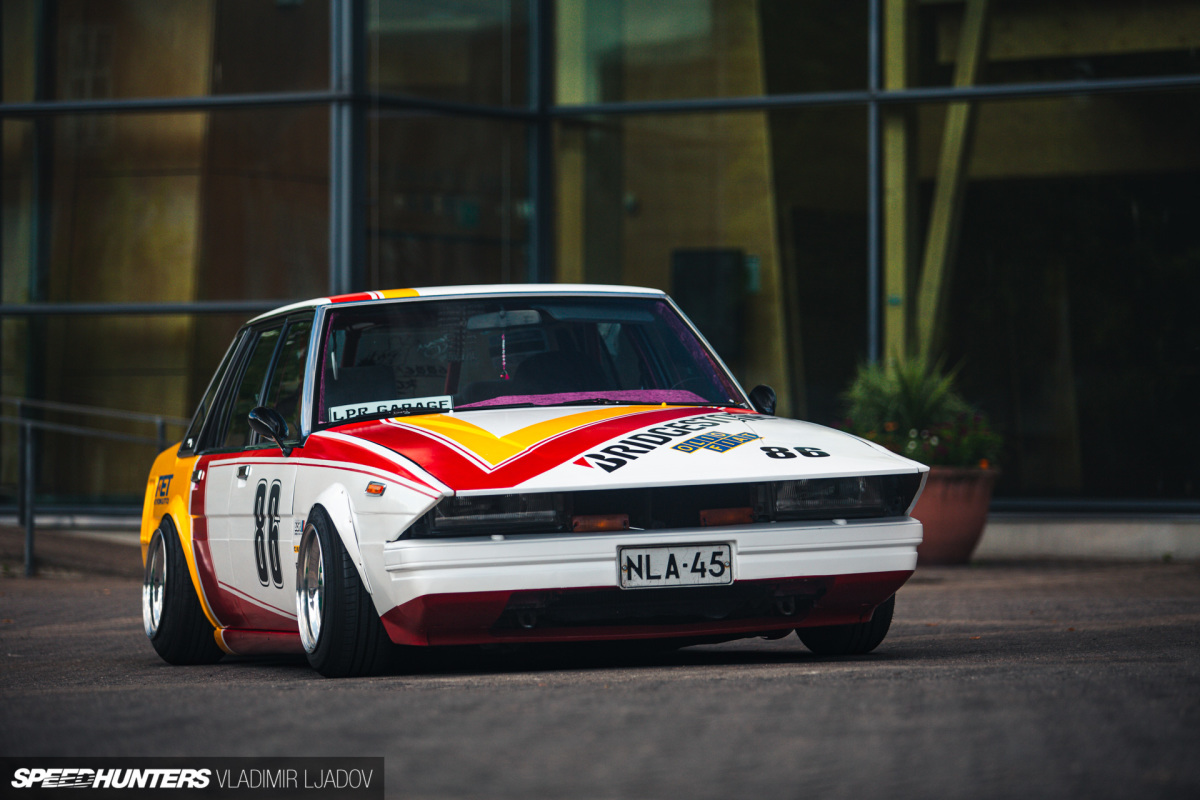
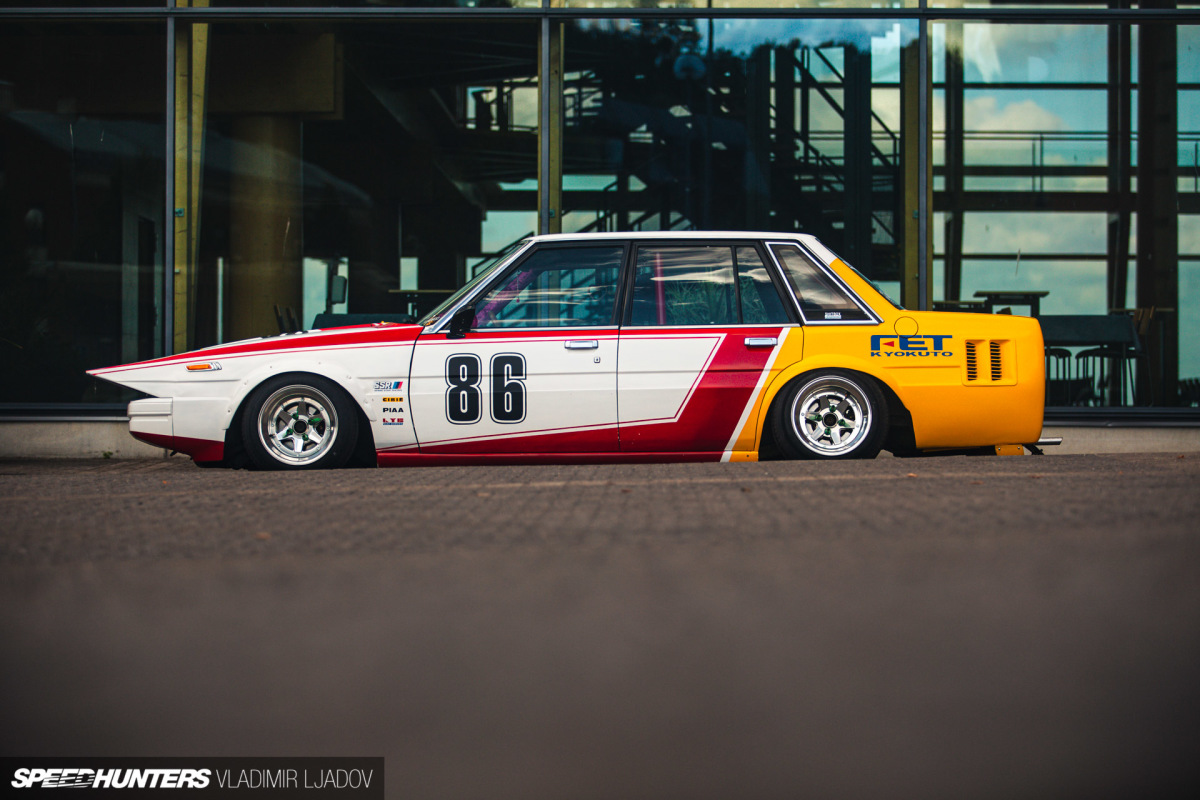
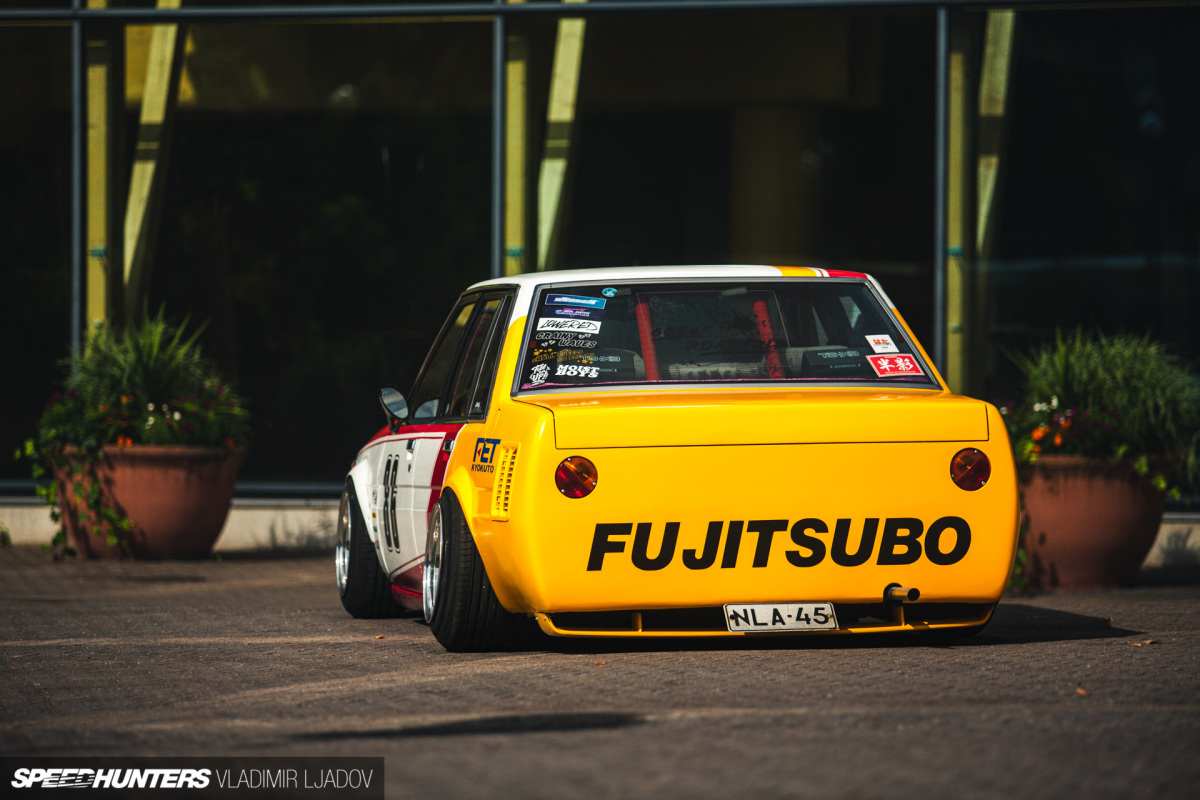
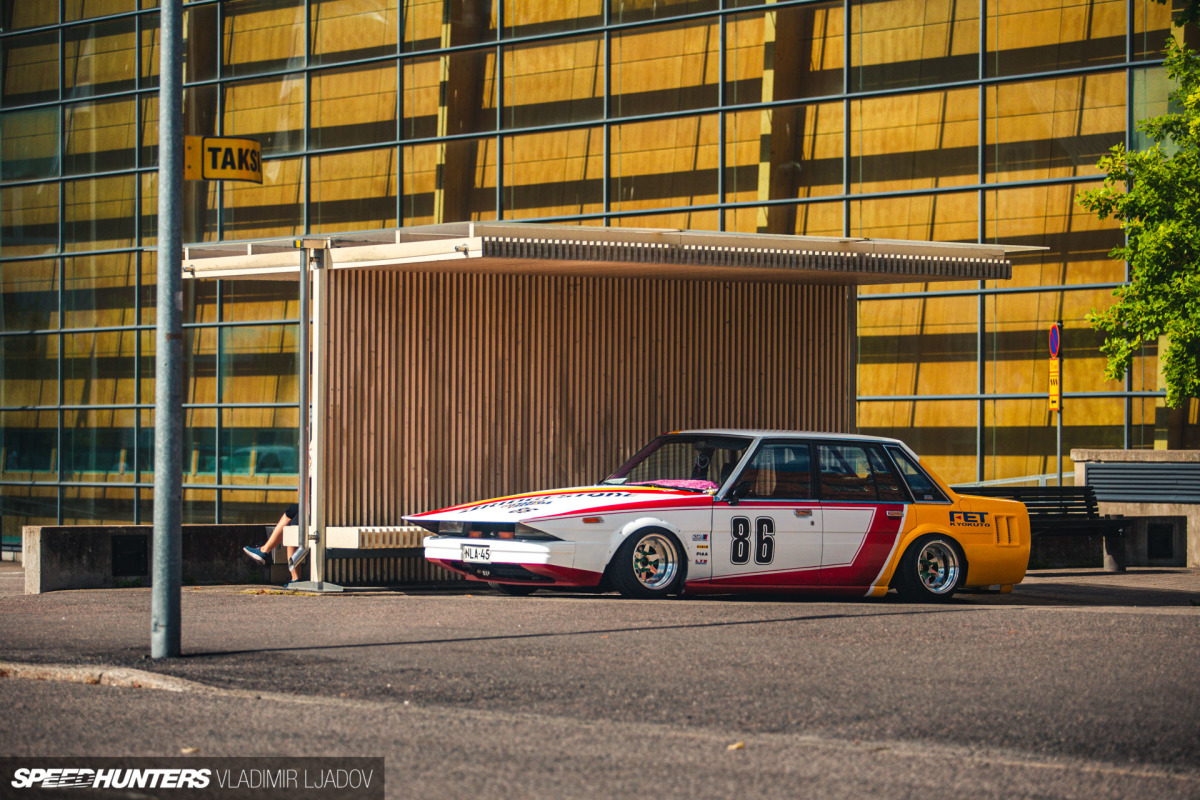
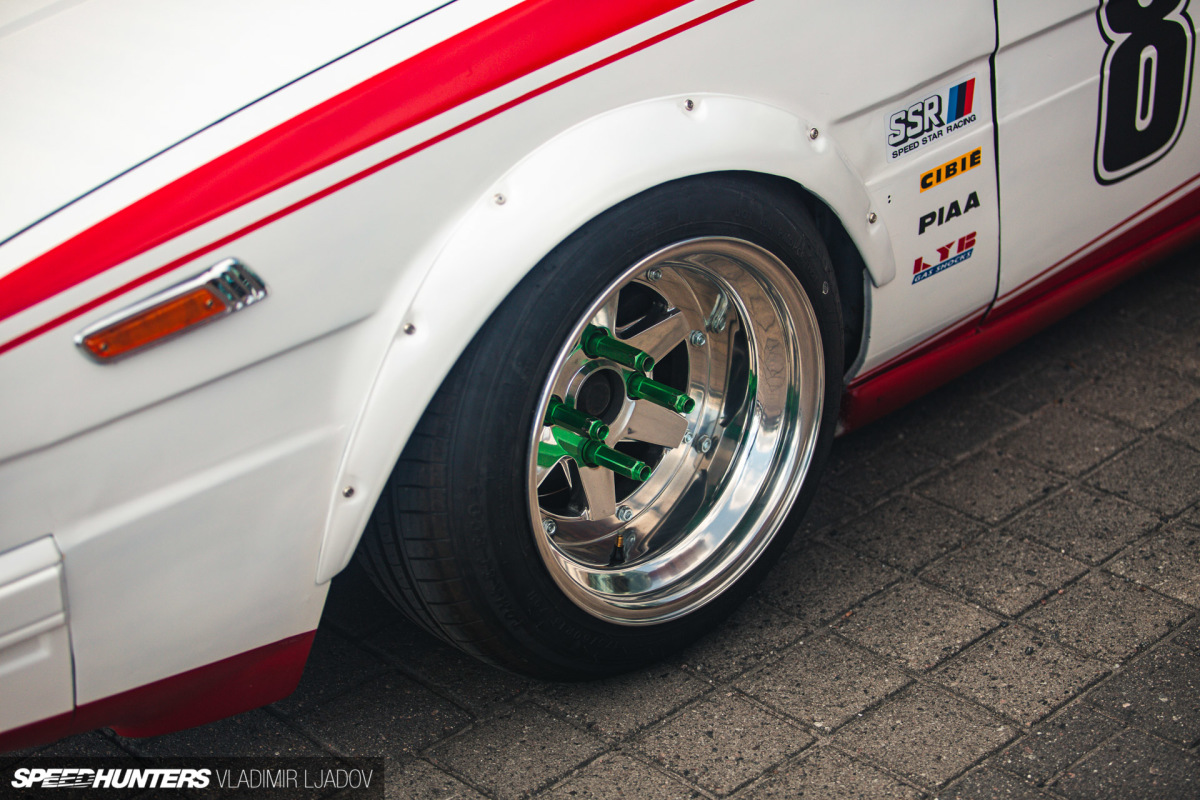
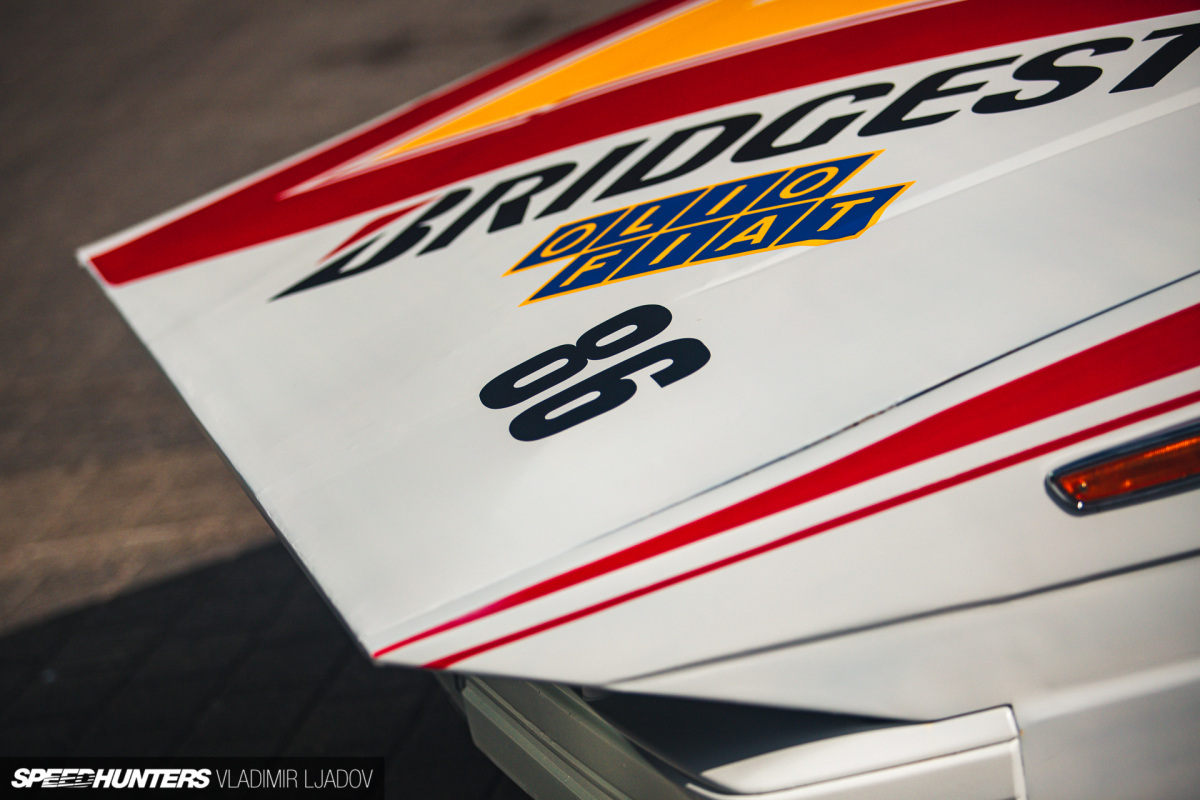

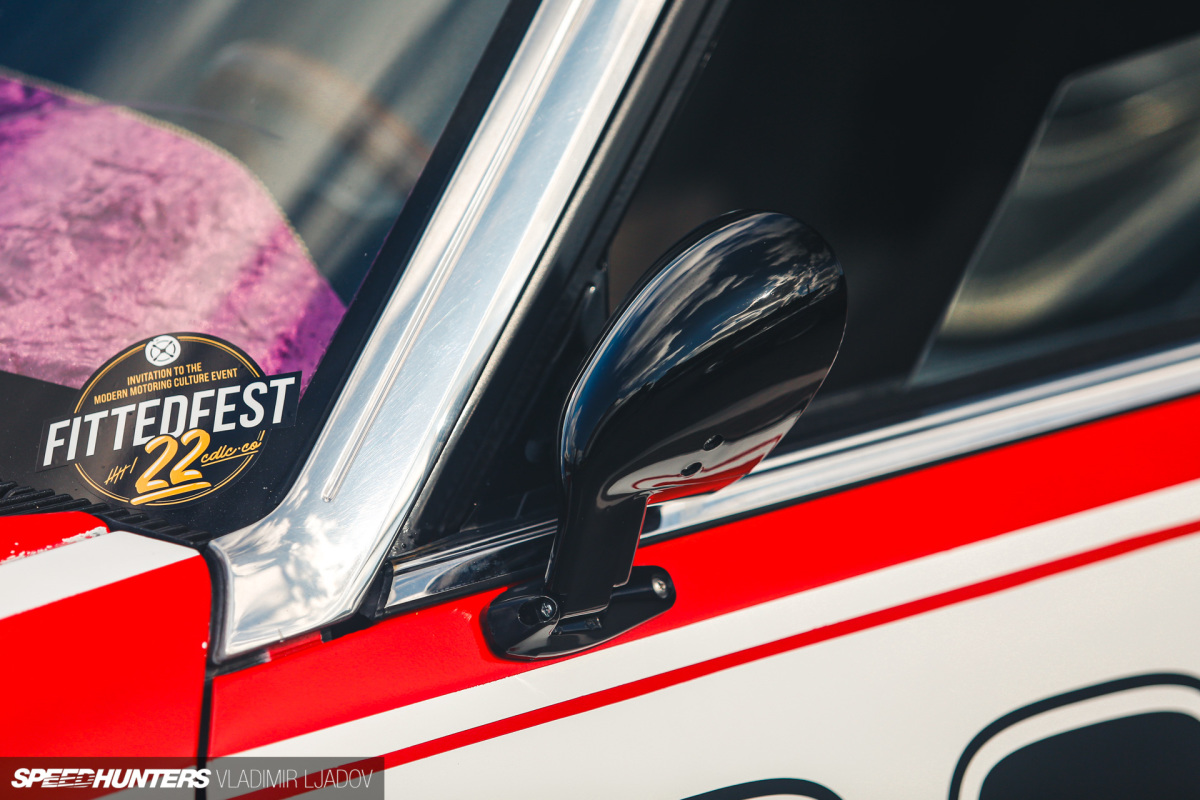
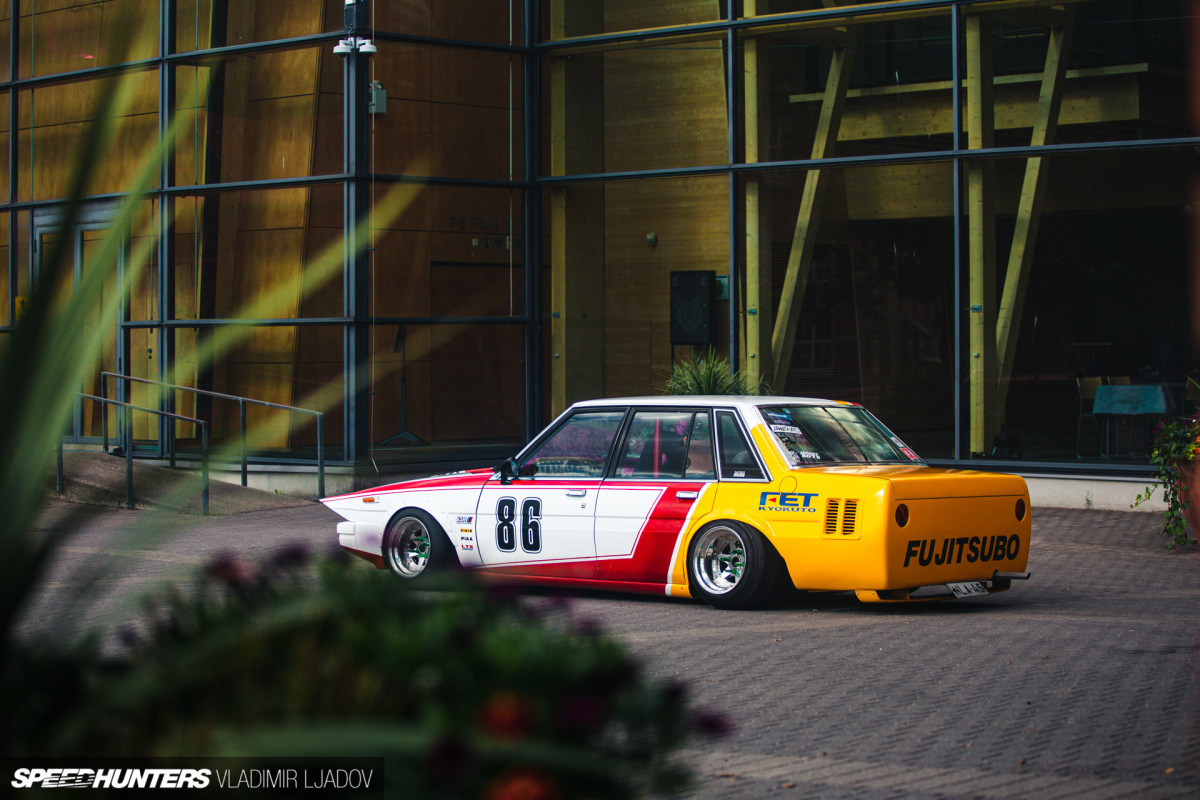
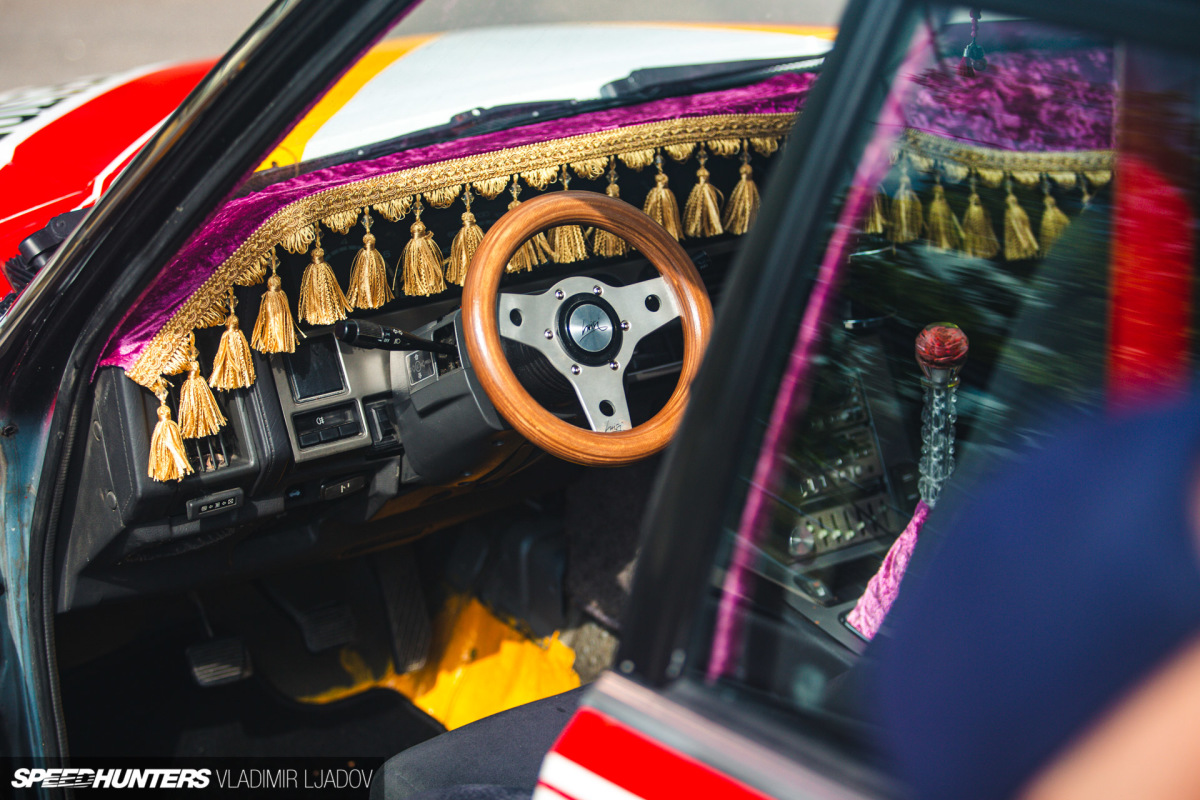
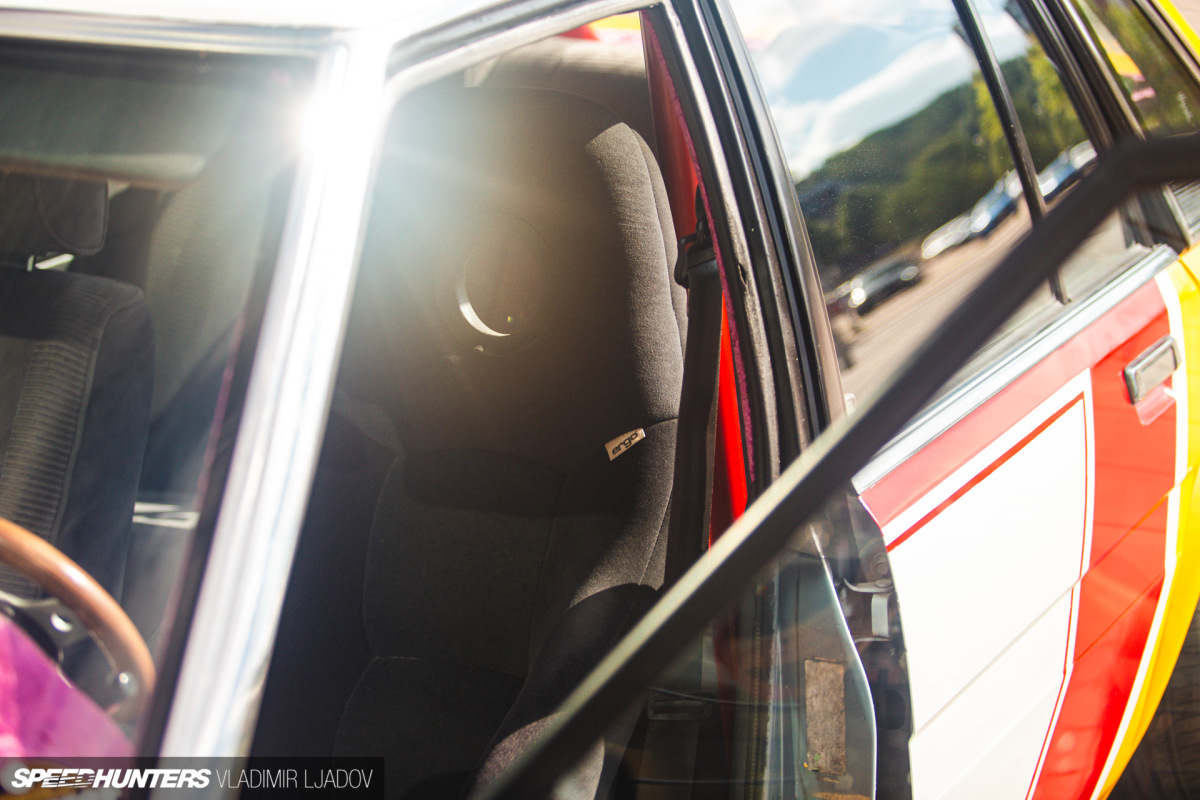
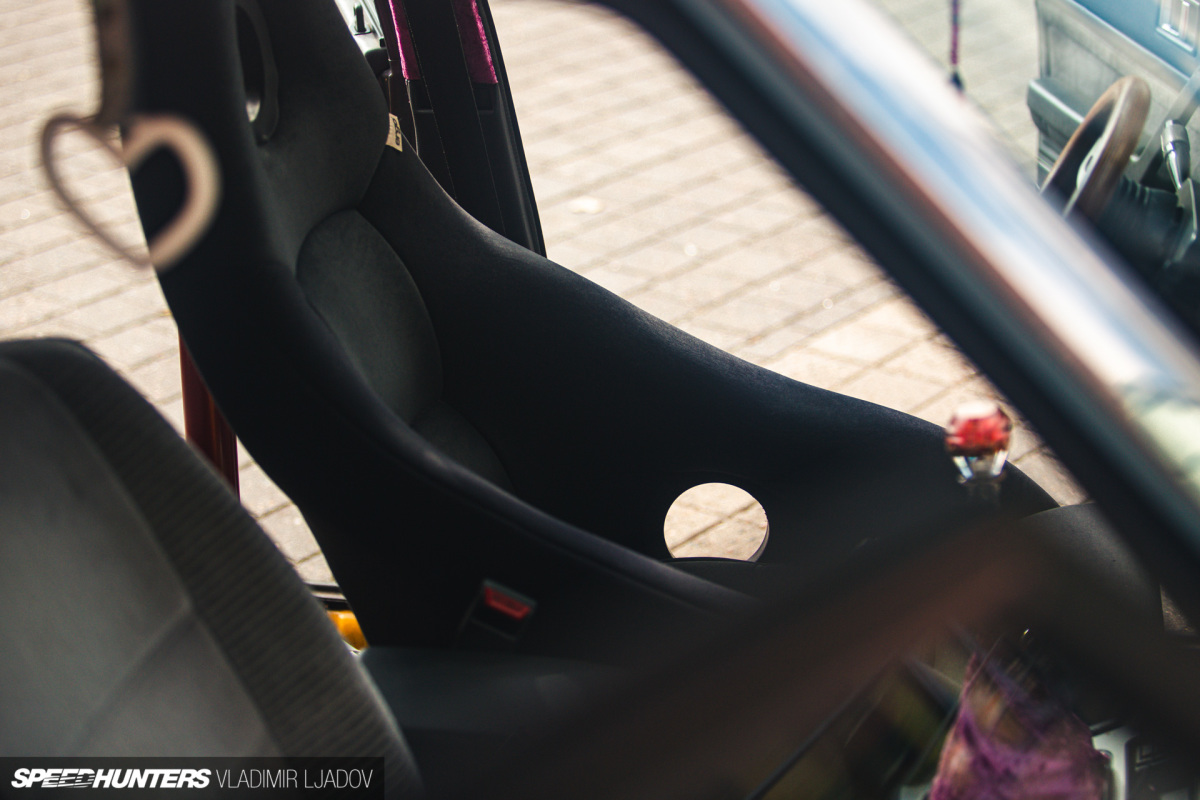
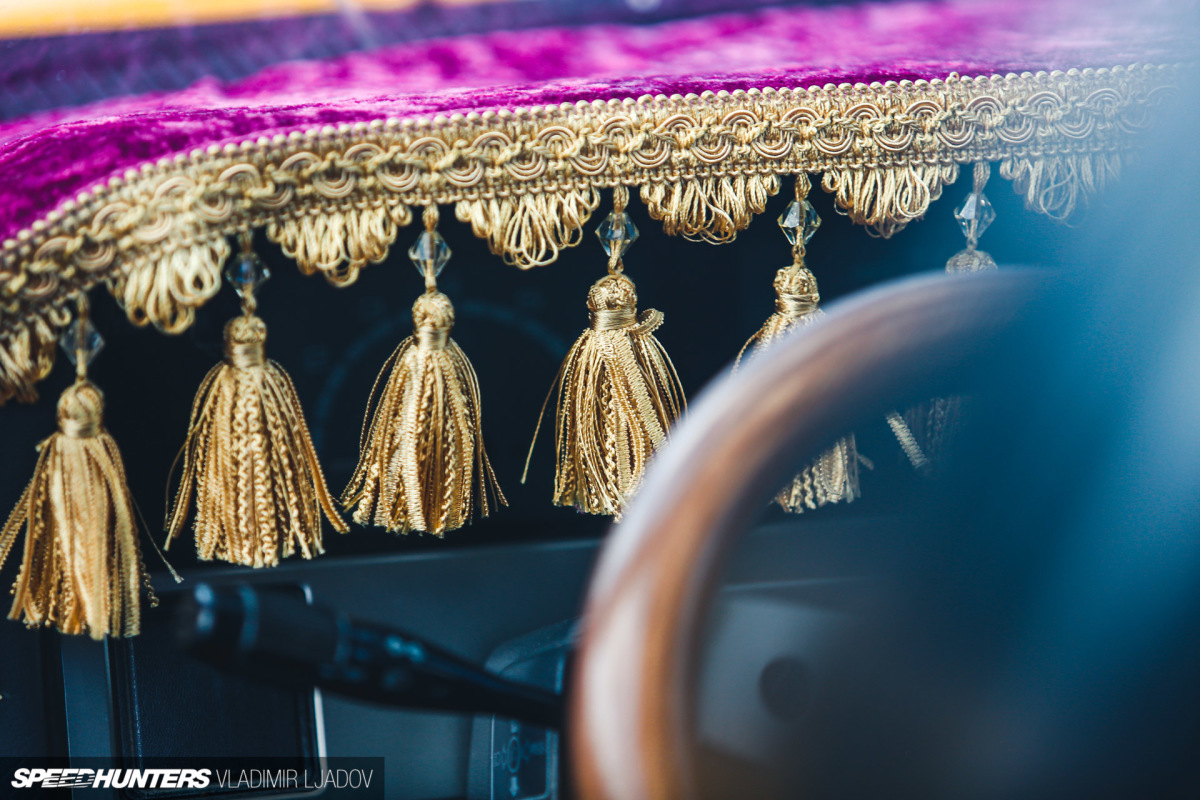
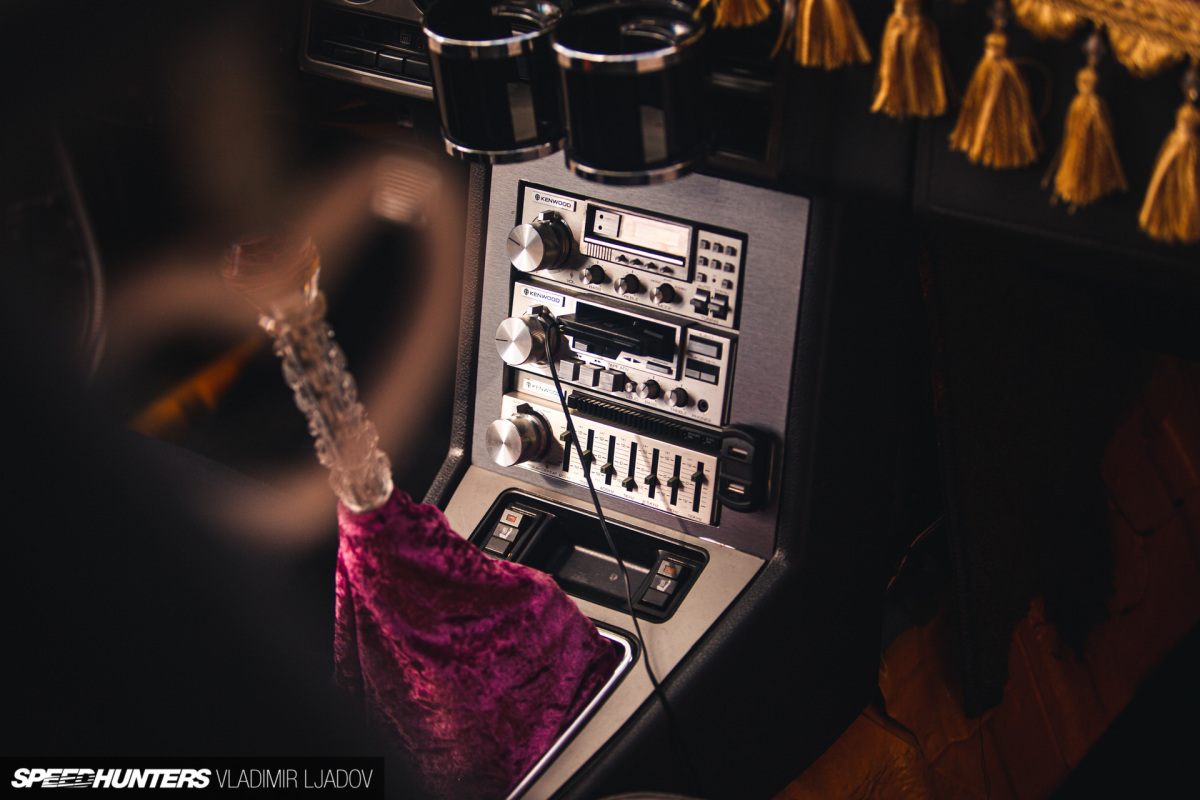
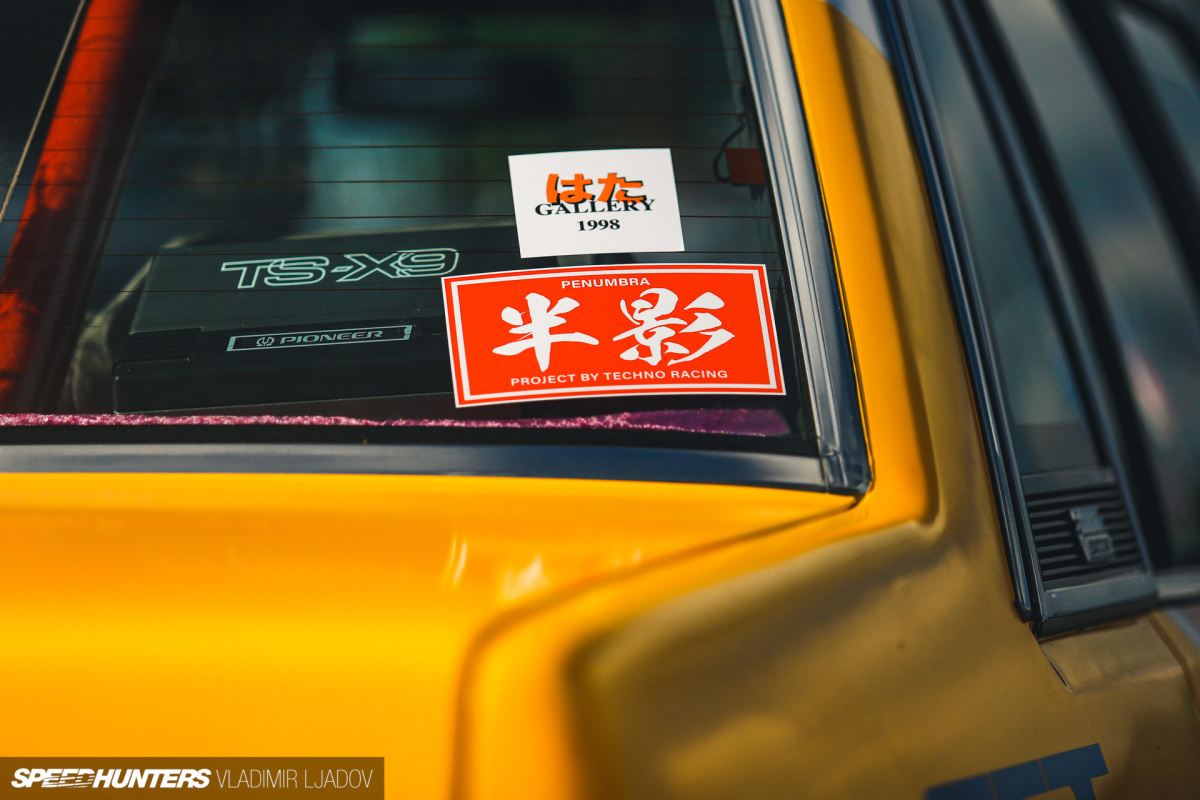
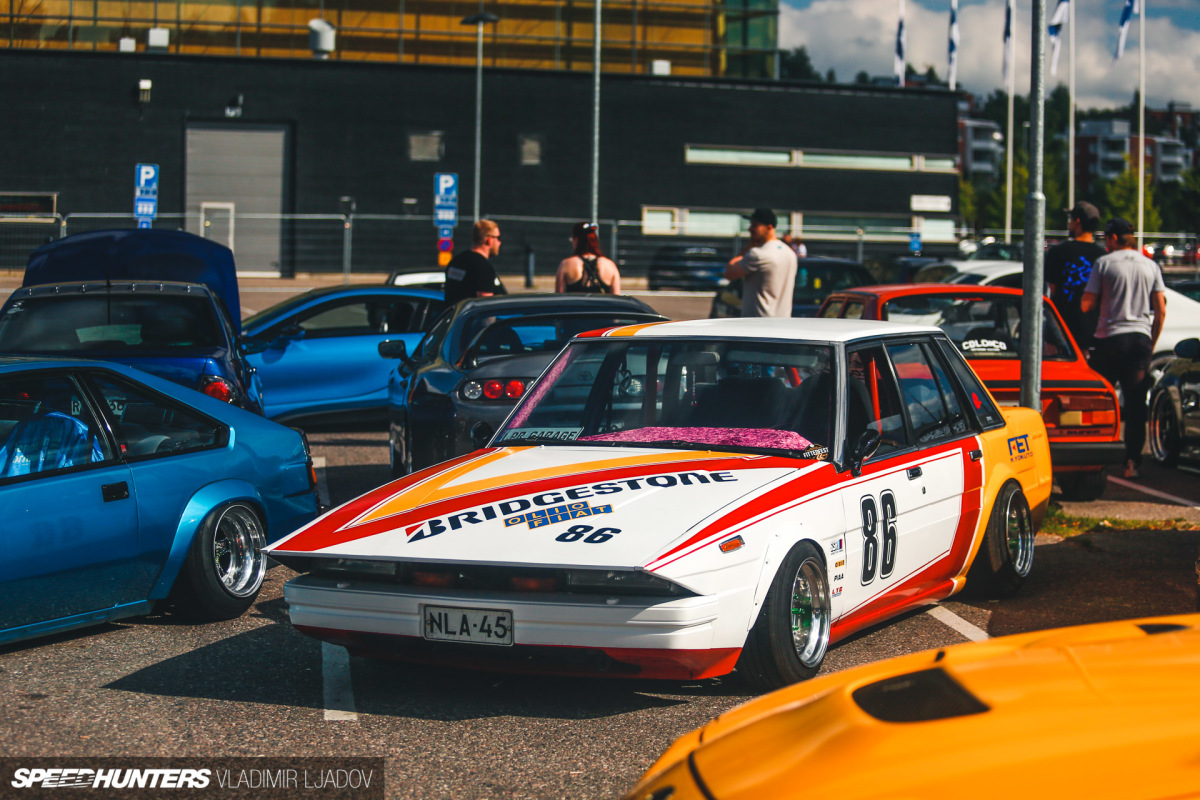
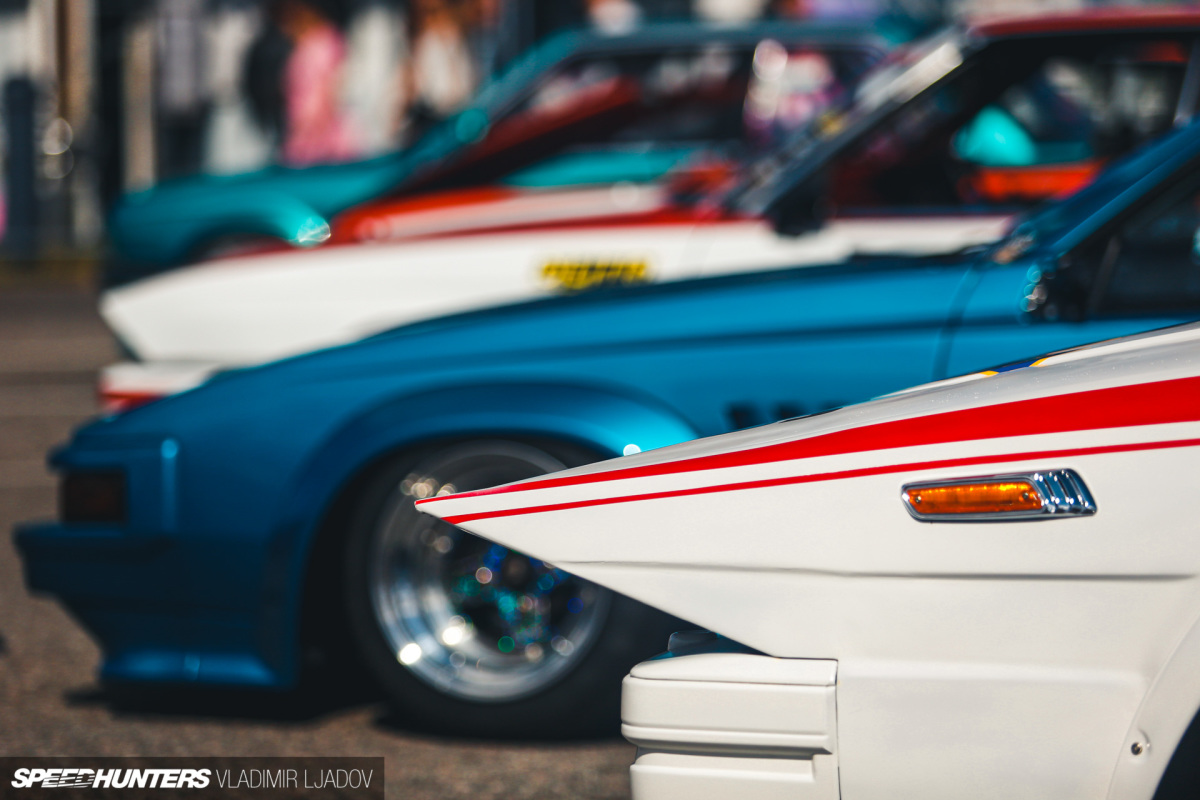
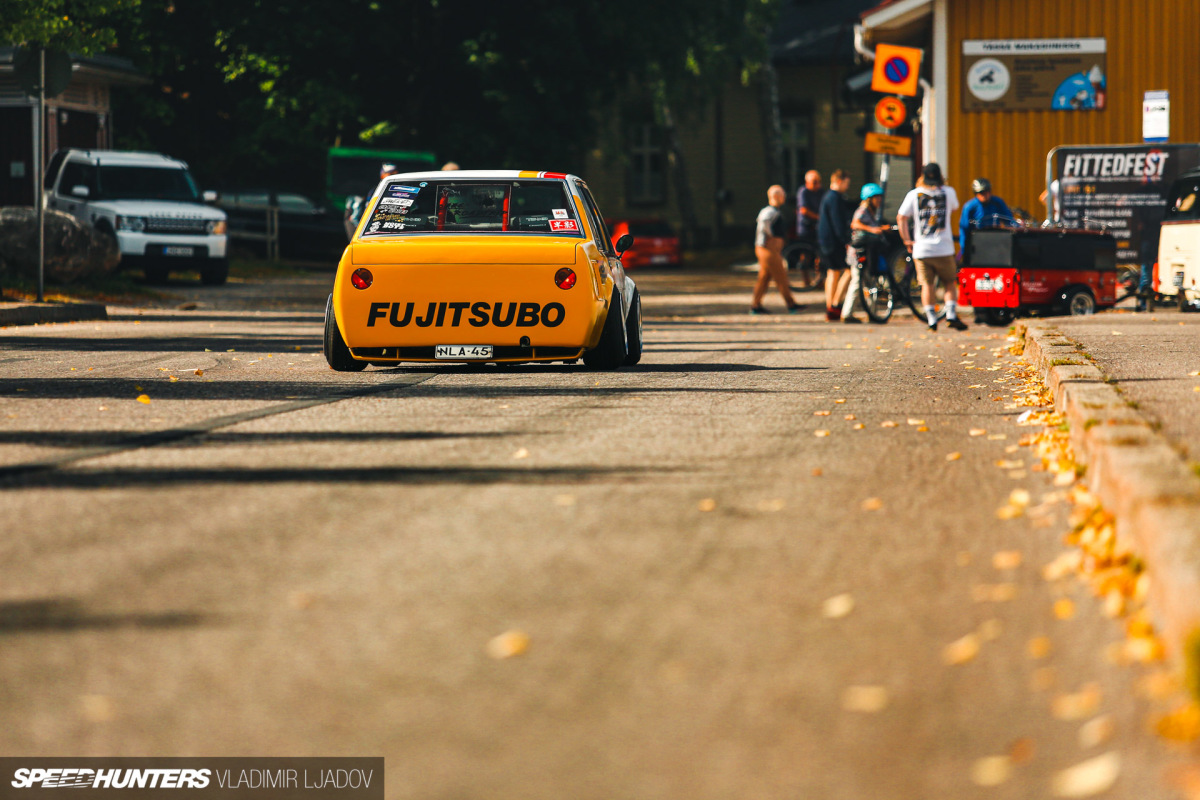
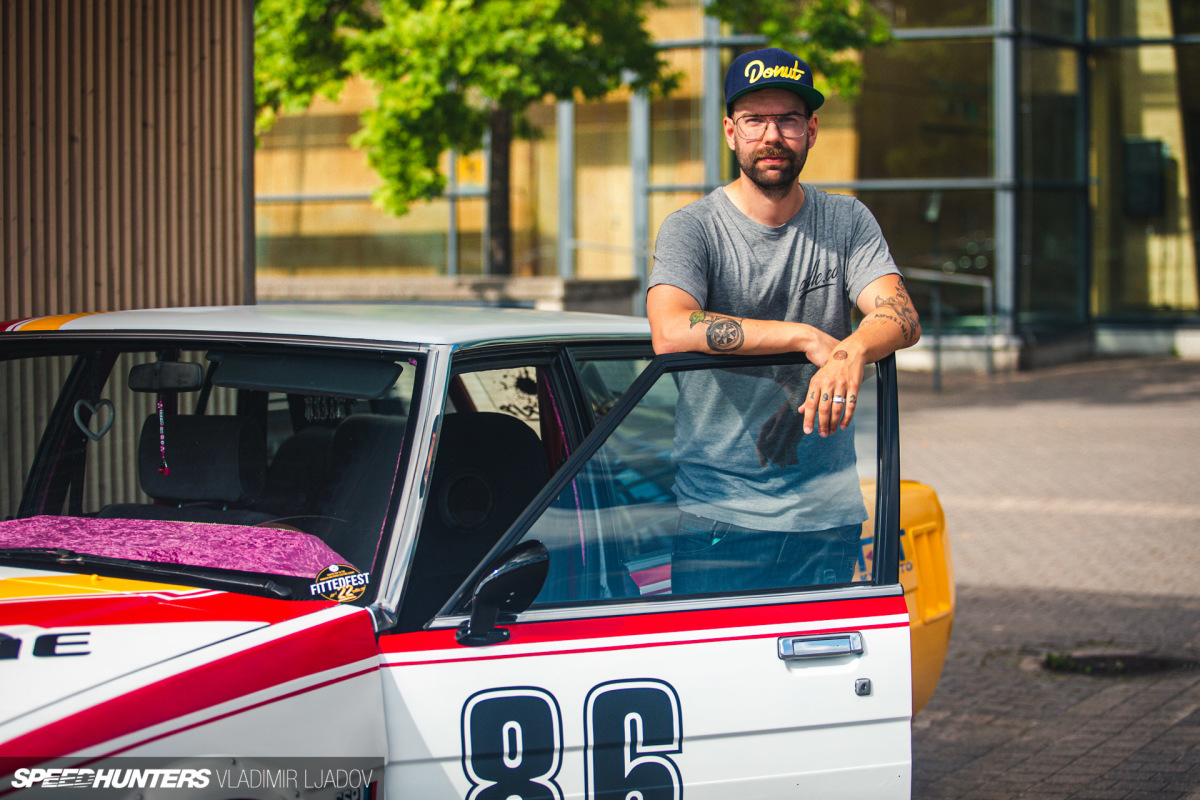
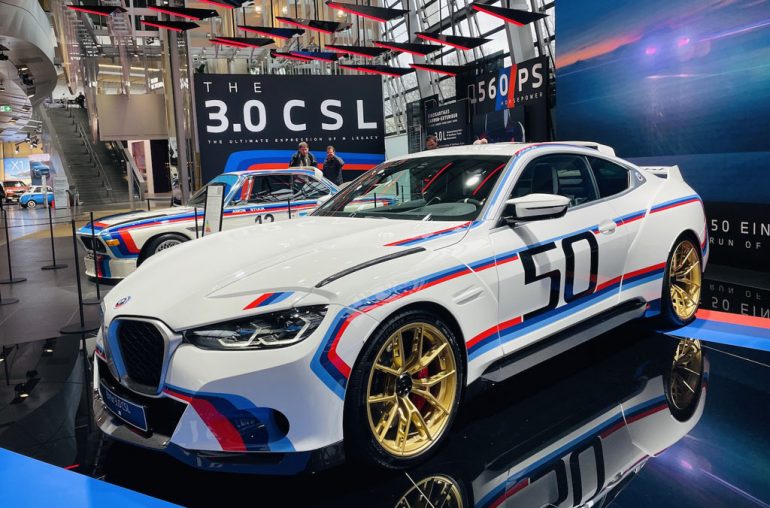
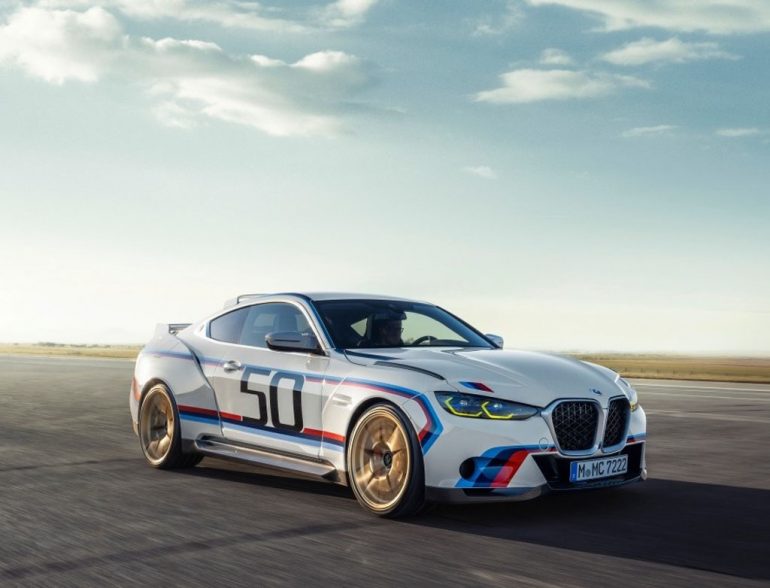

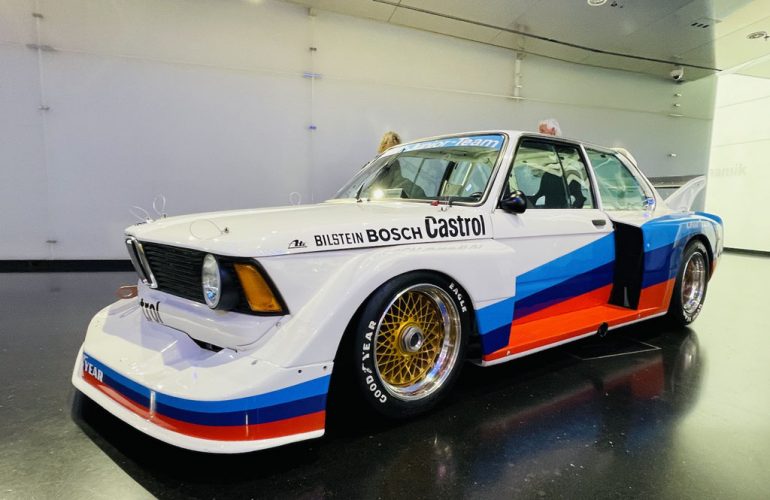
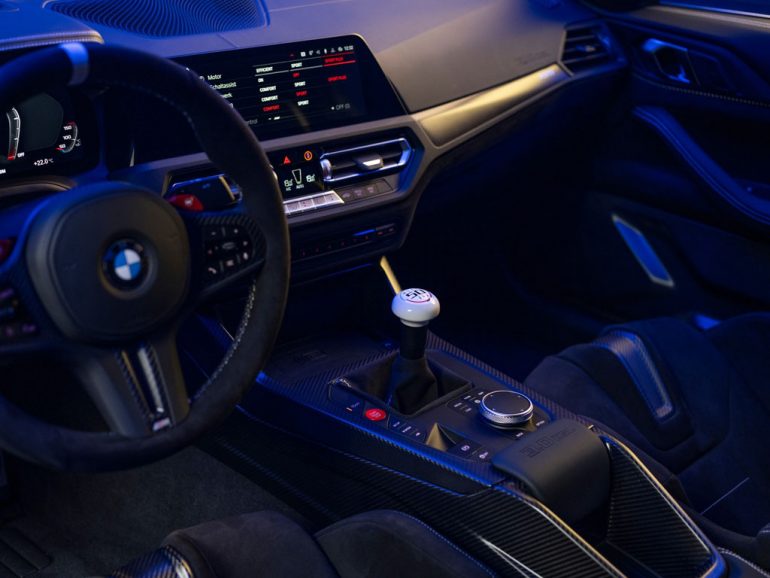
![[|CREDIT|]](http://driverheadquarter.com/wp-content/uploads/2022/12/understanding-the-transition-from-aftermarket-to-factory-installed-modems.png)
